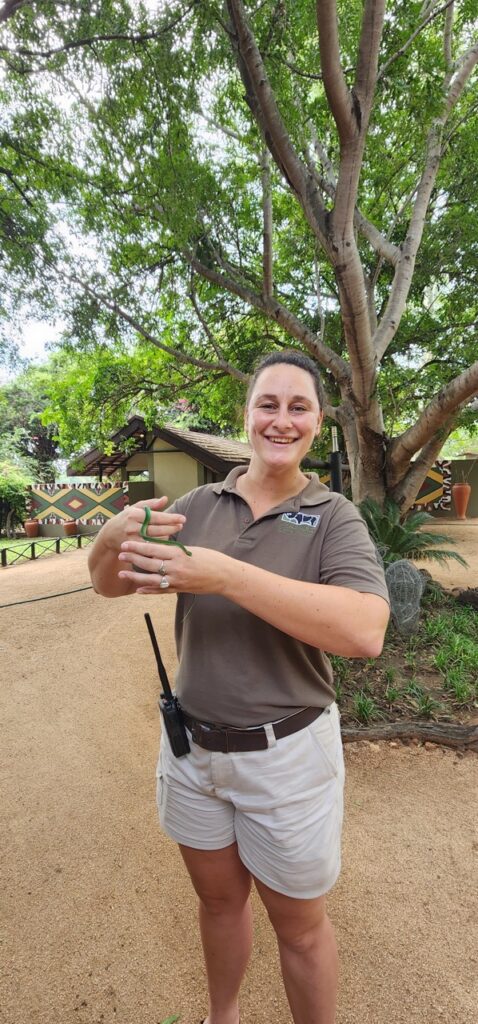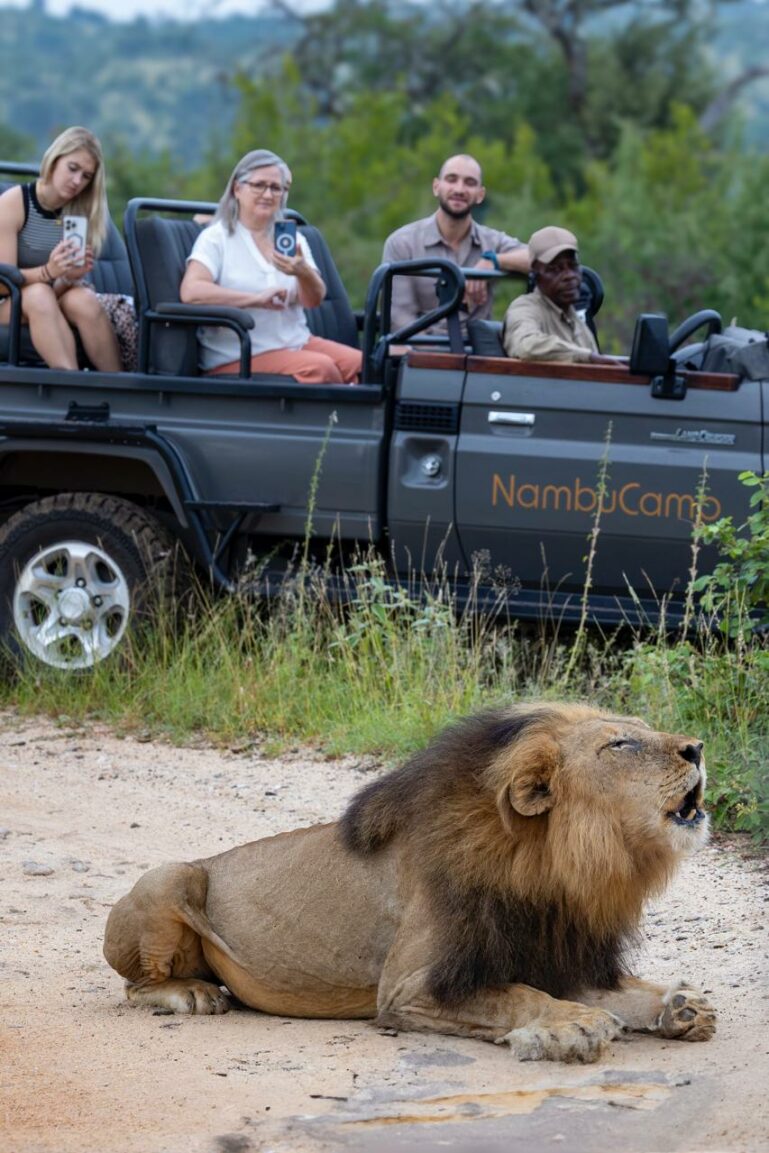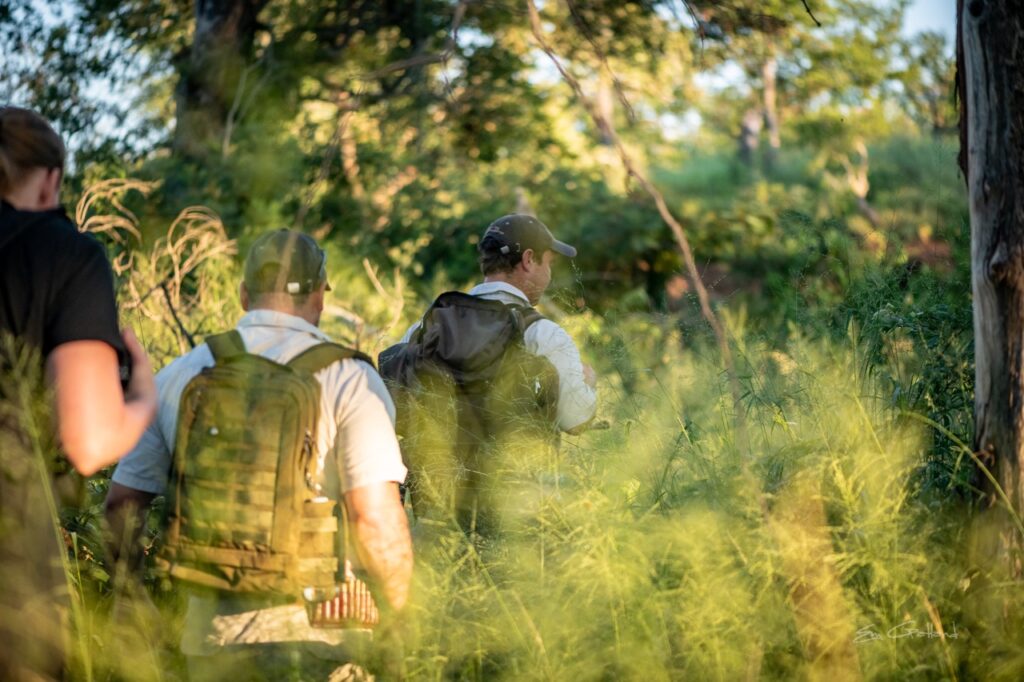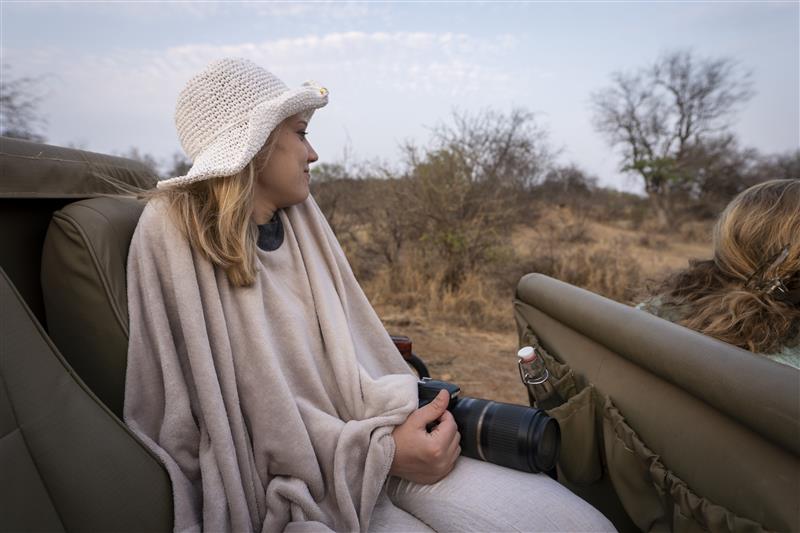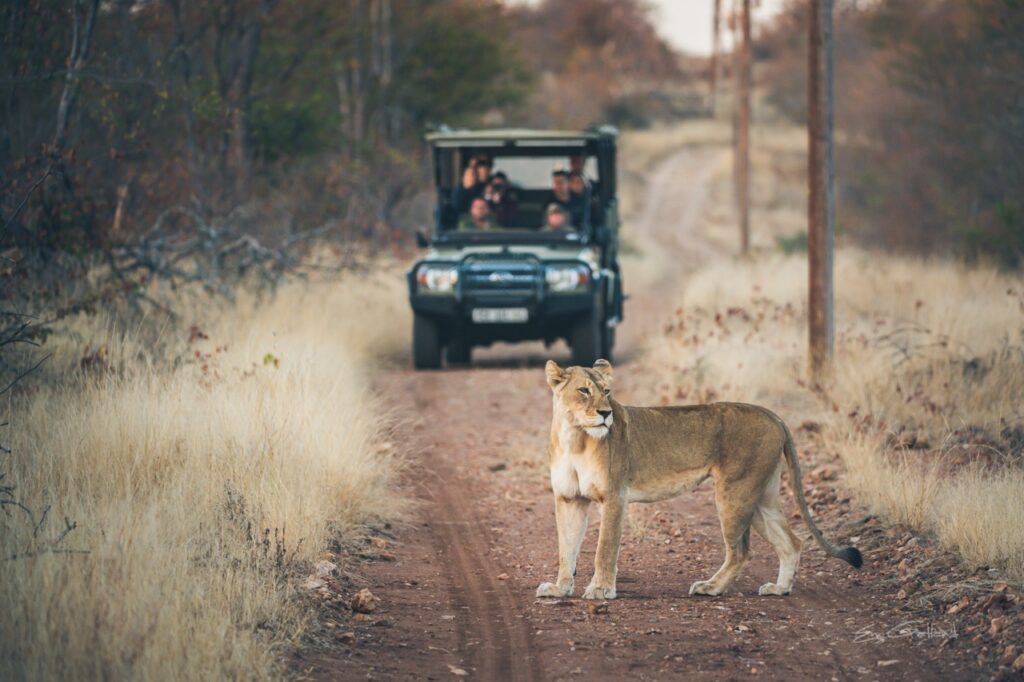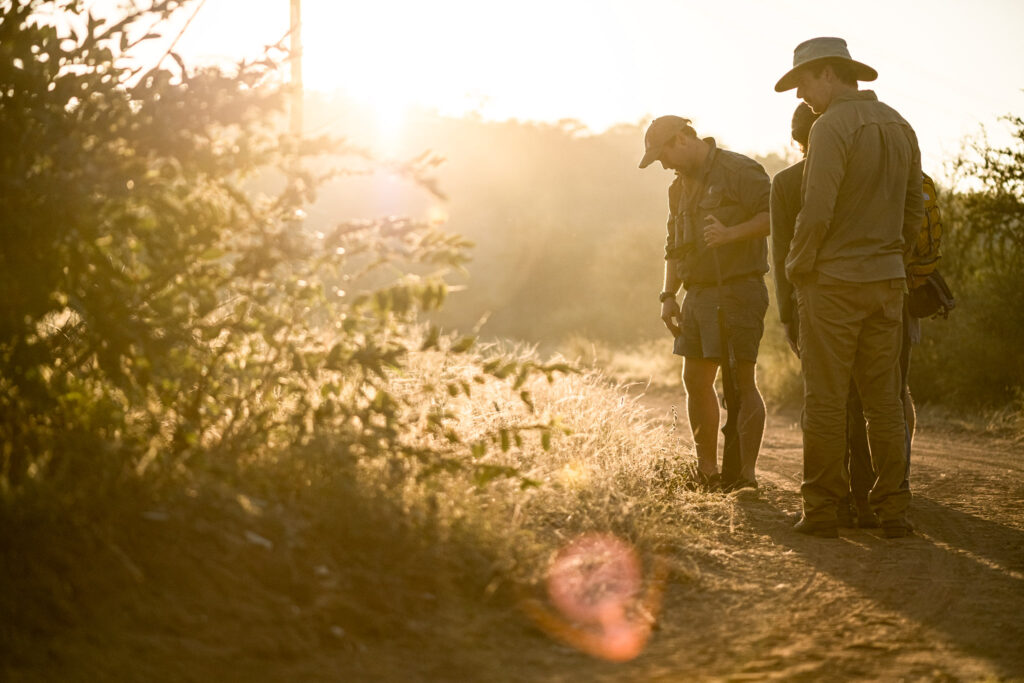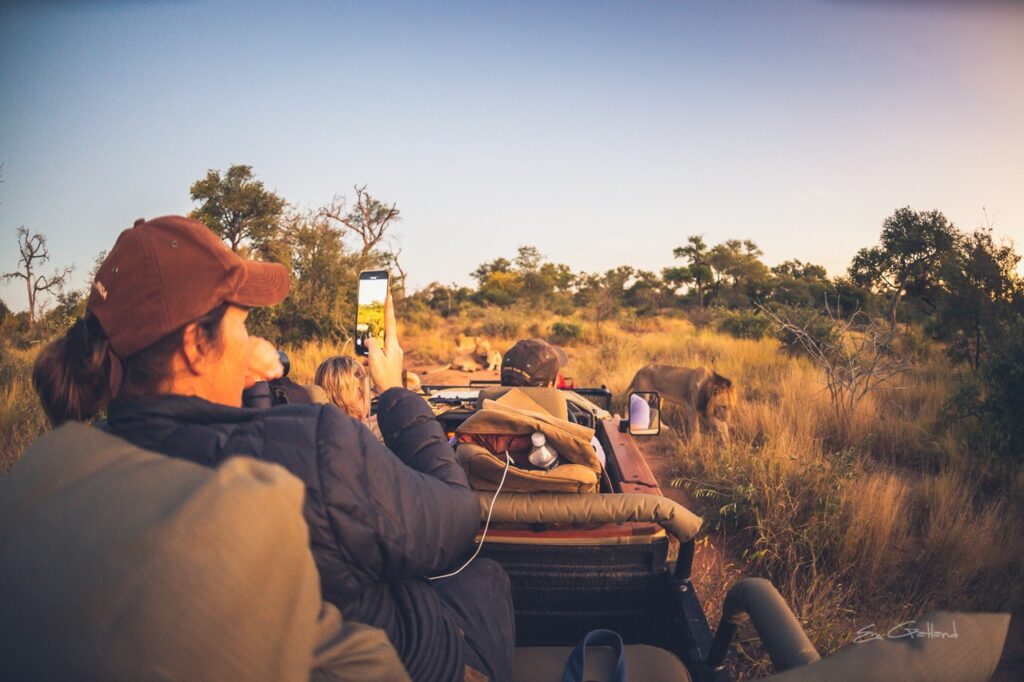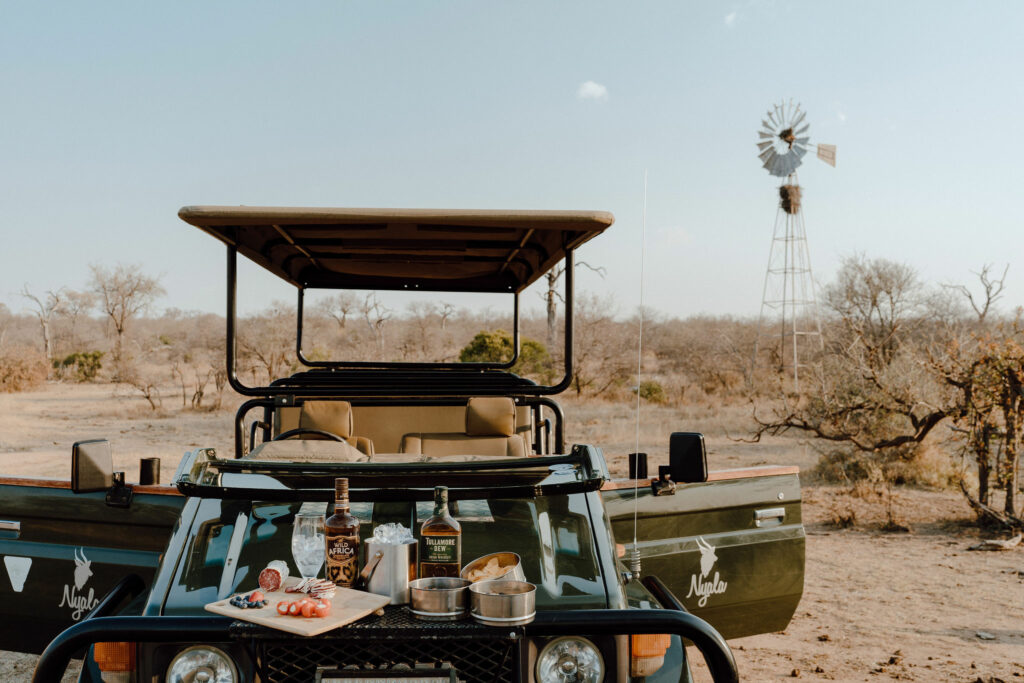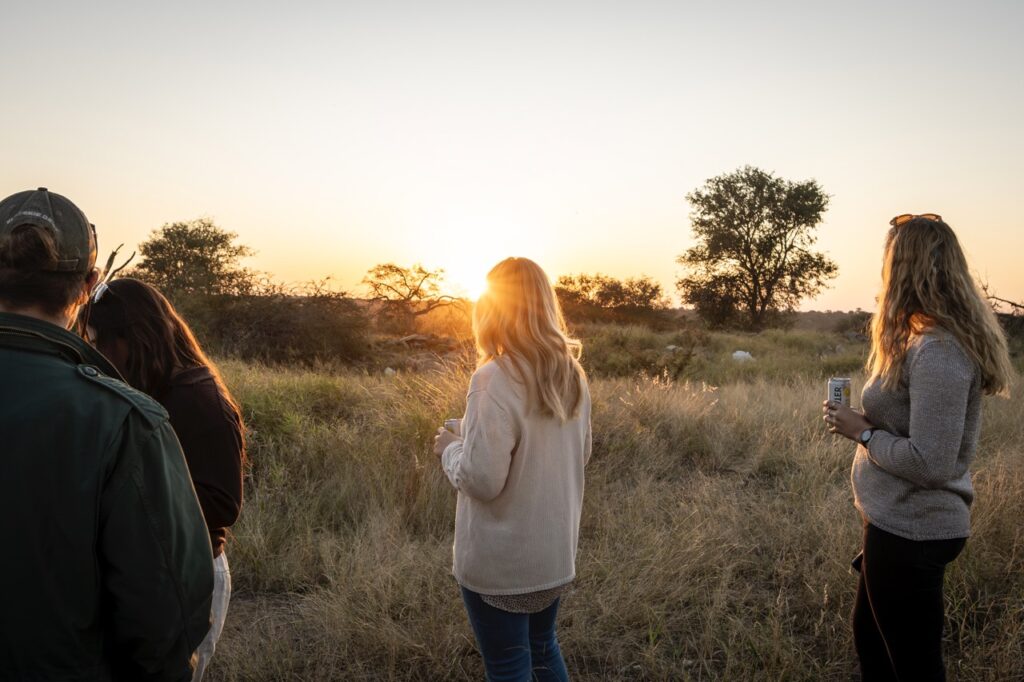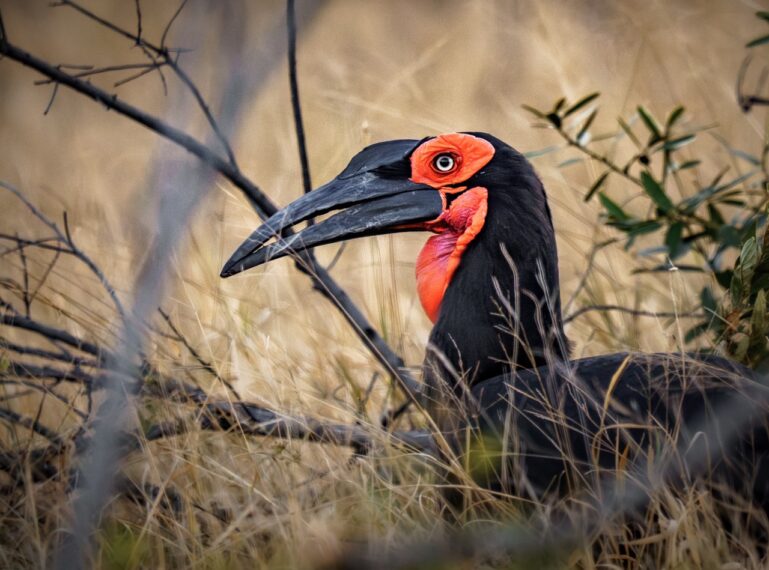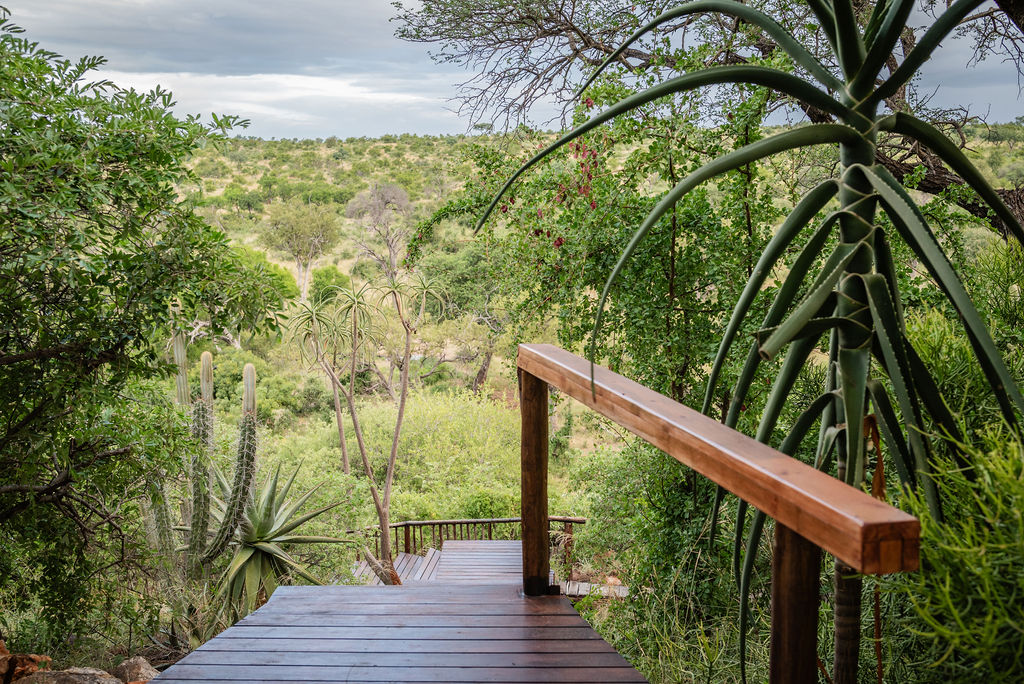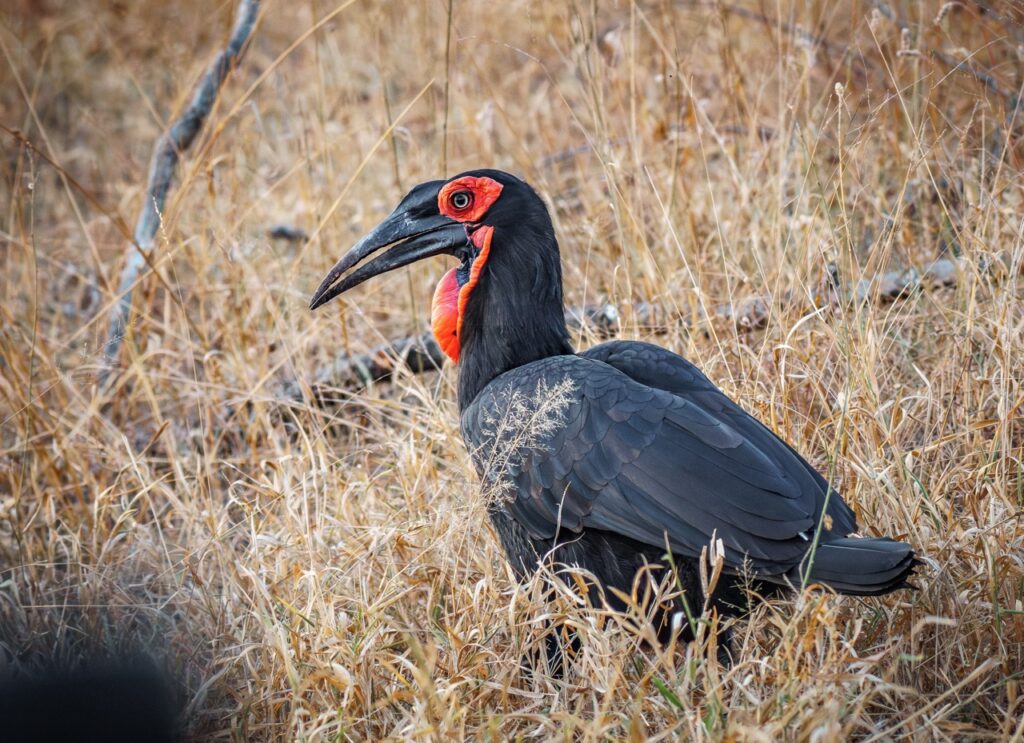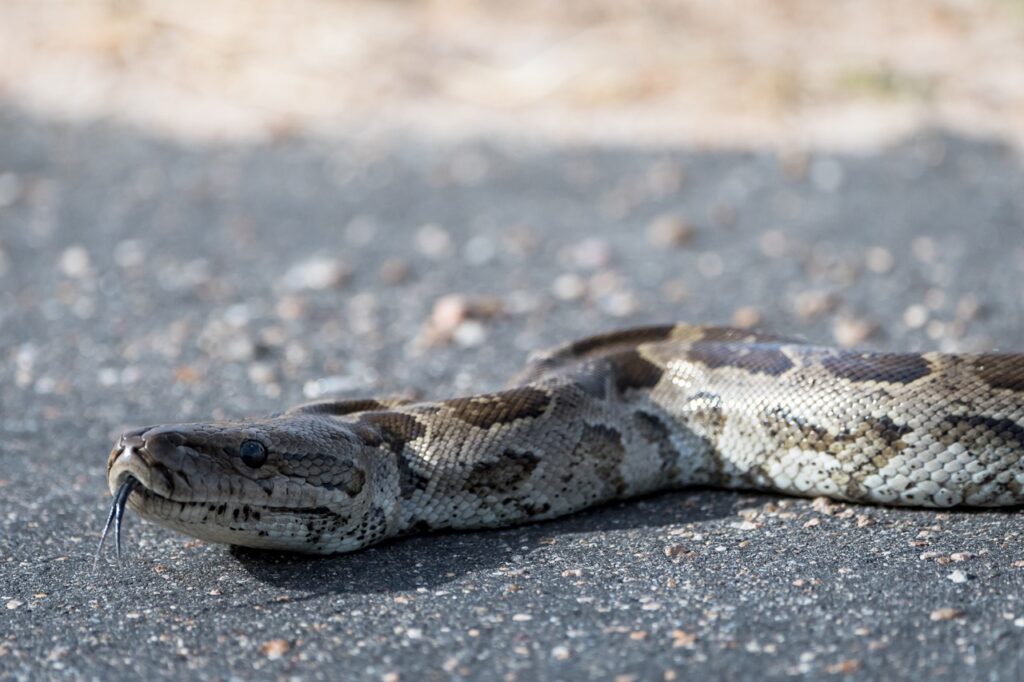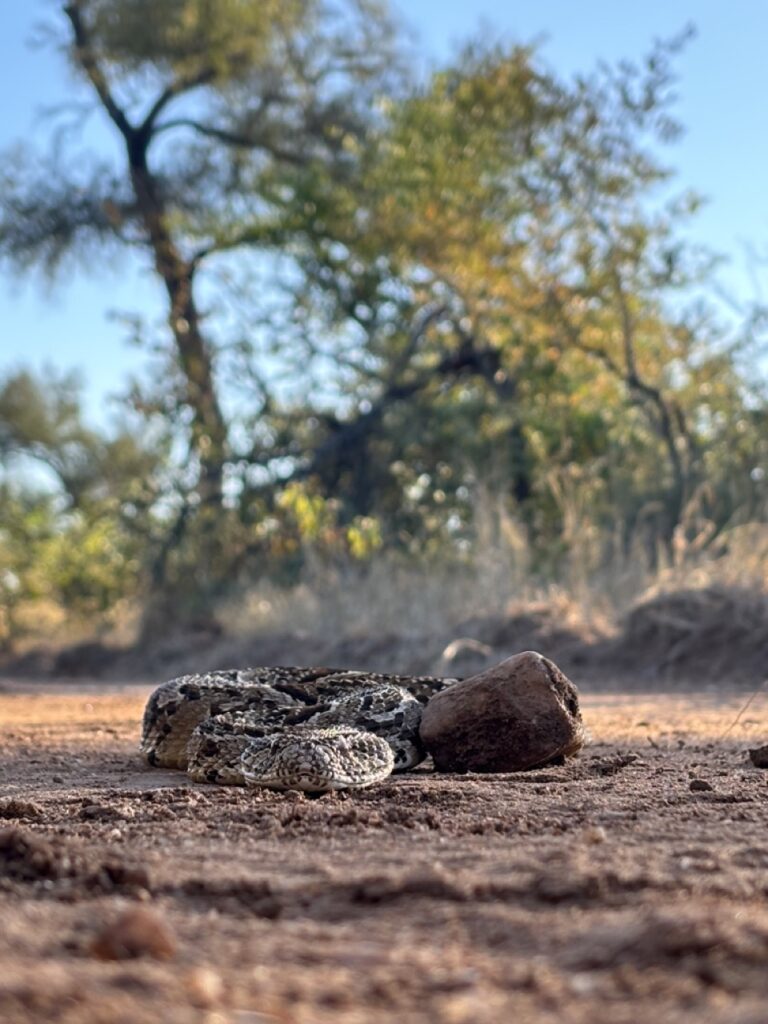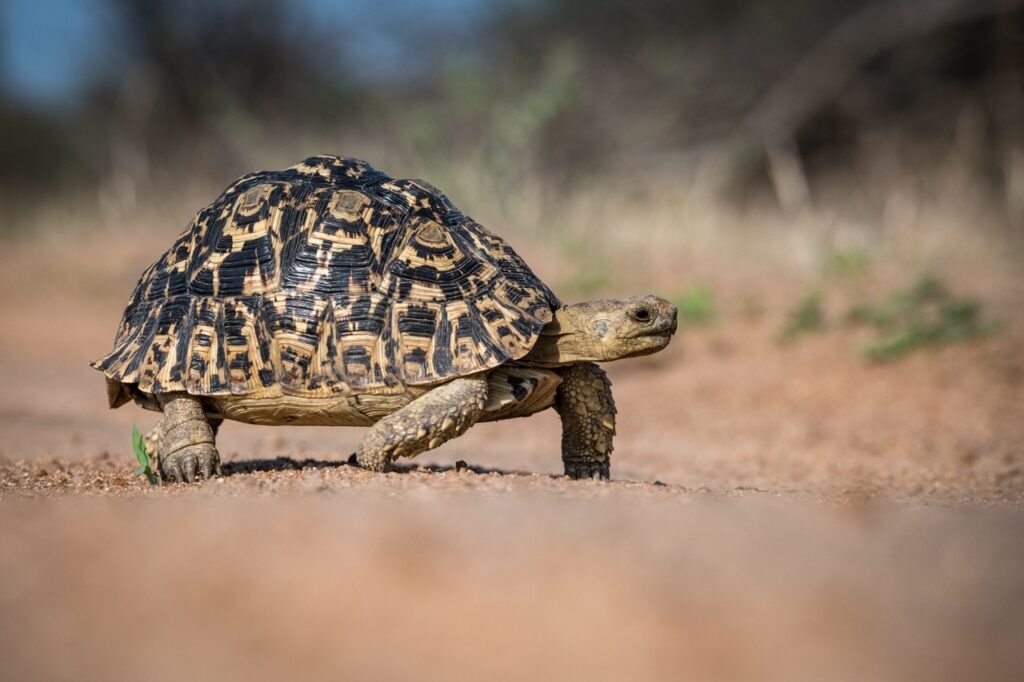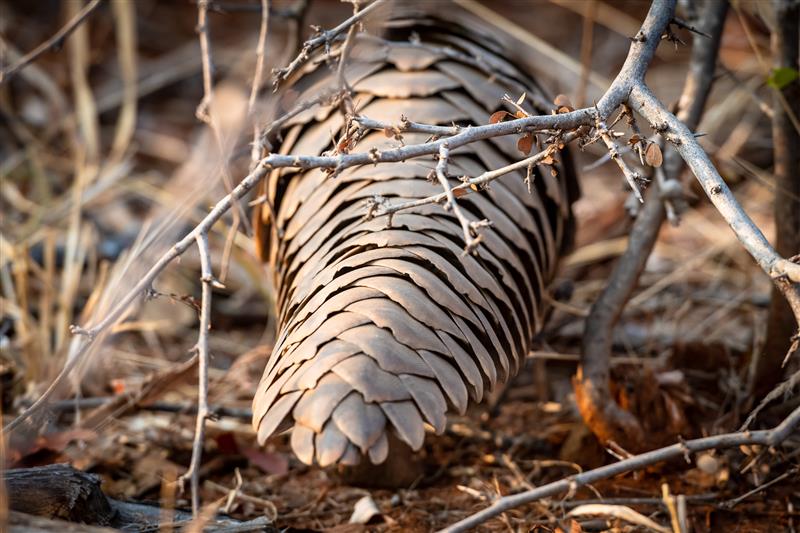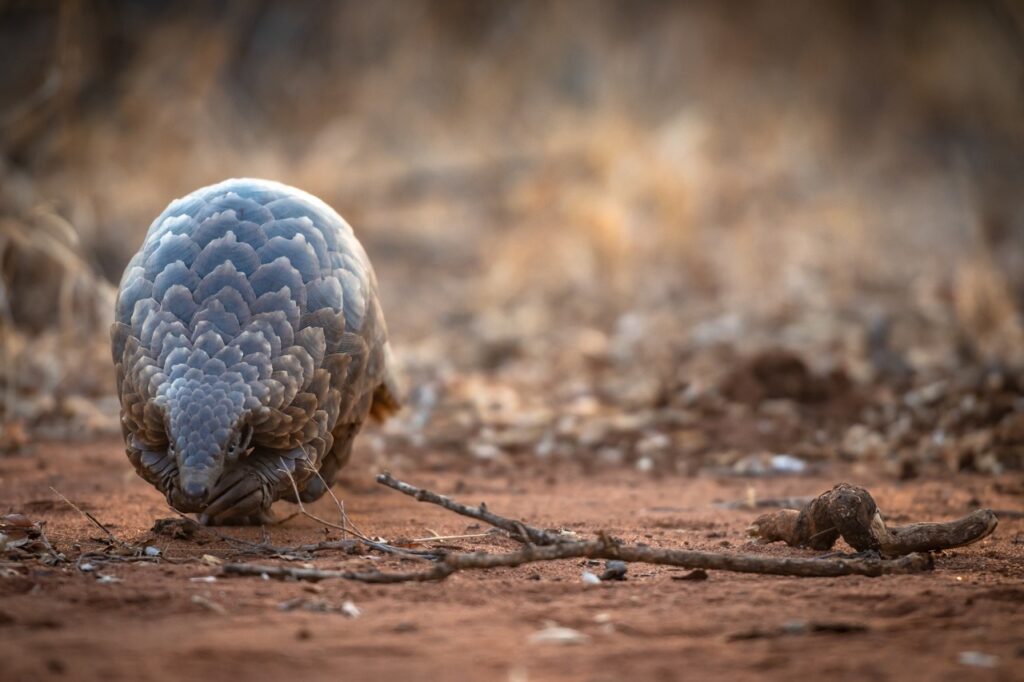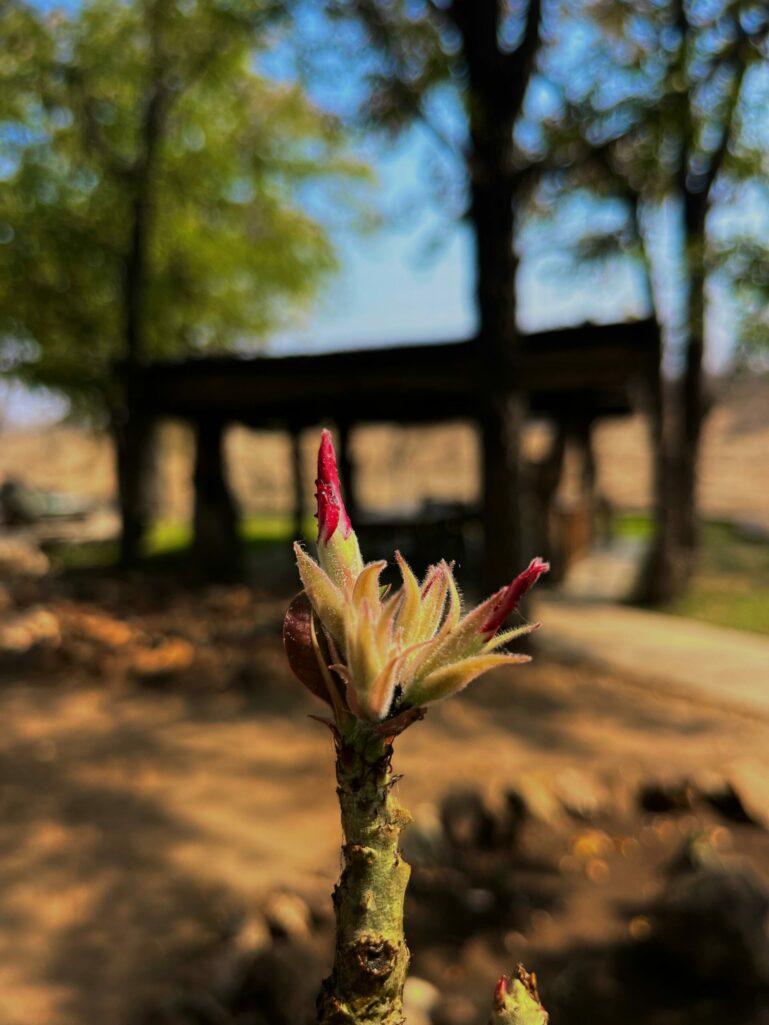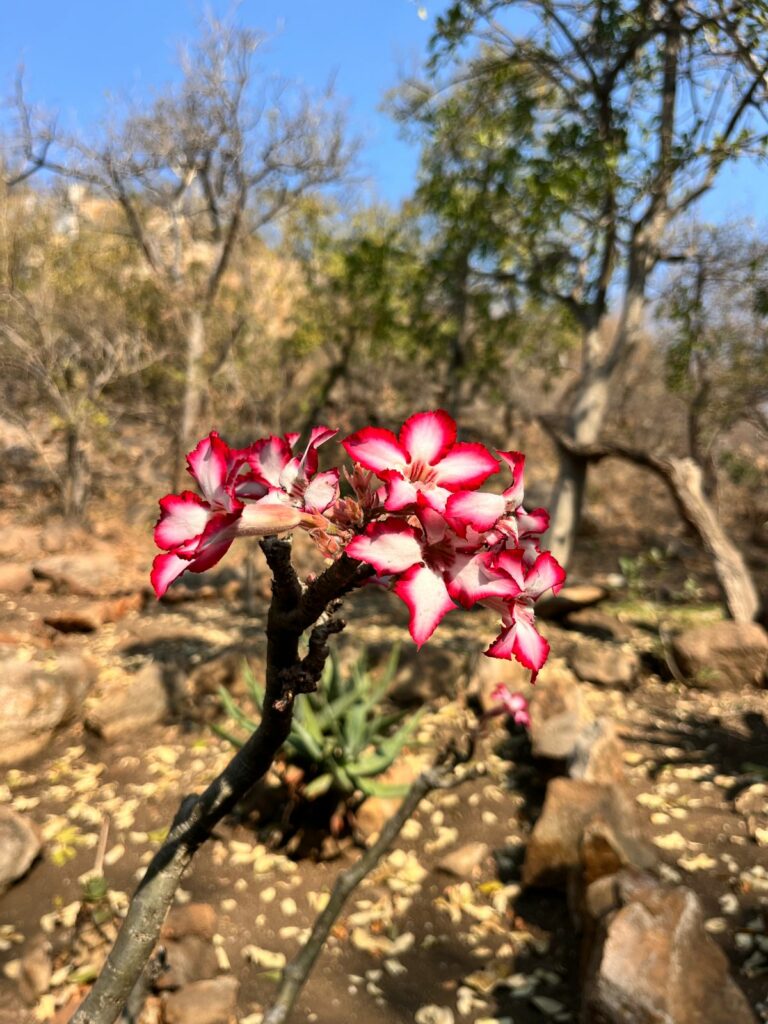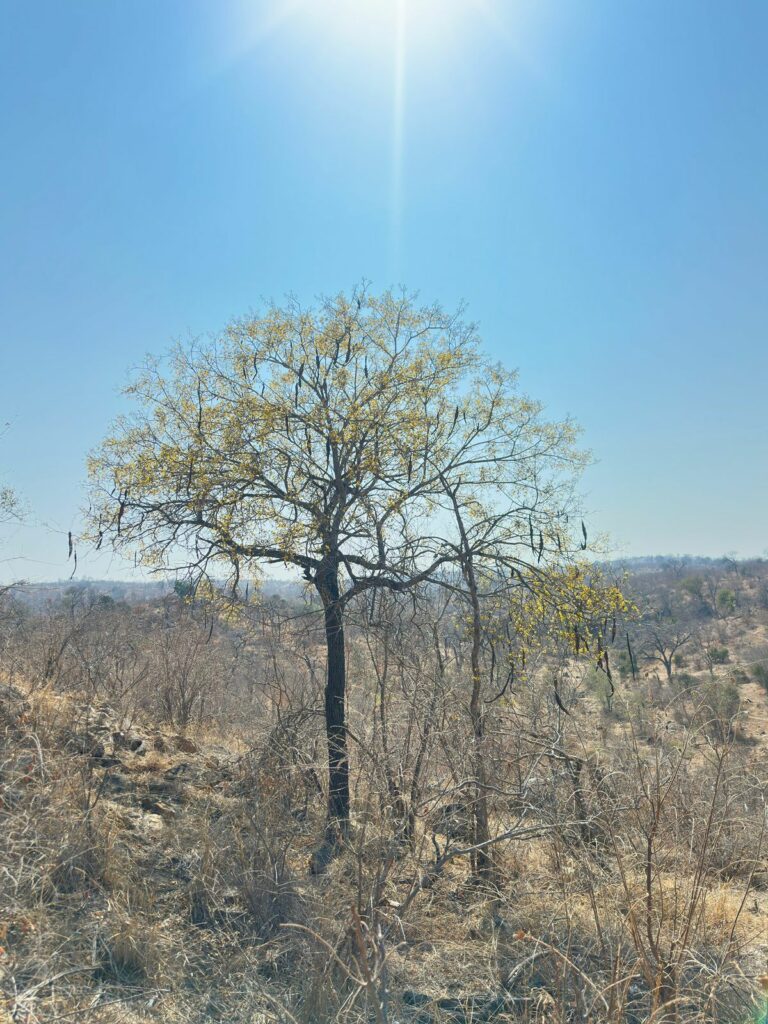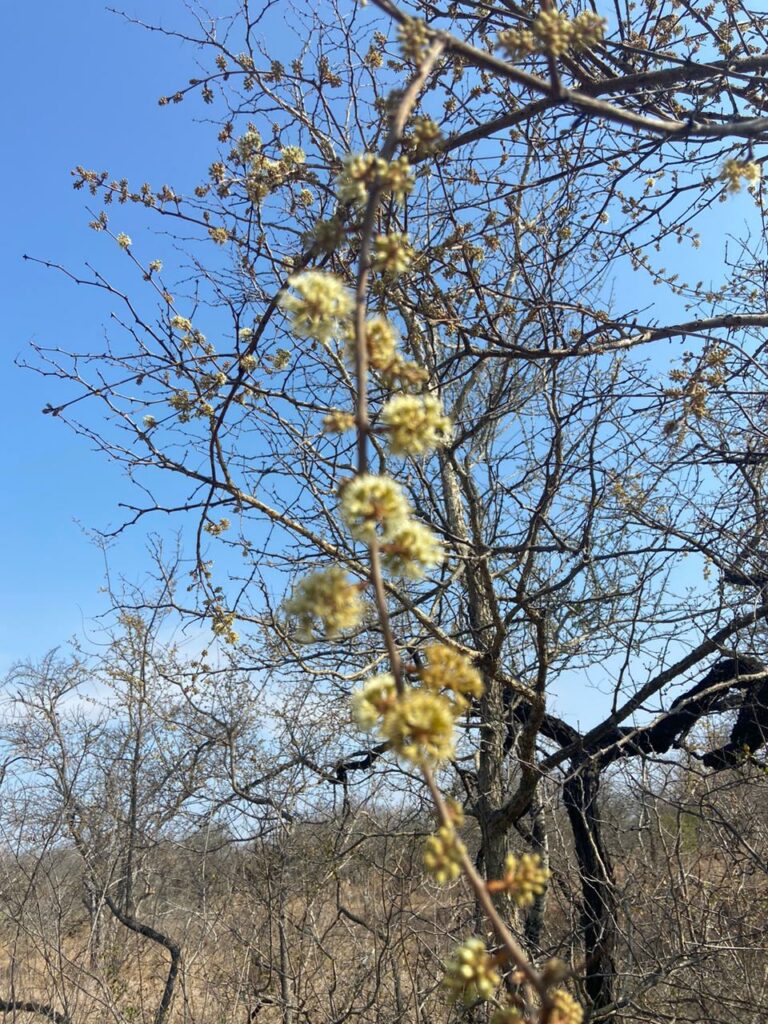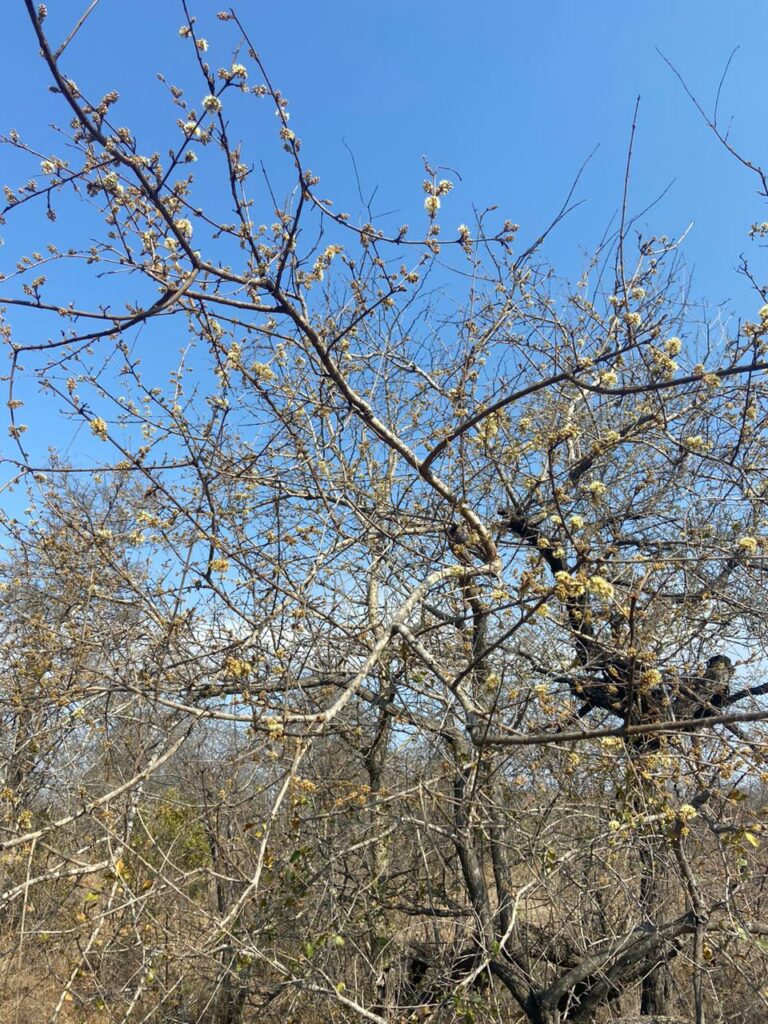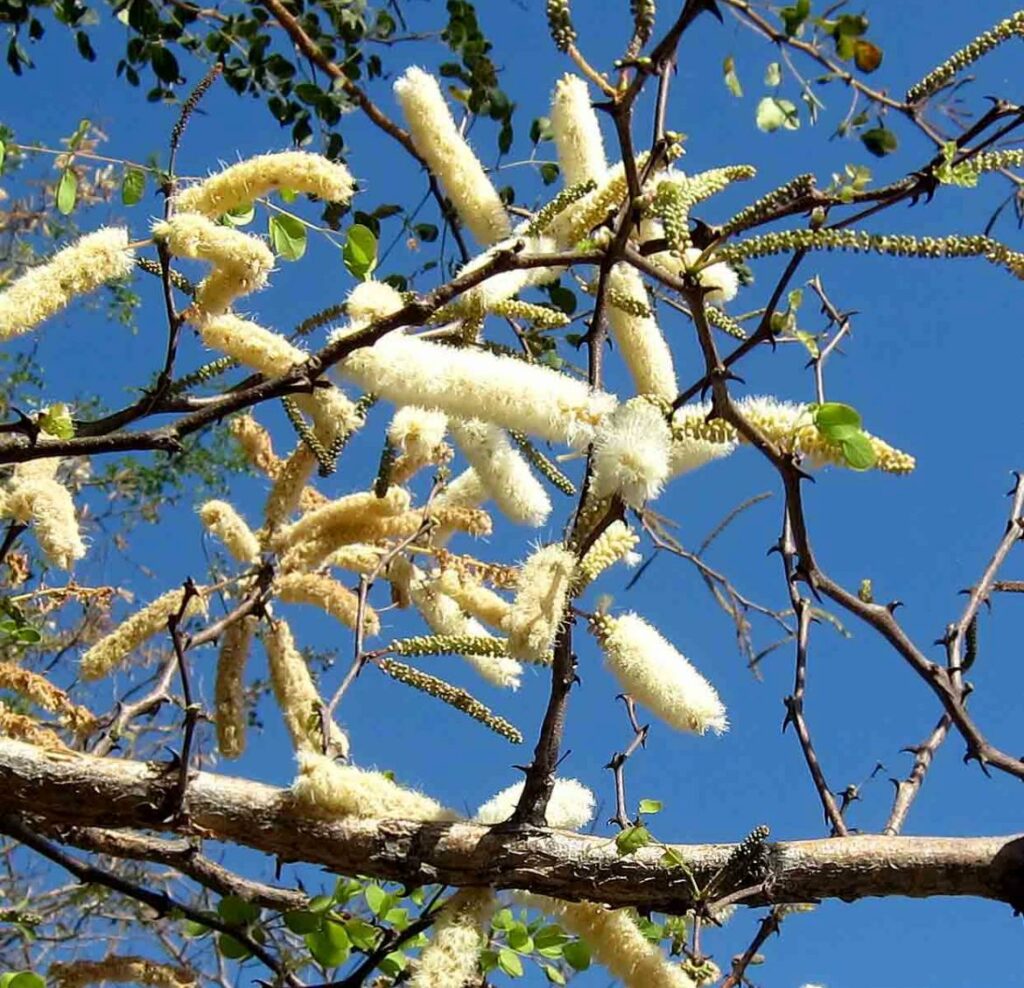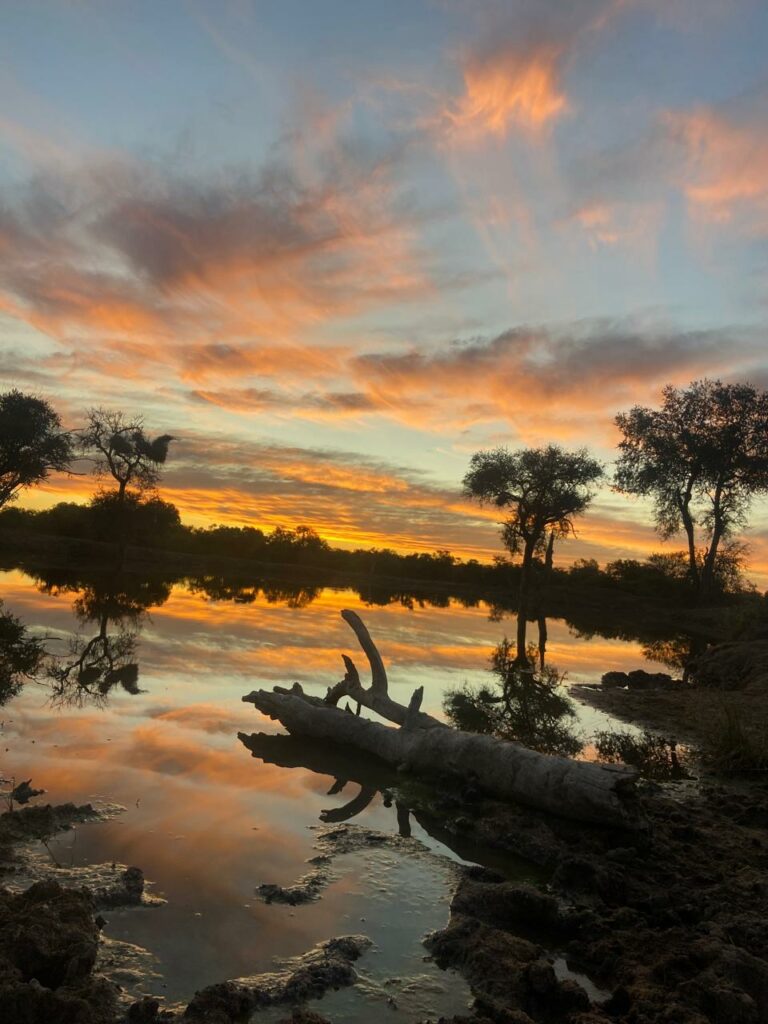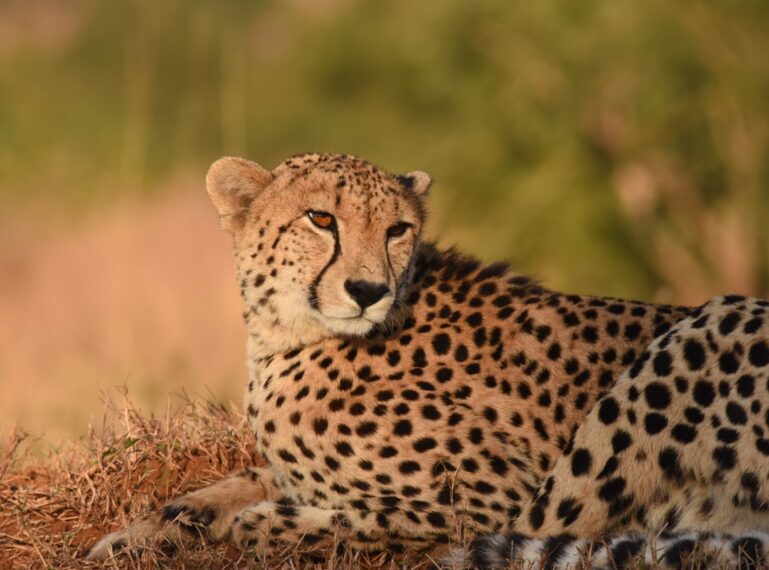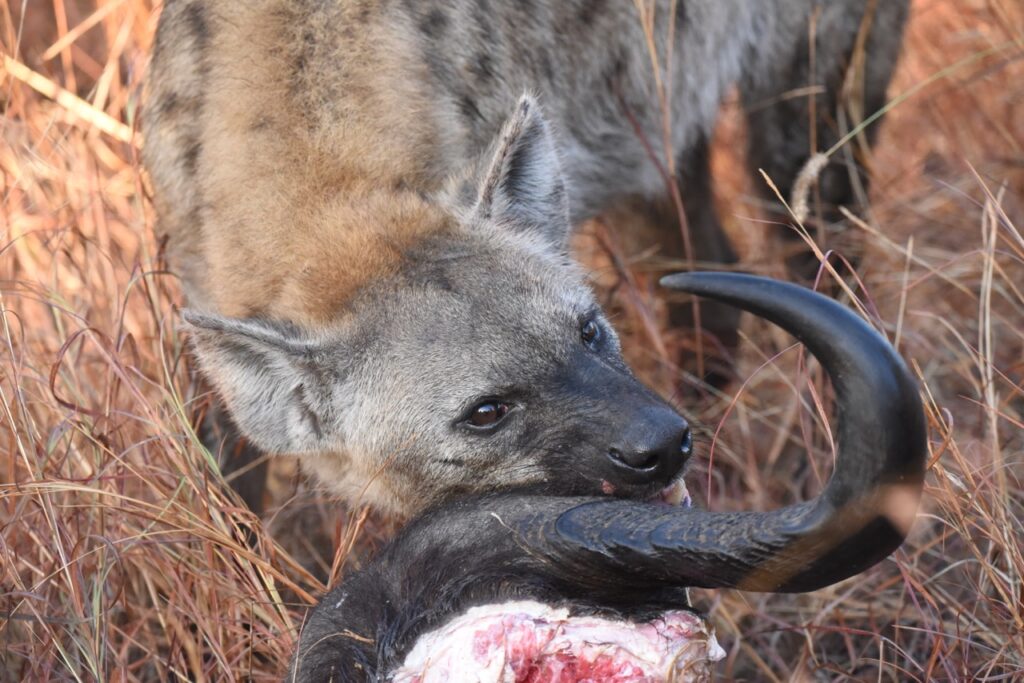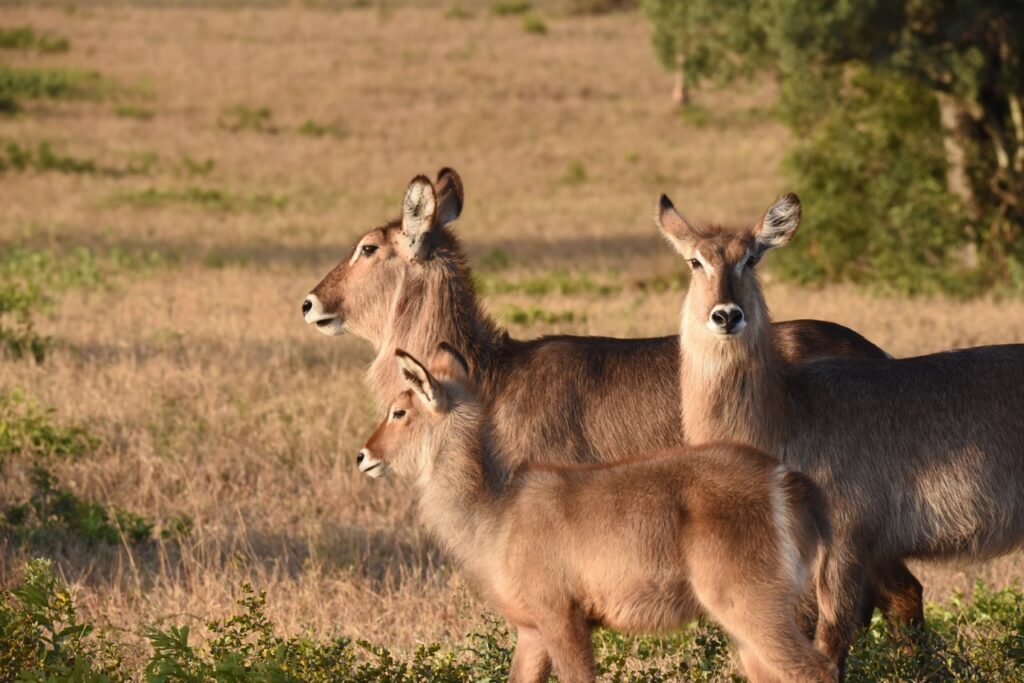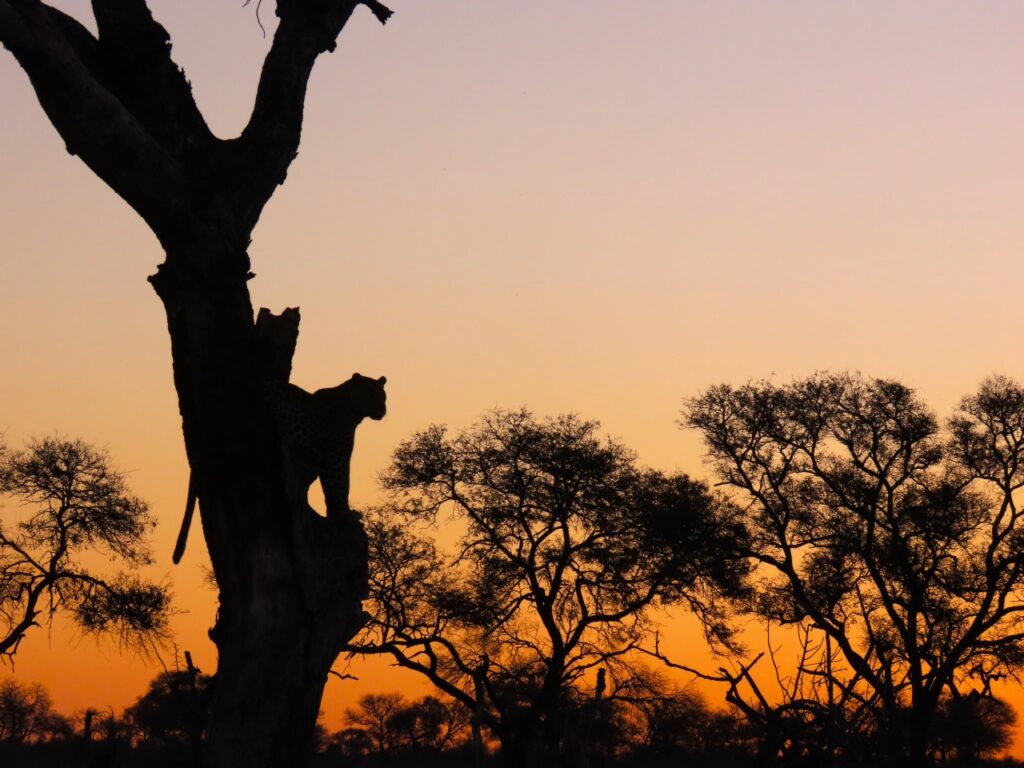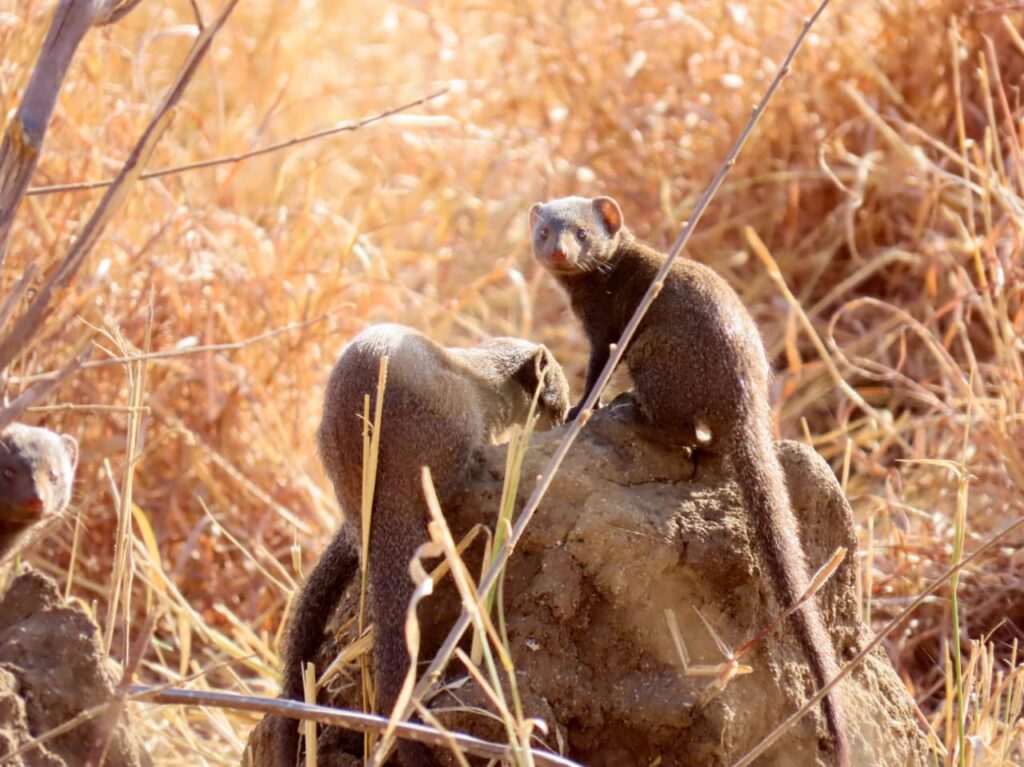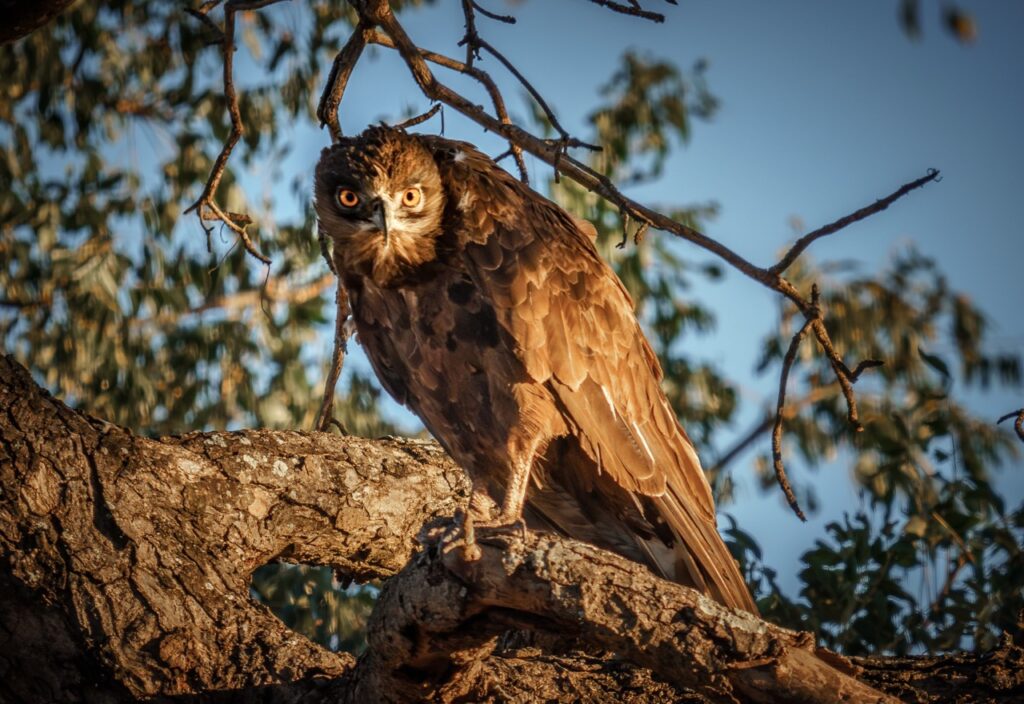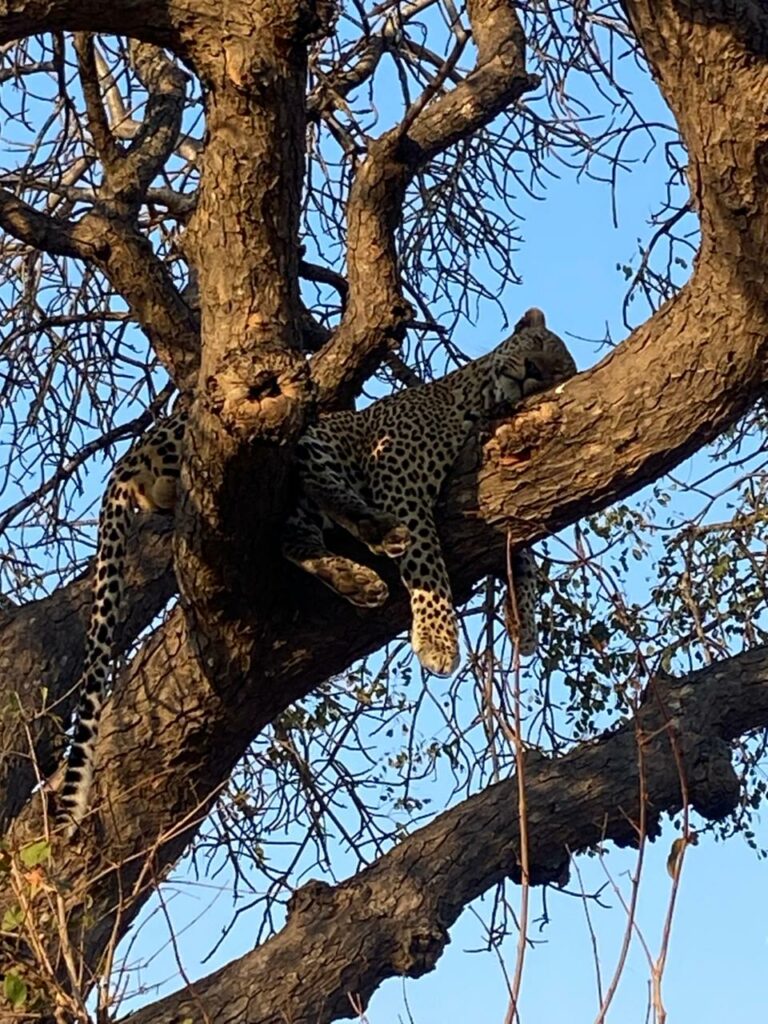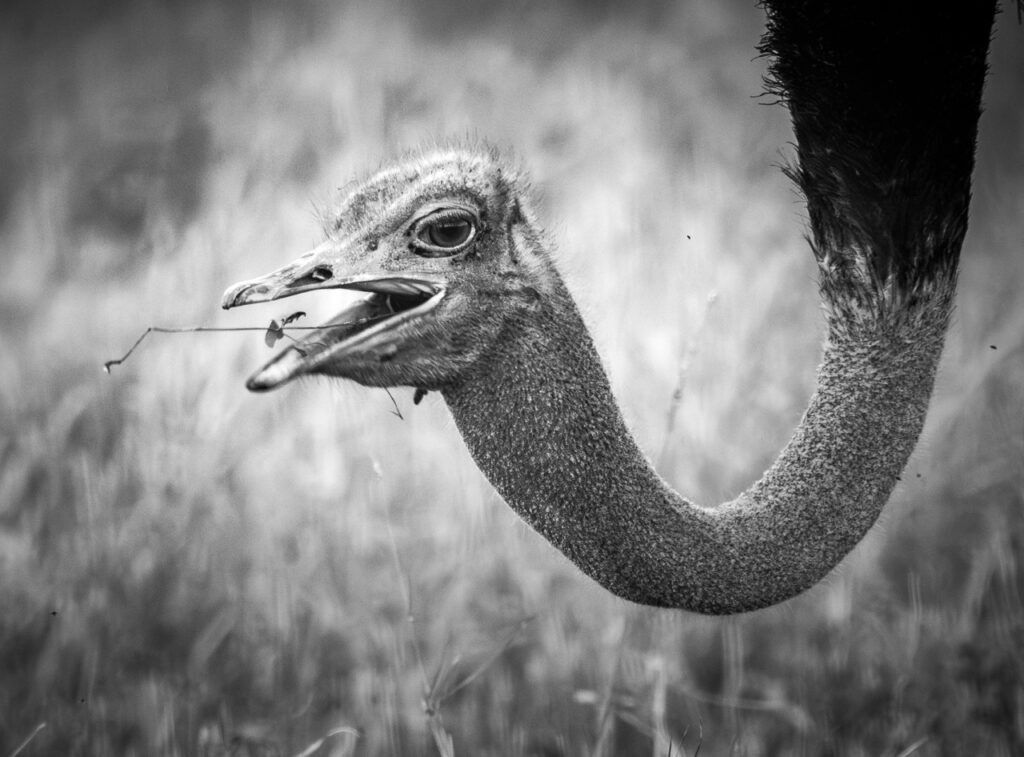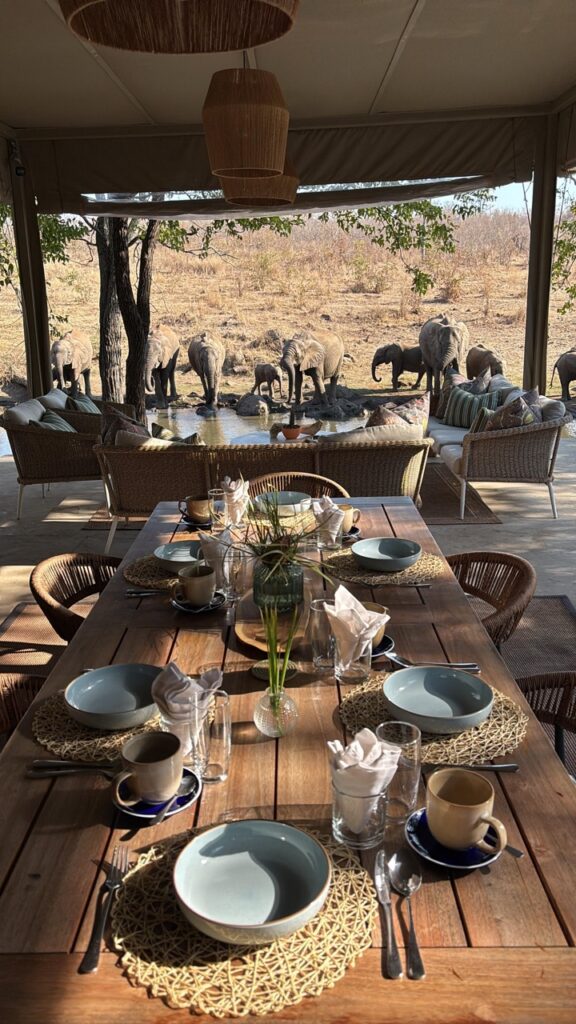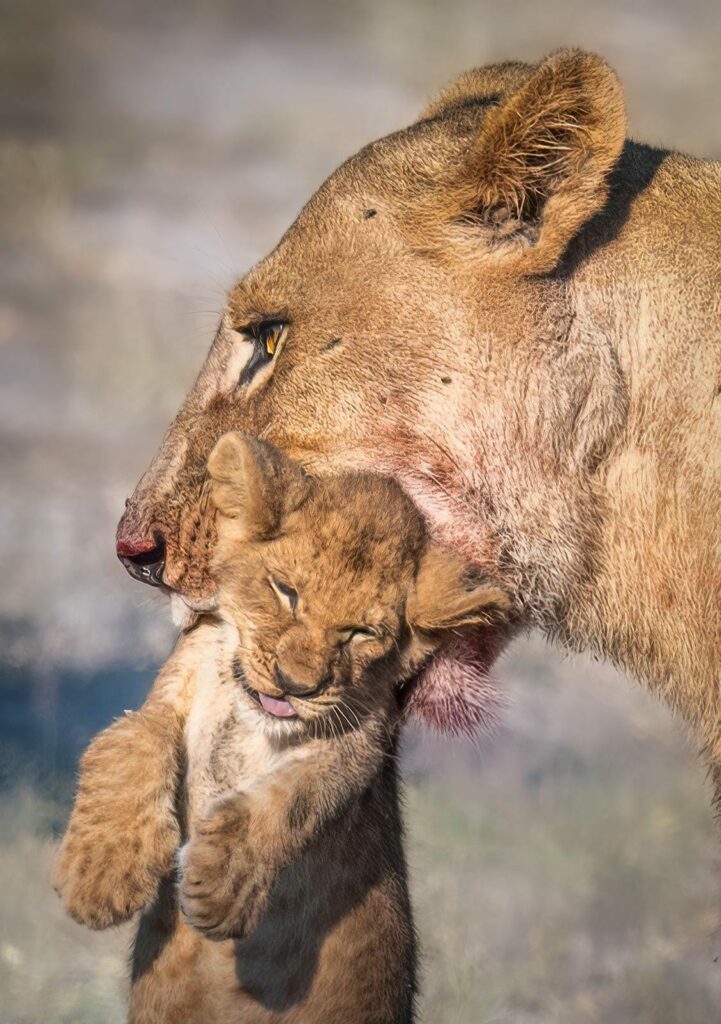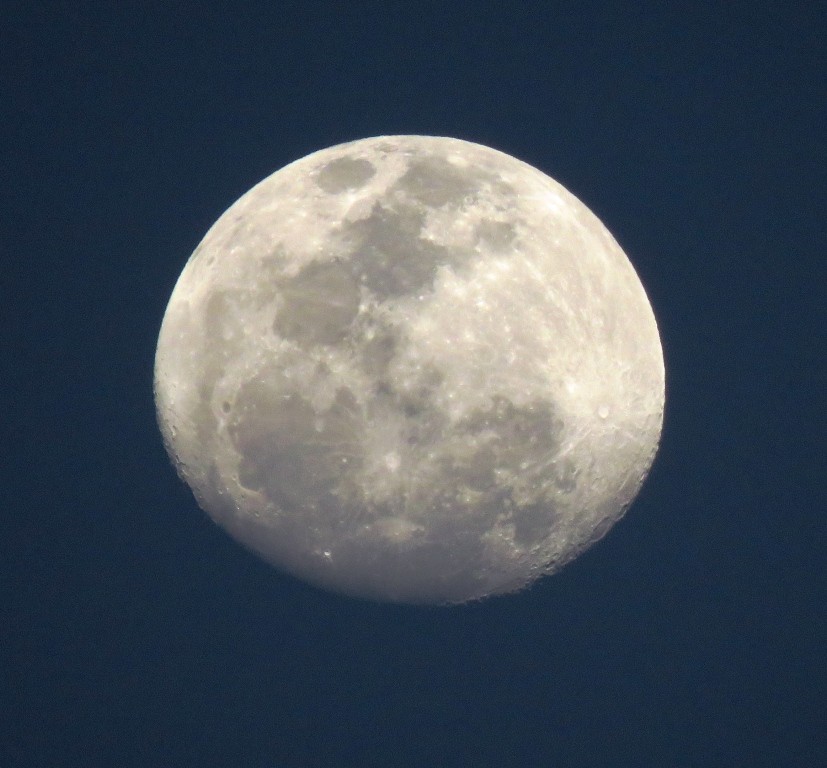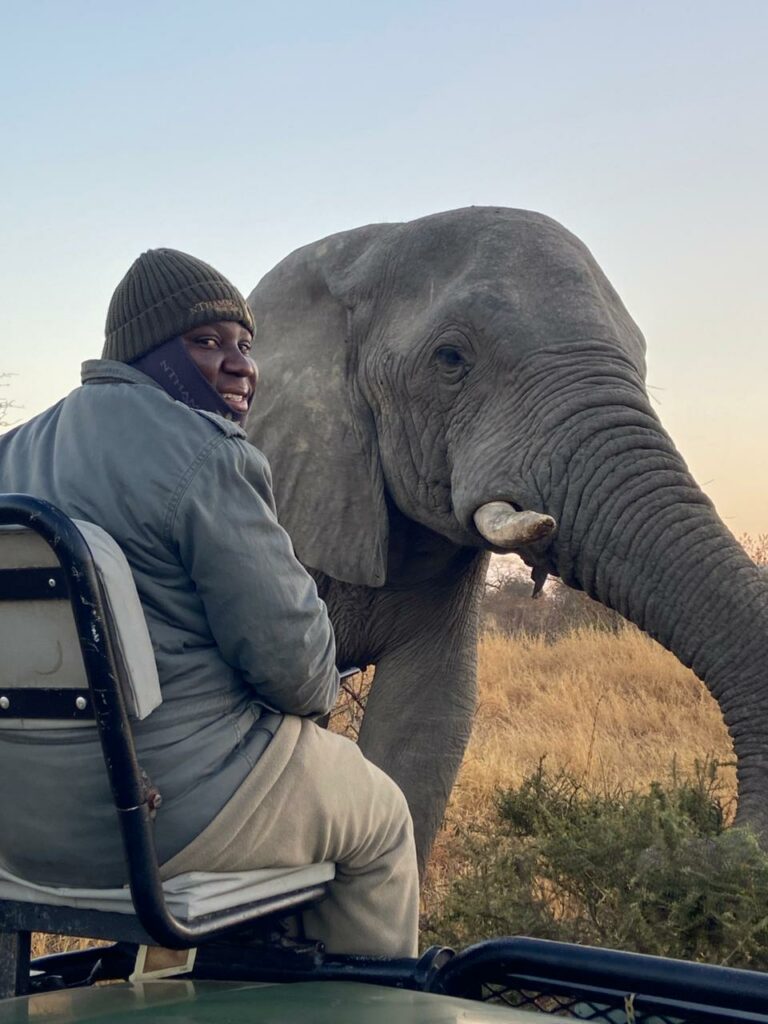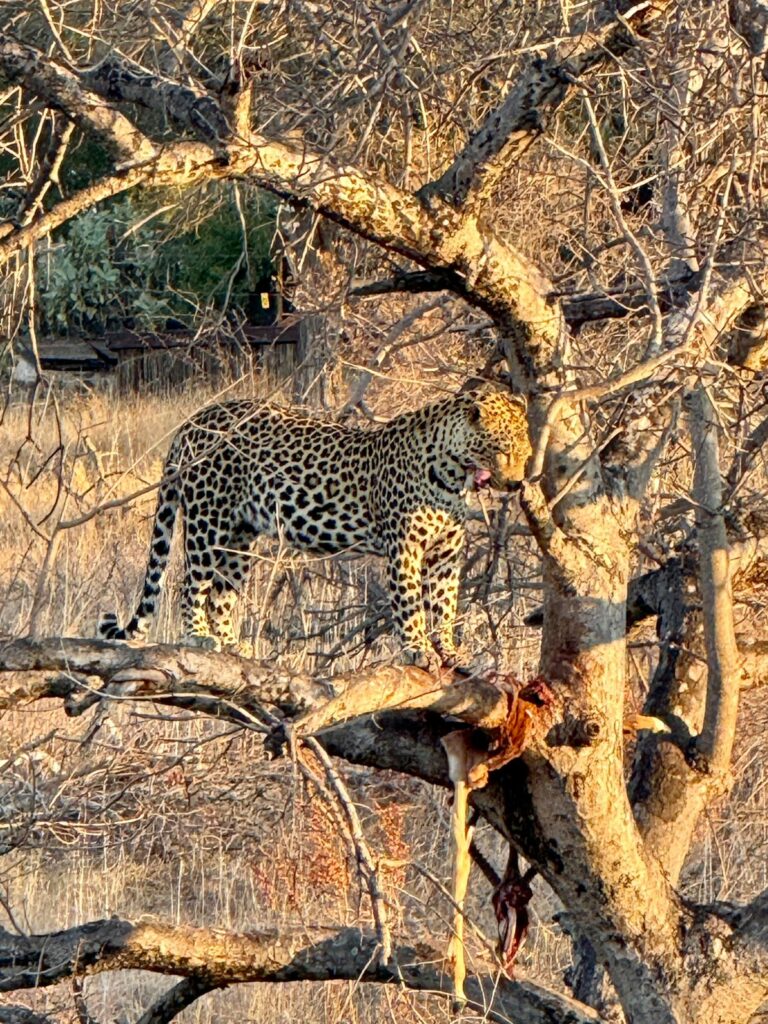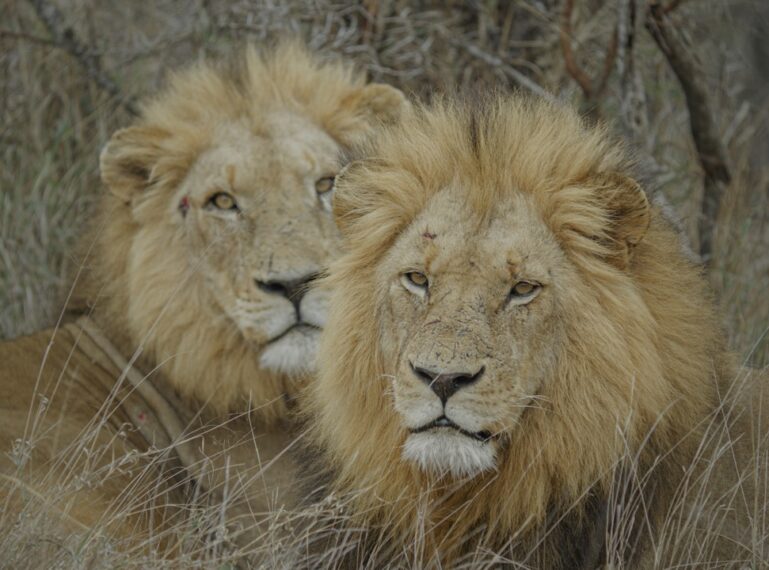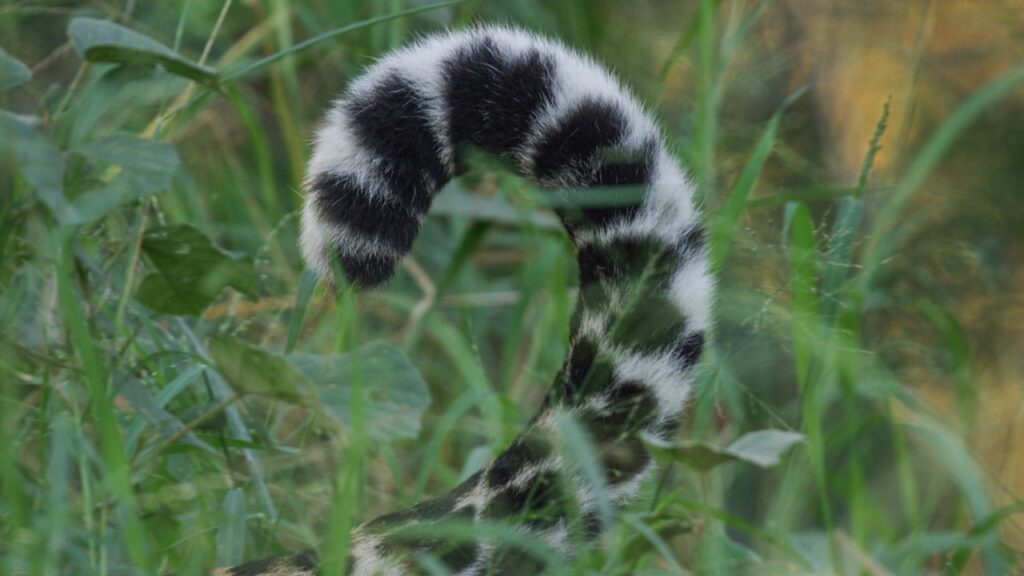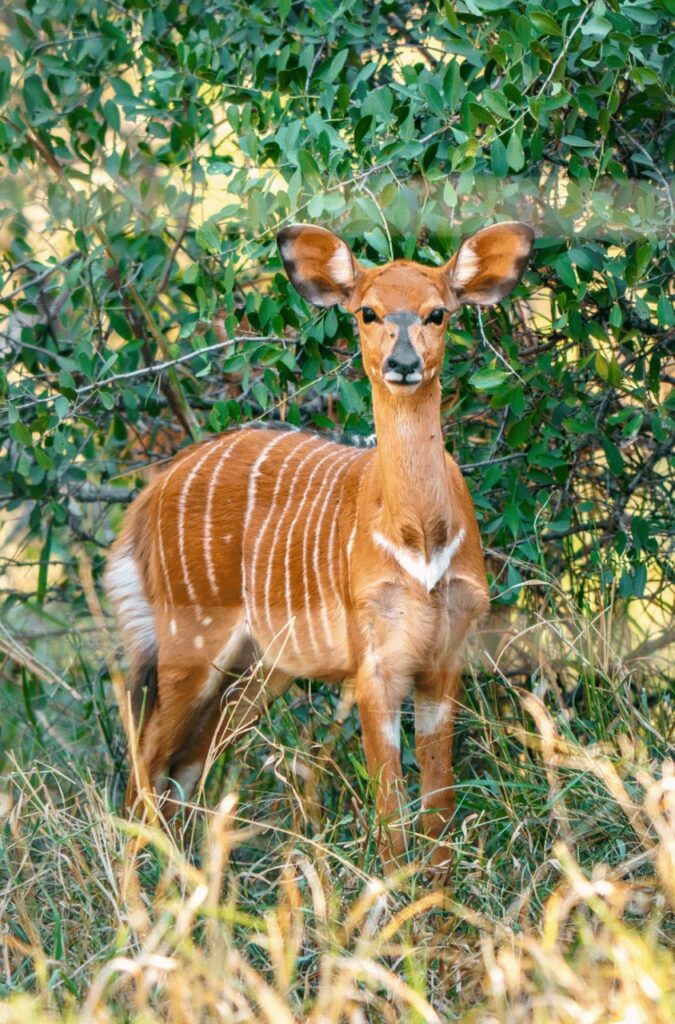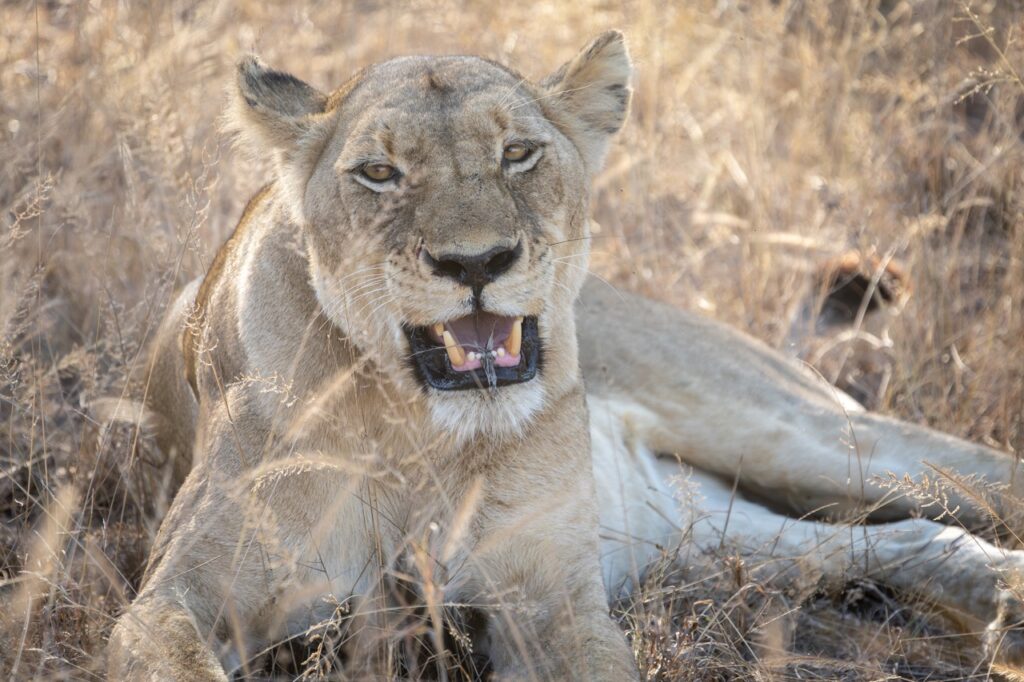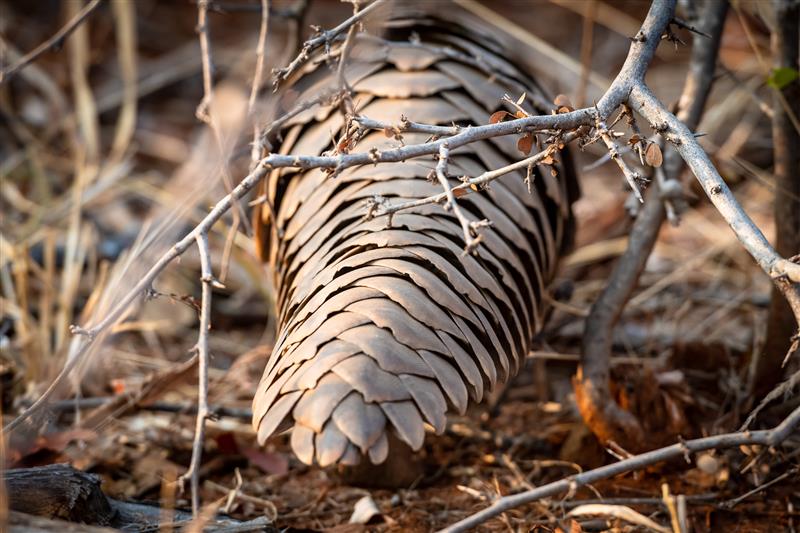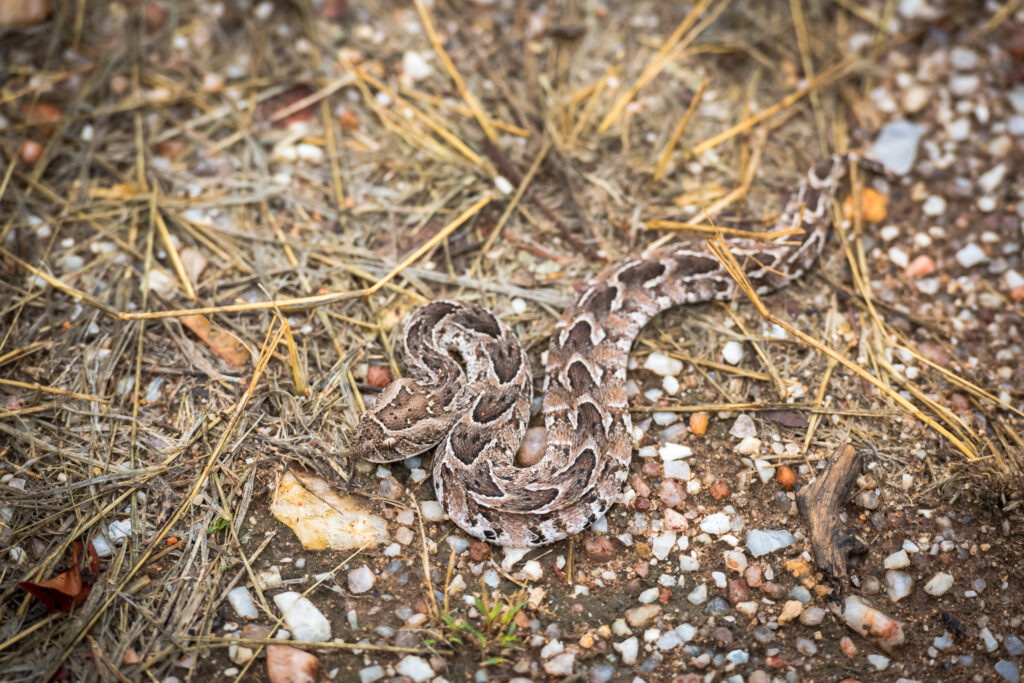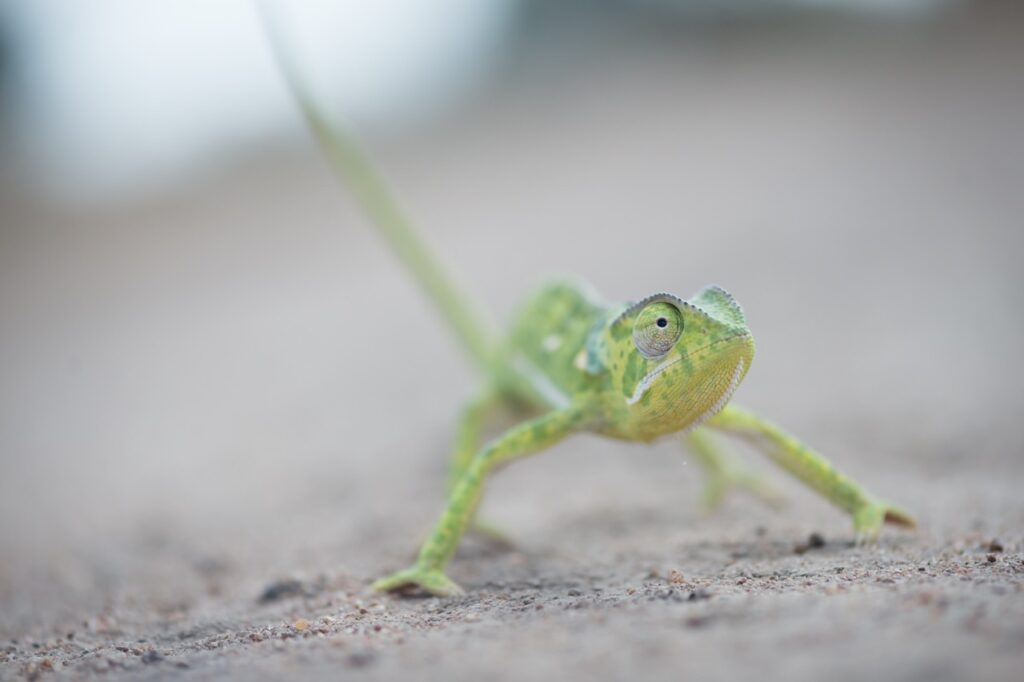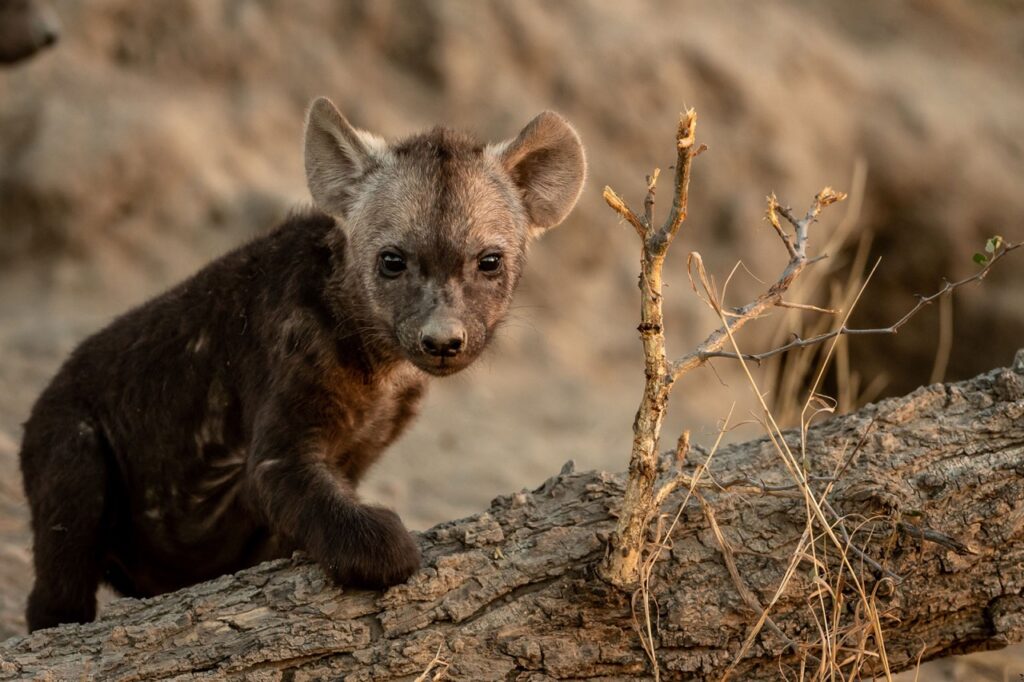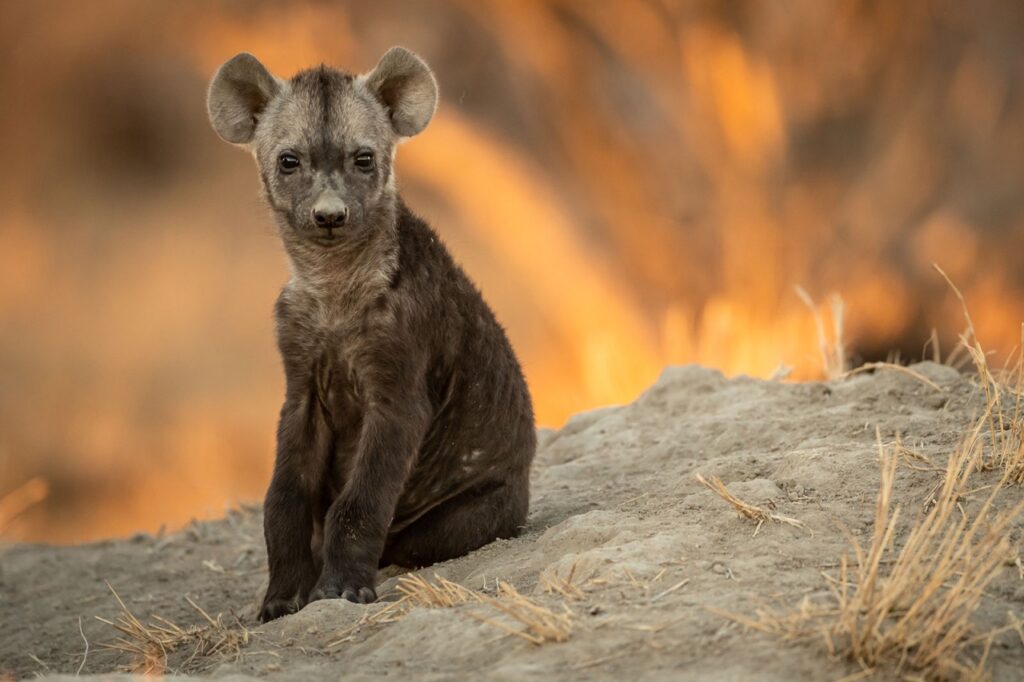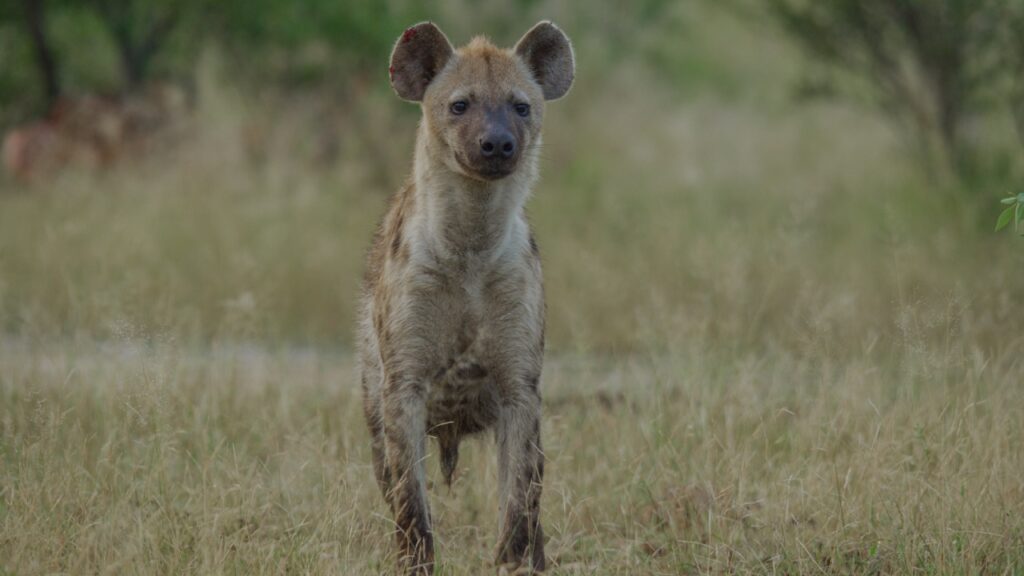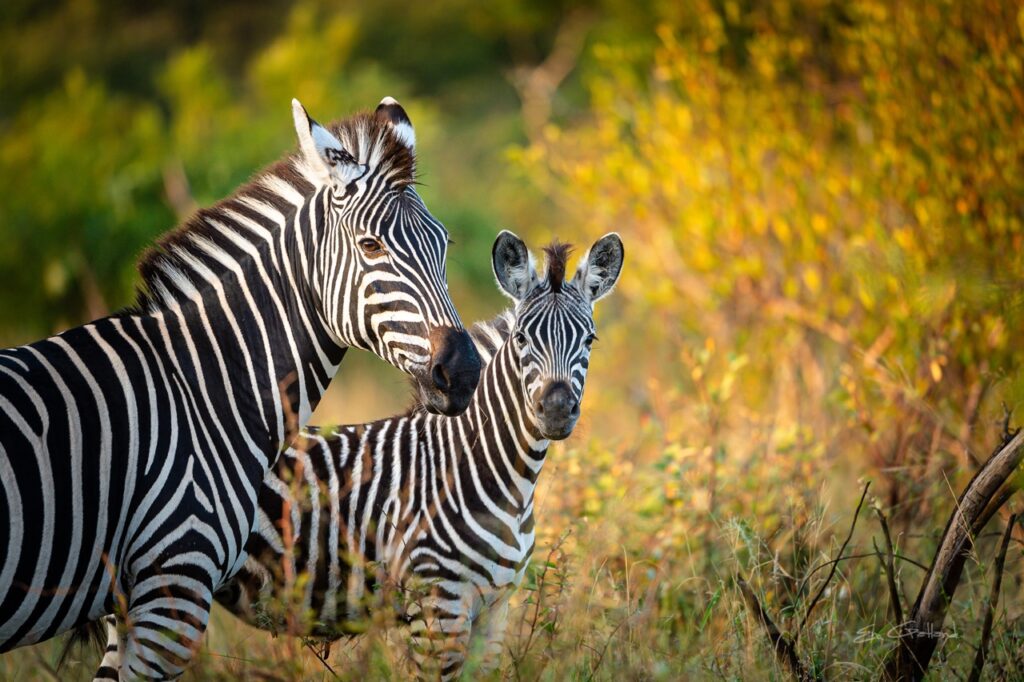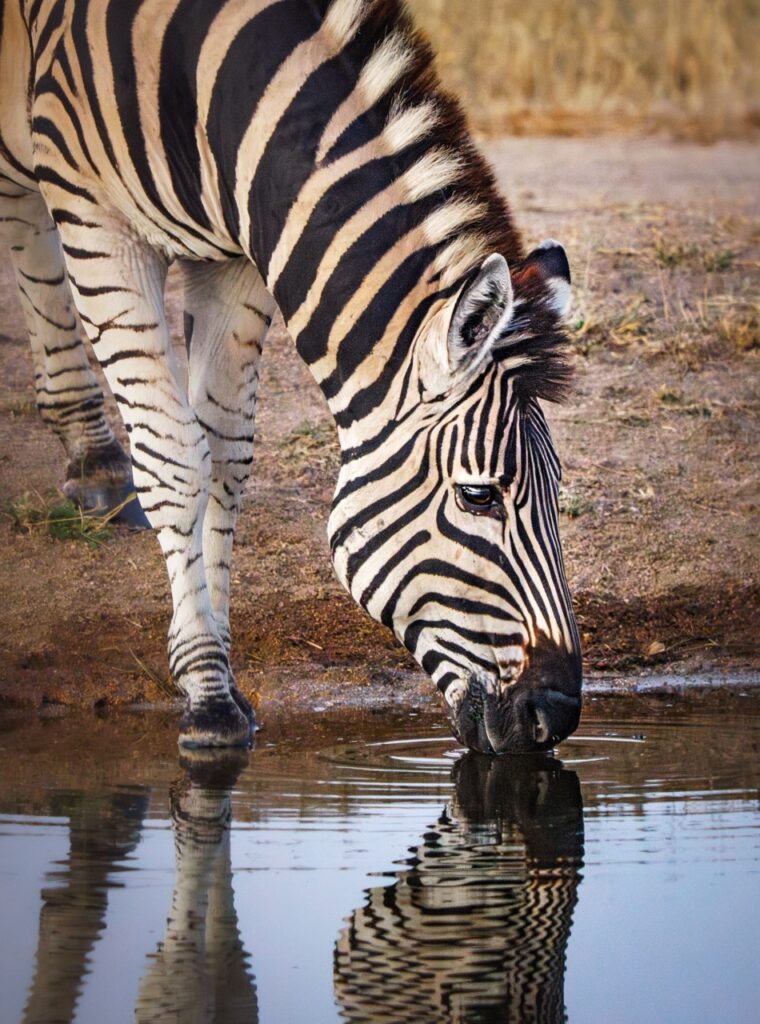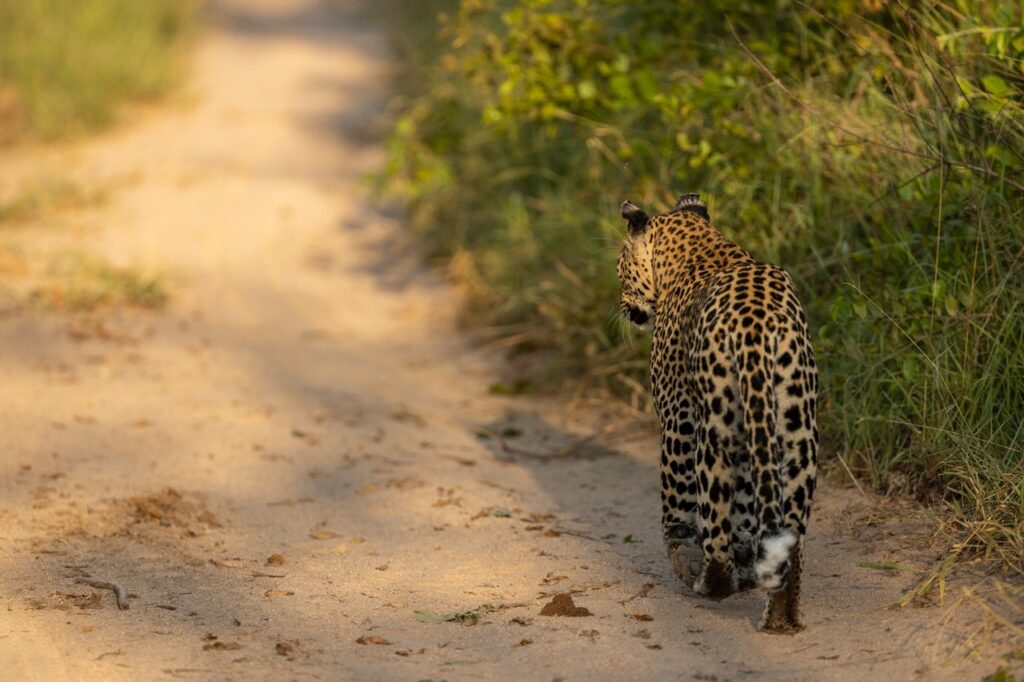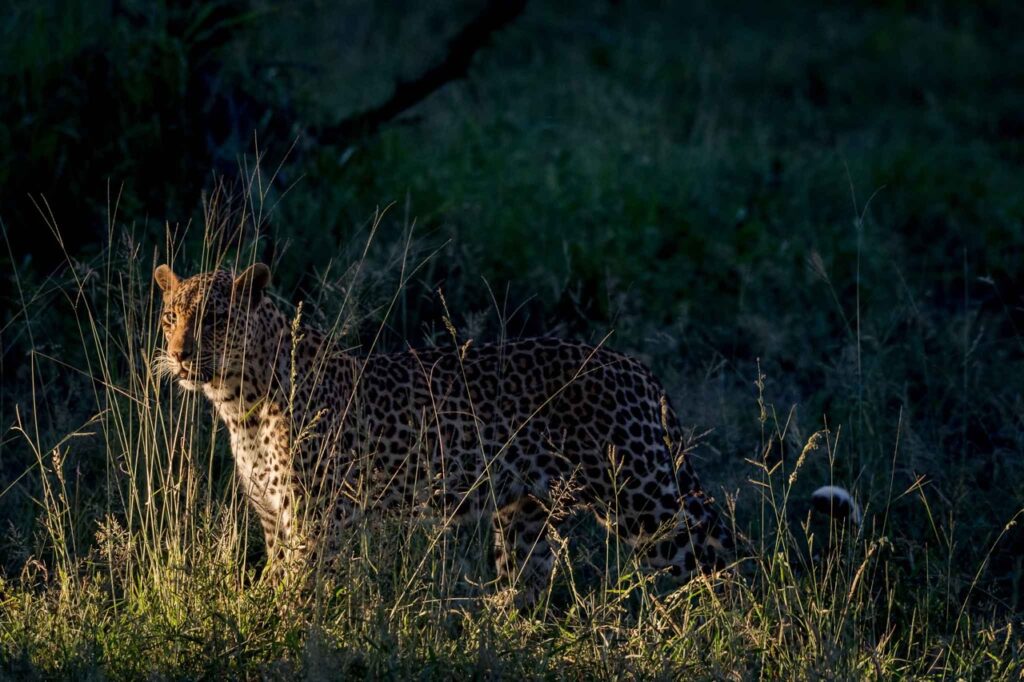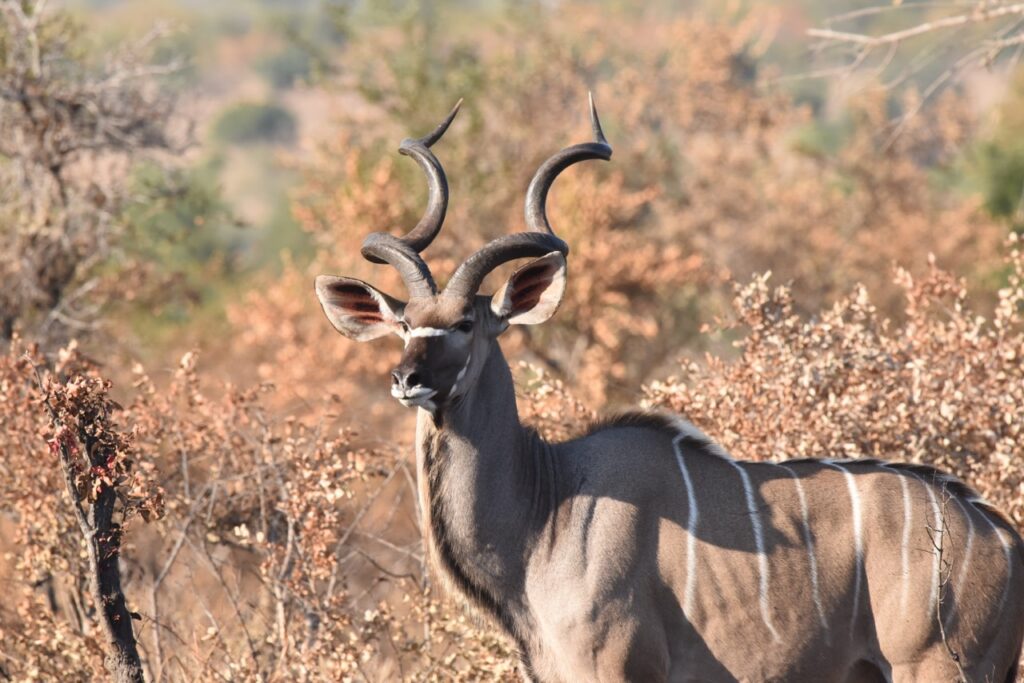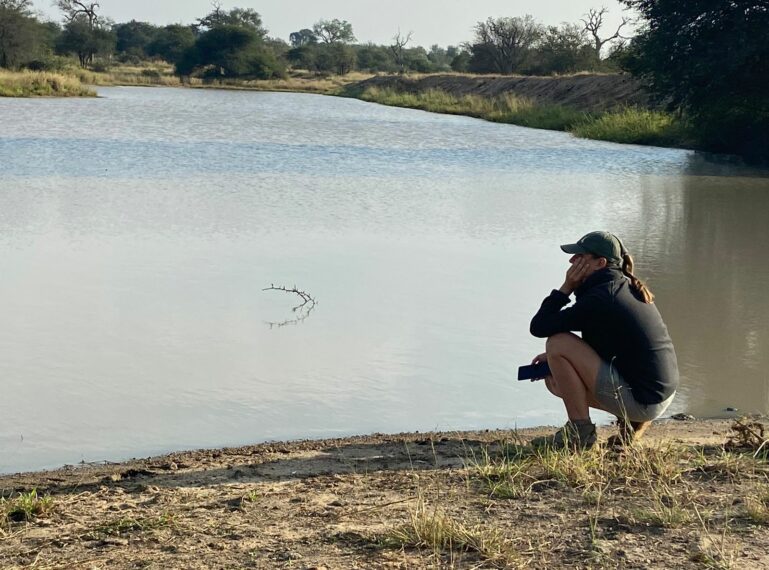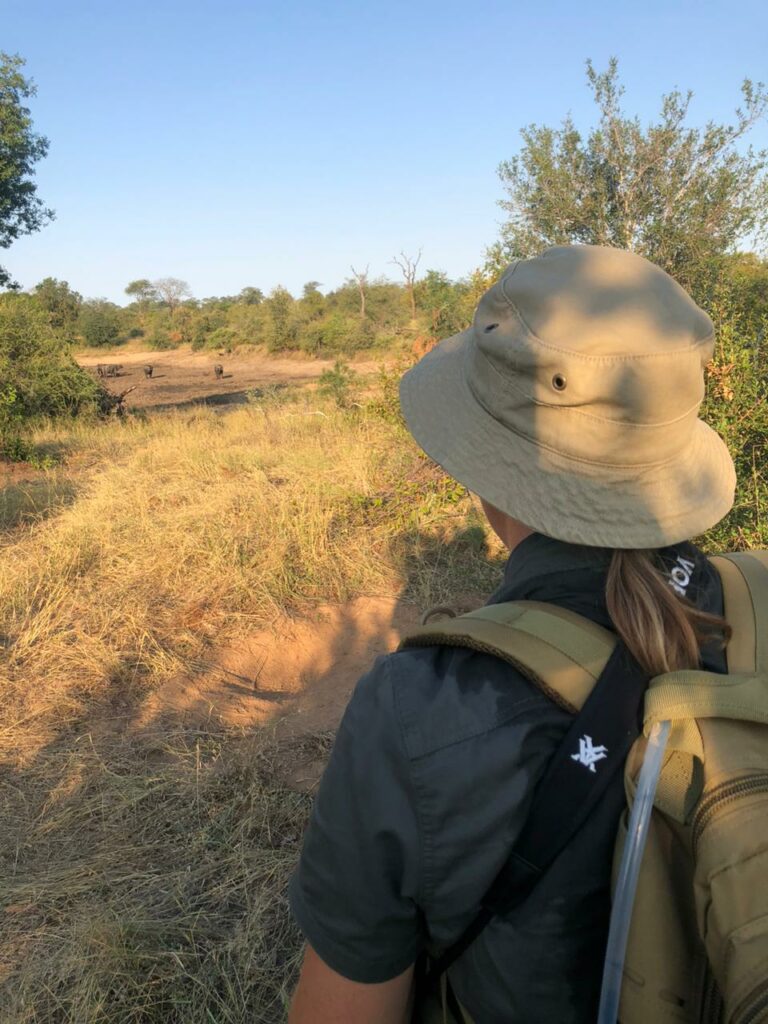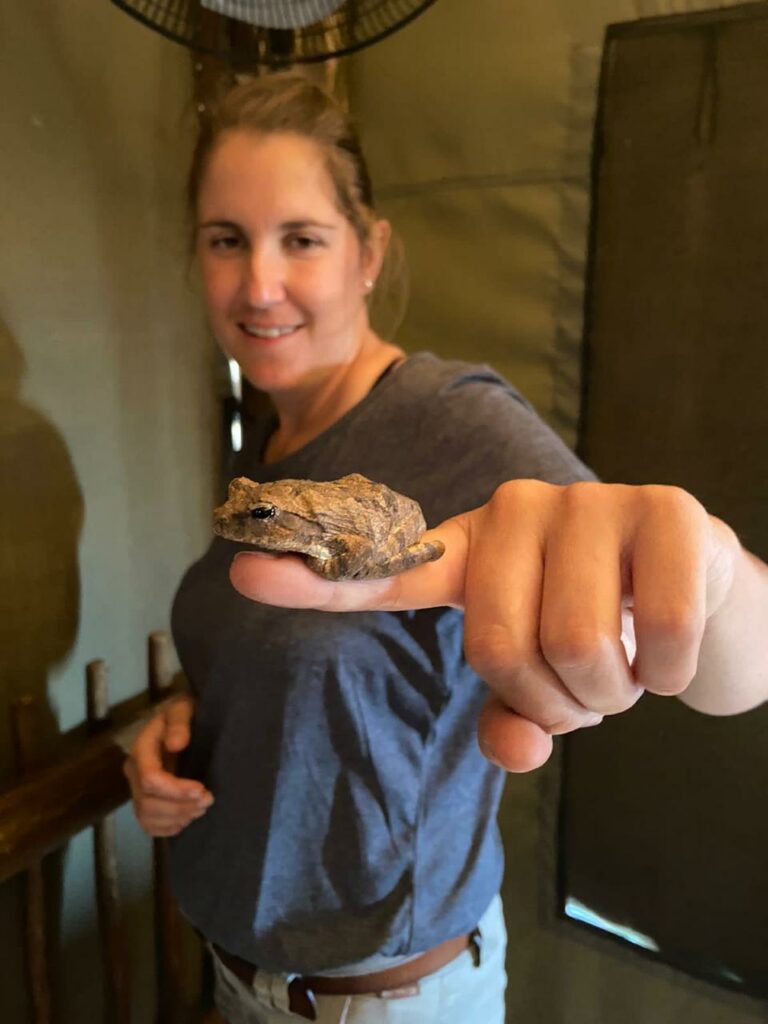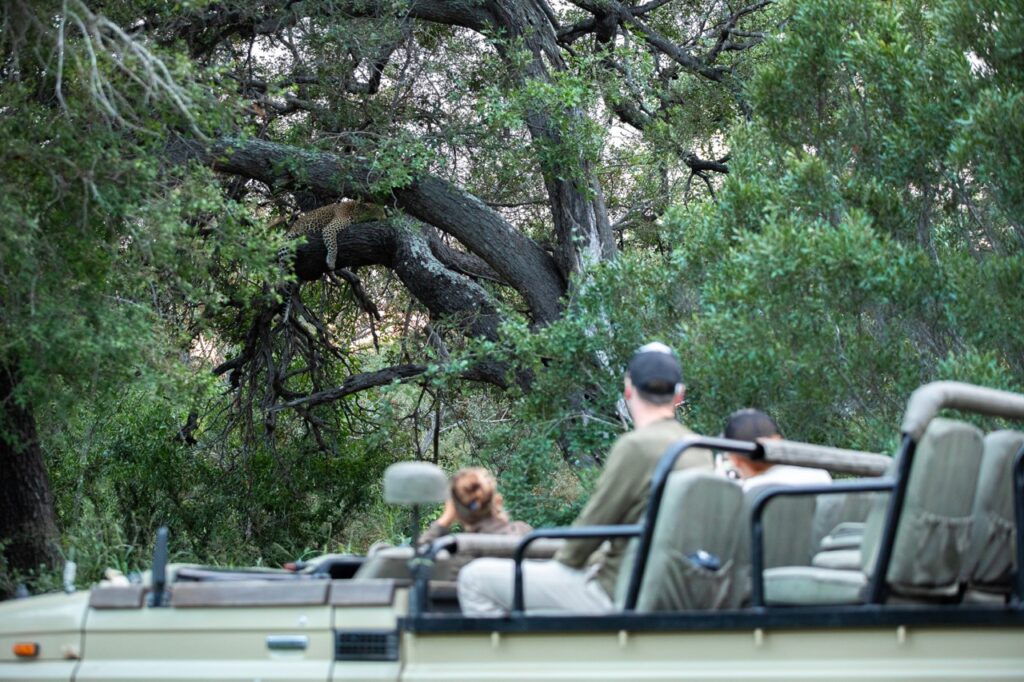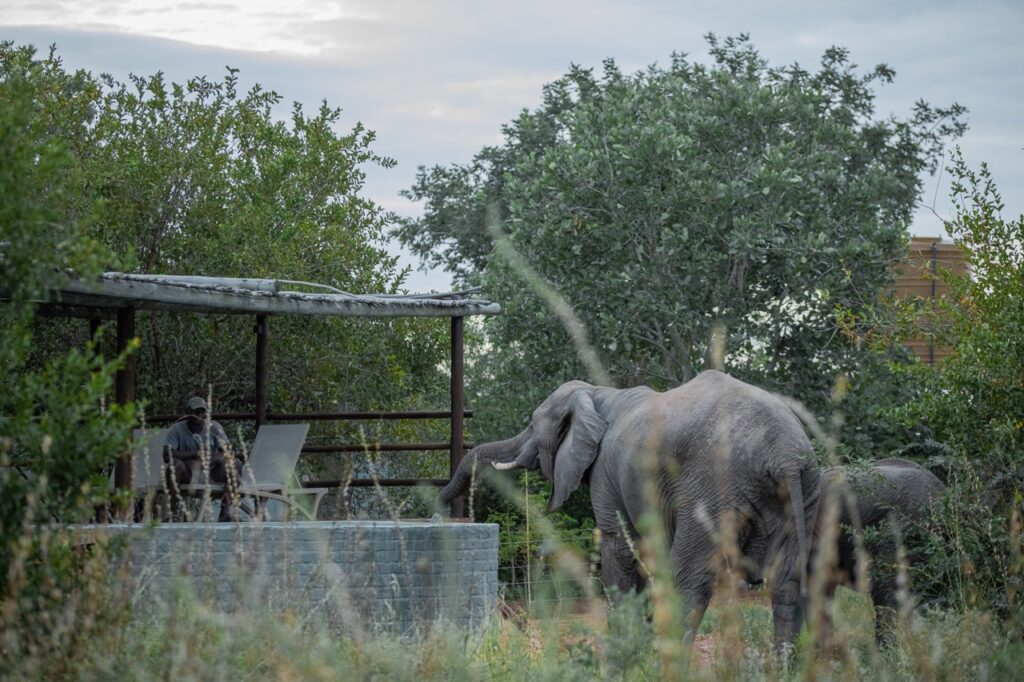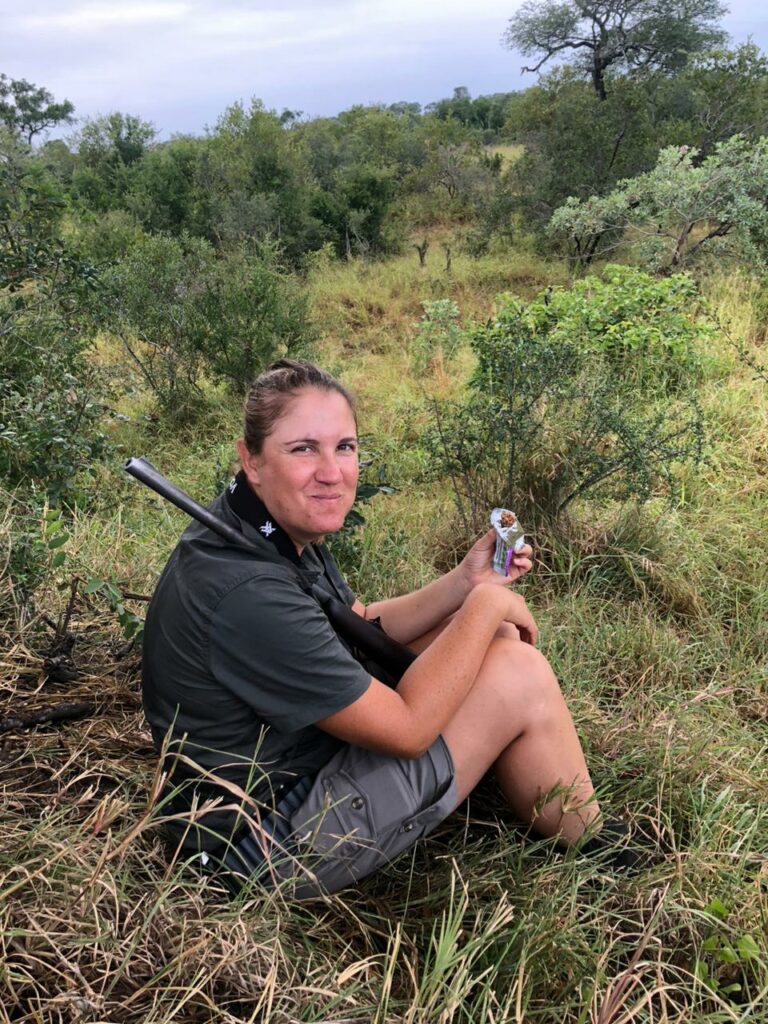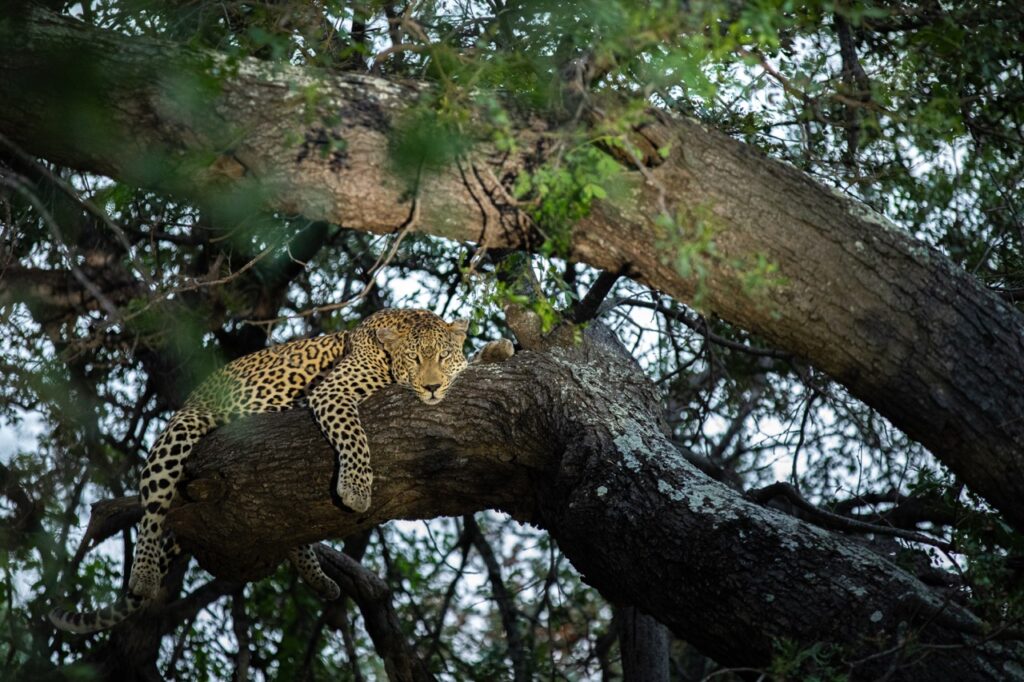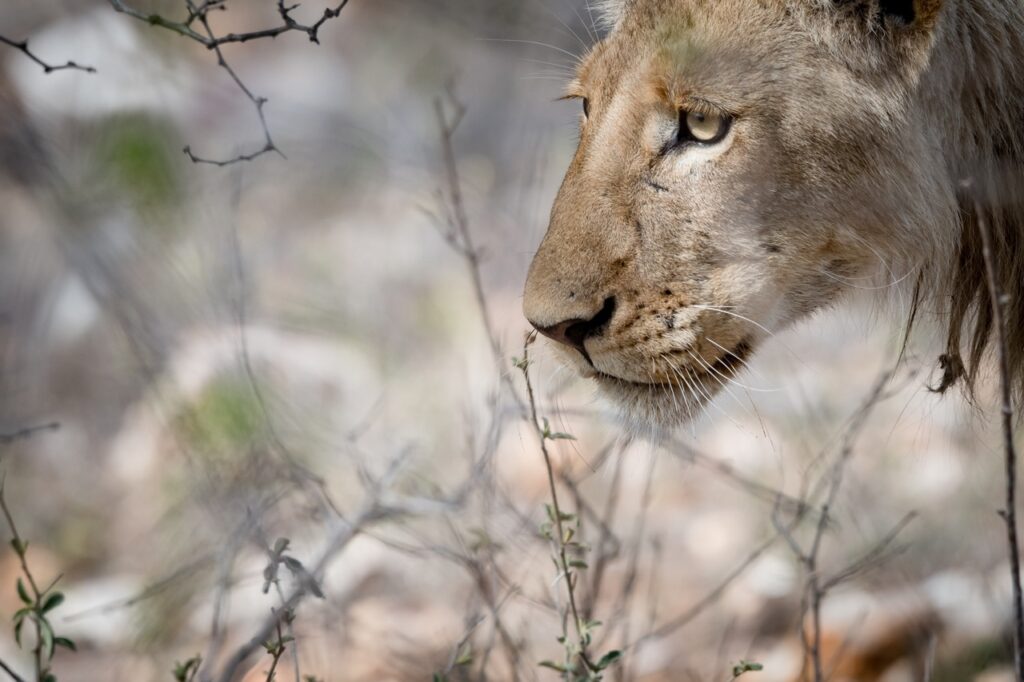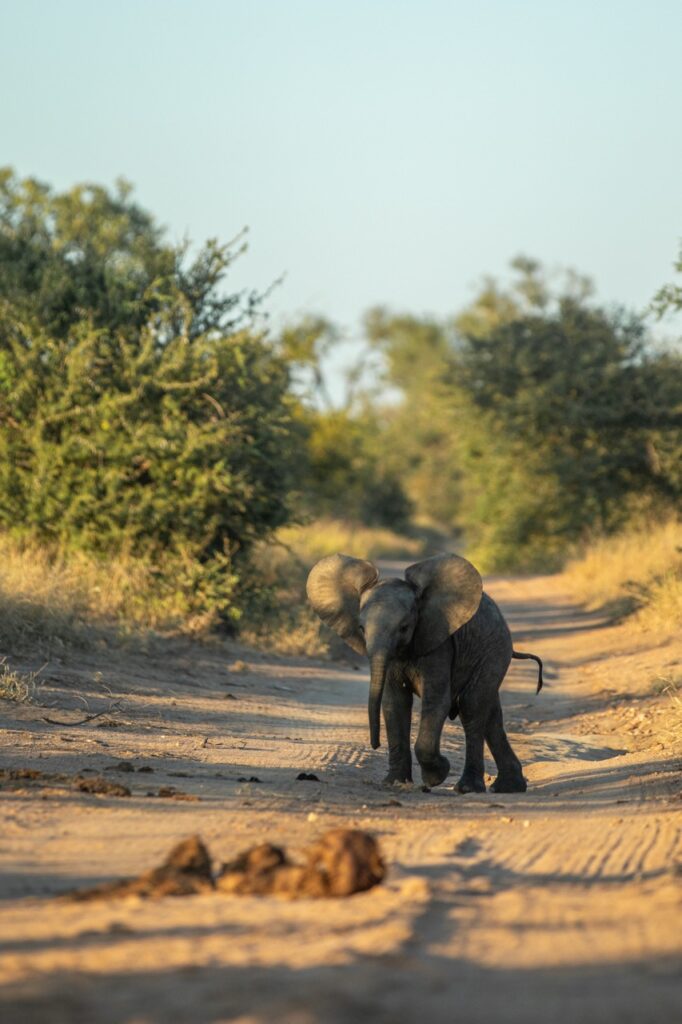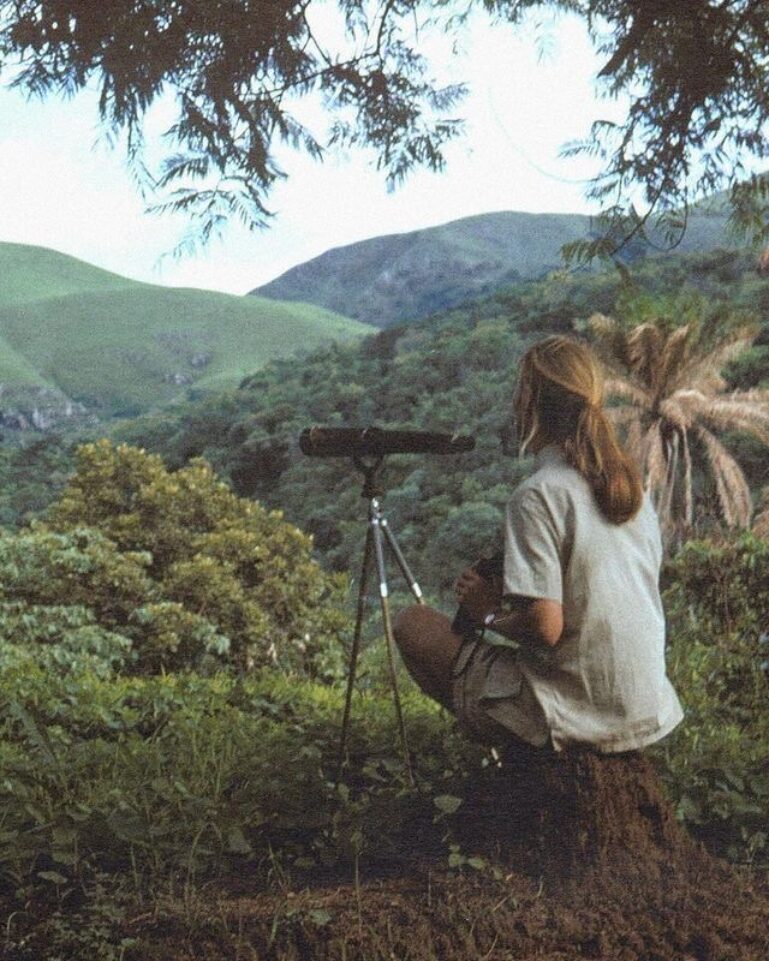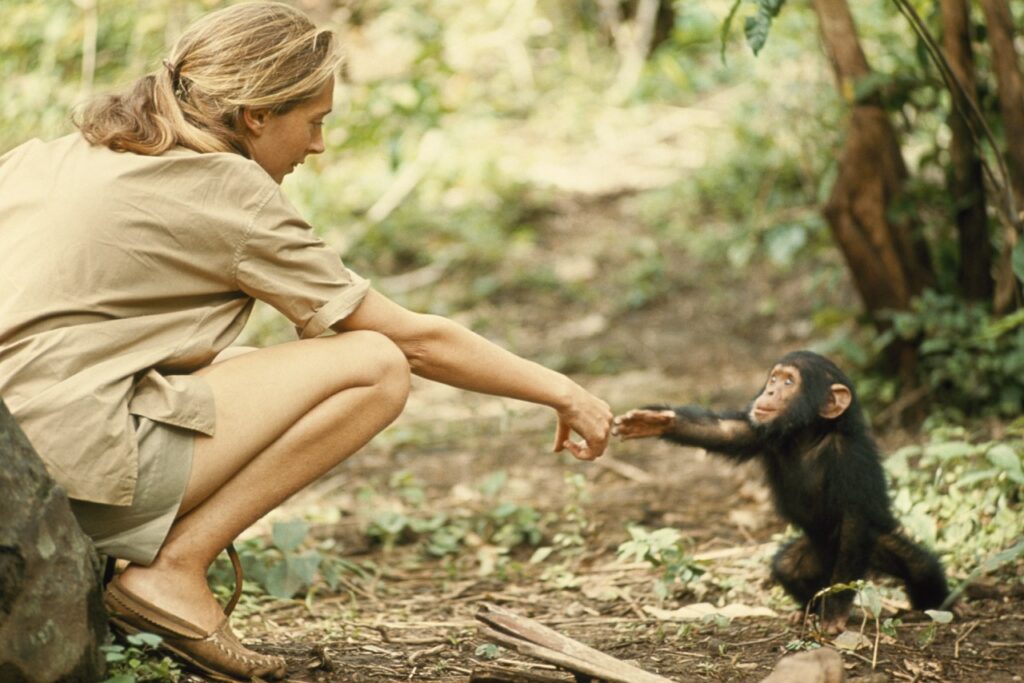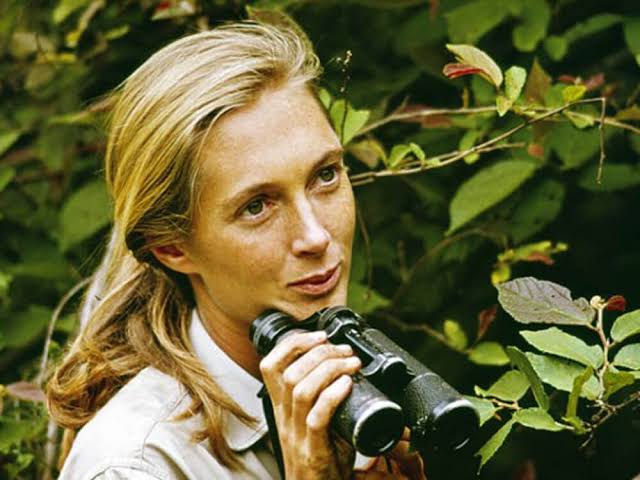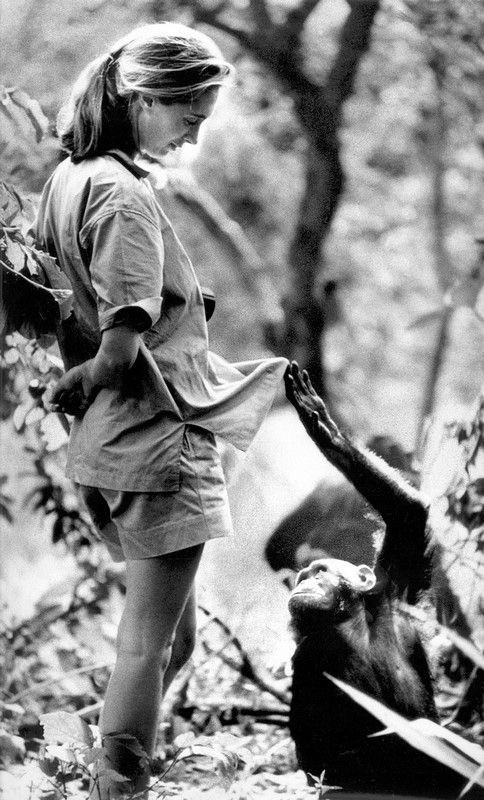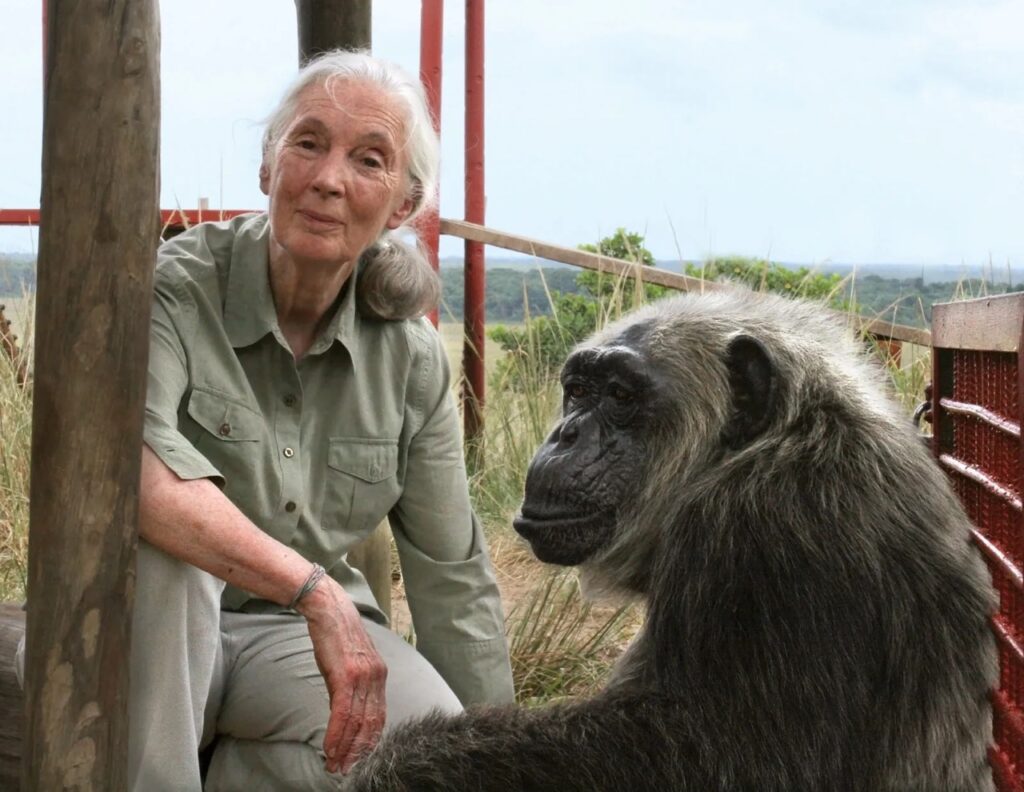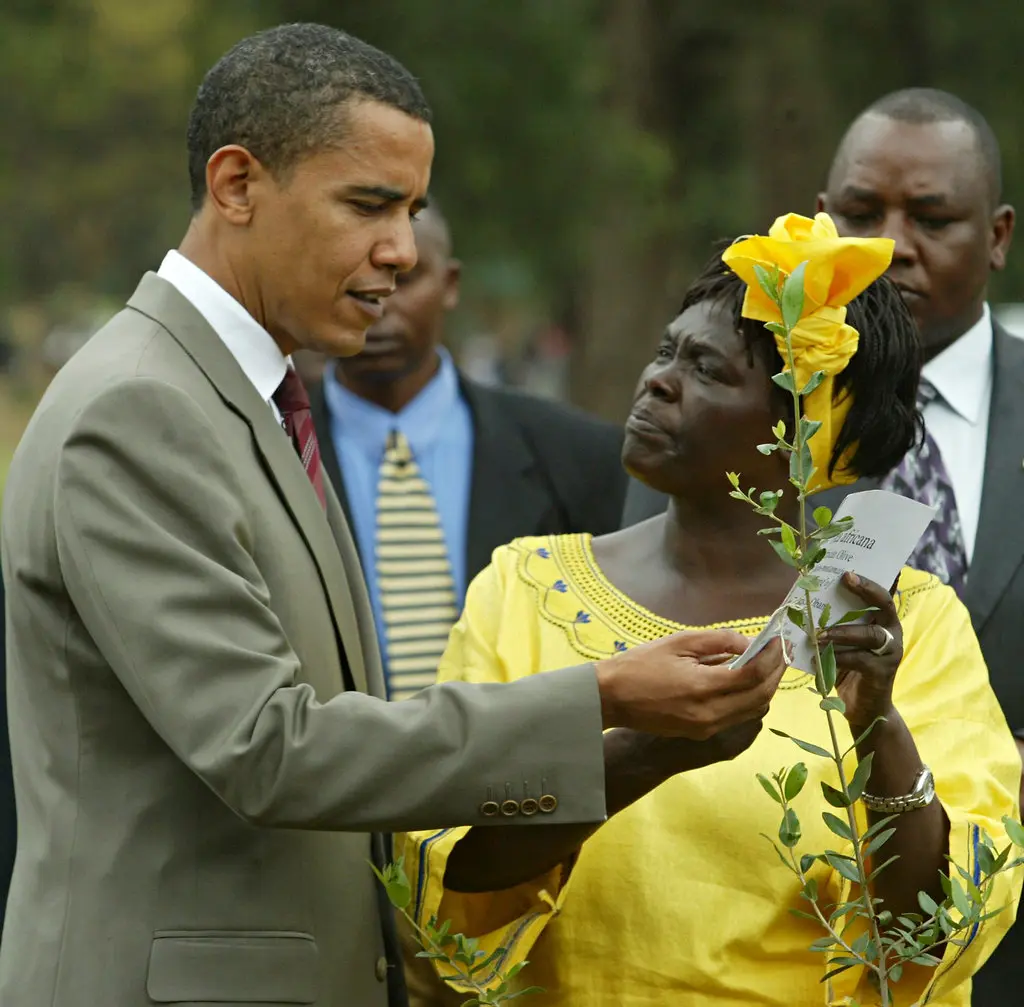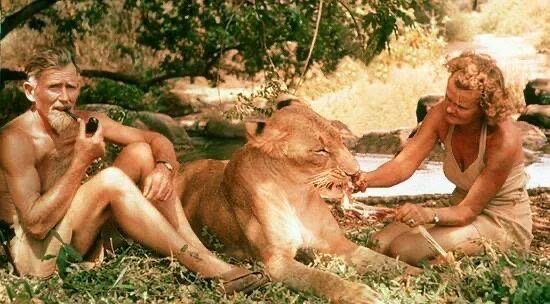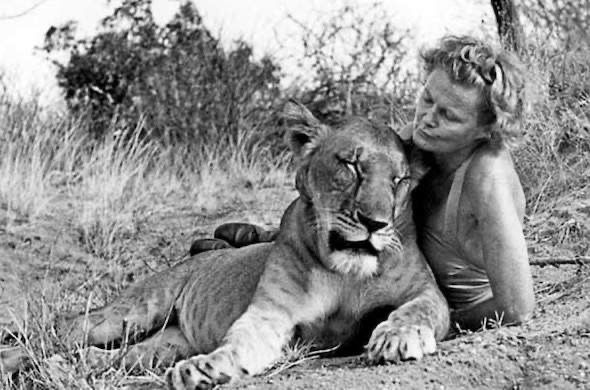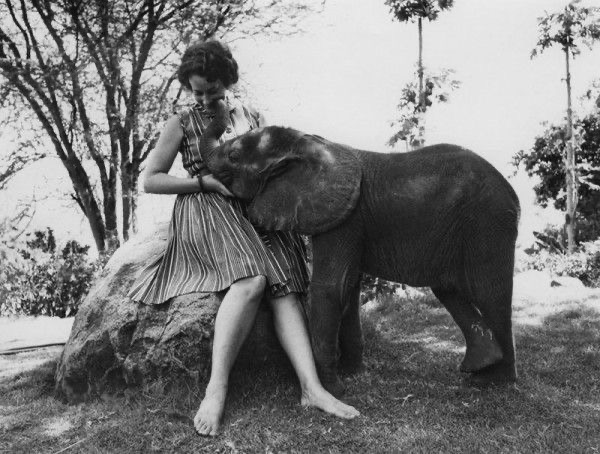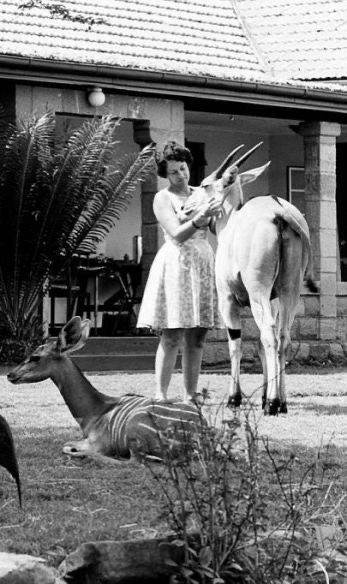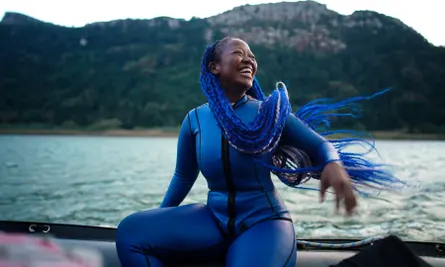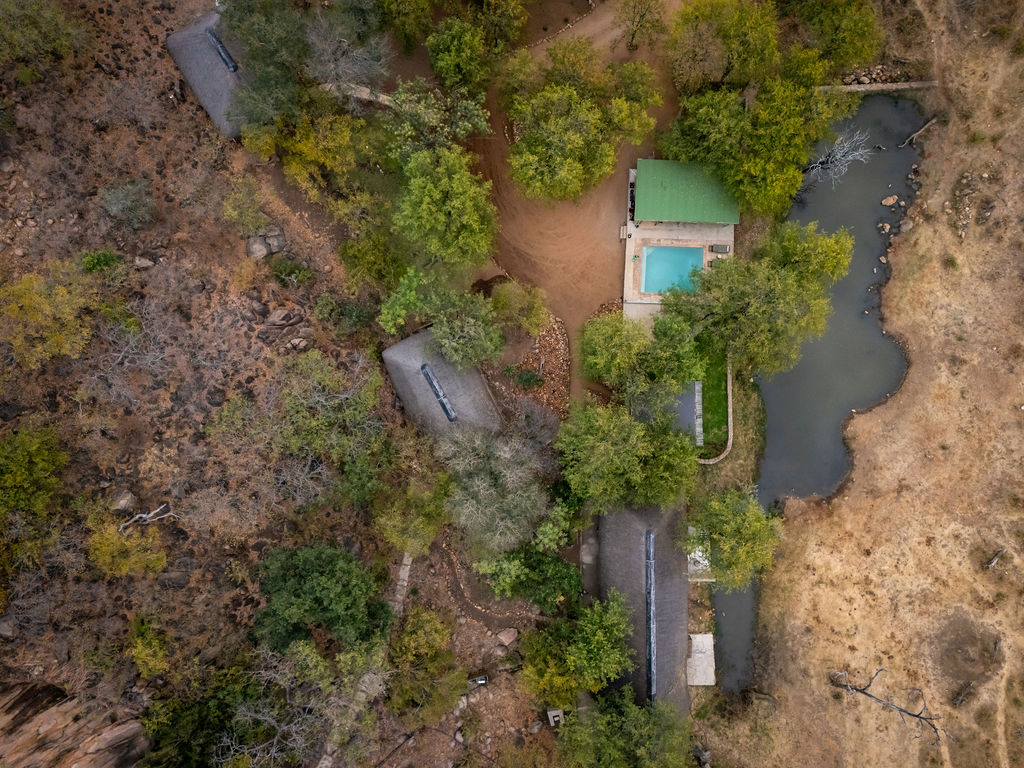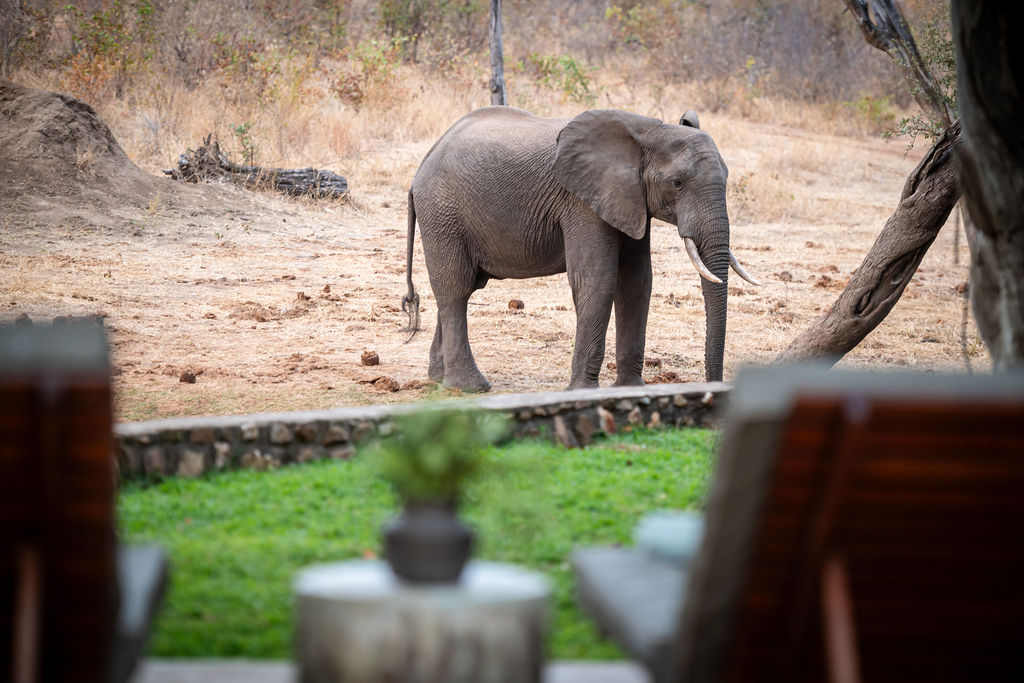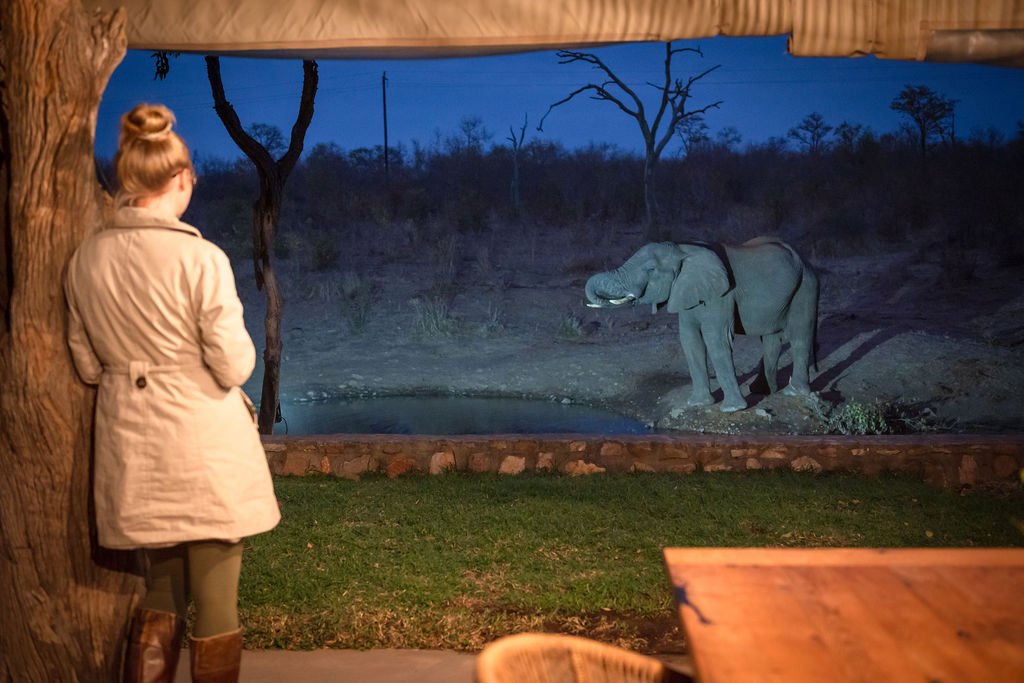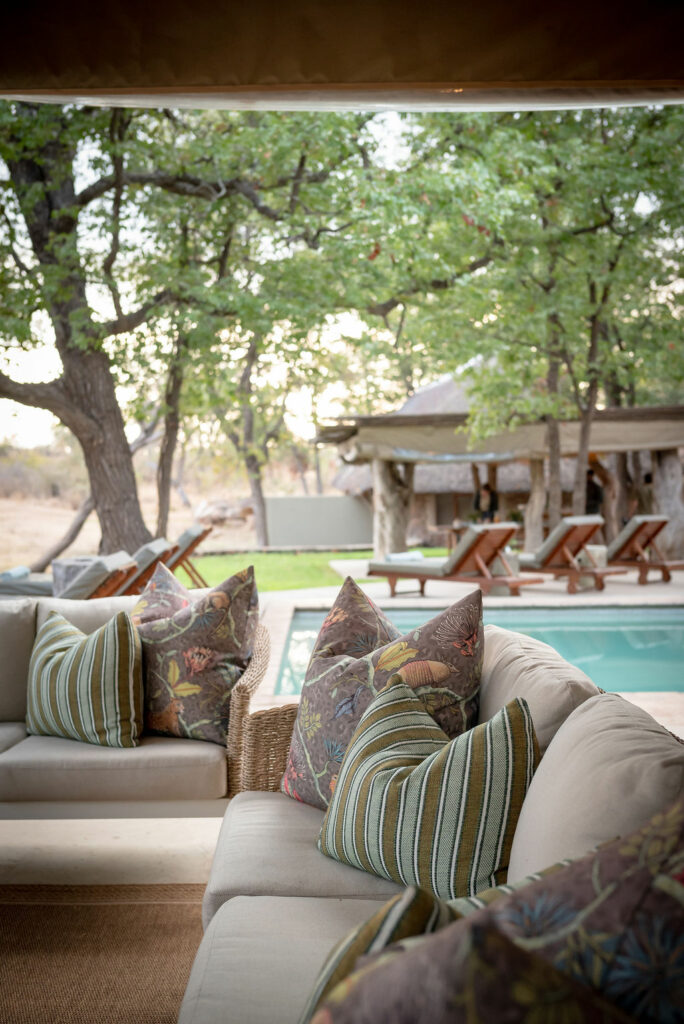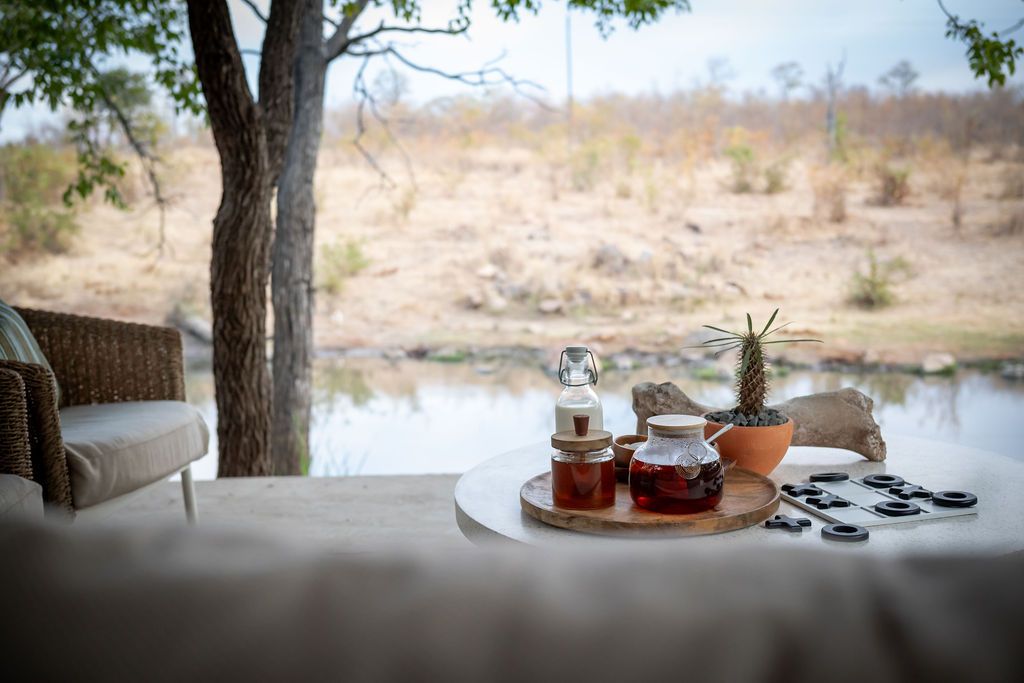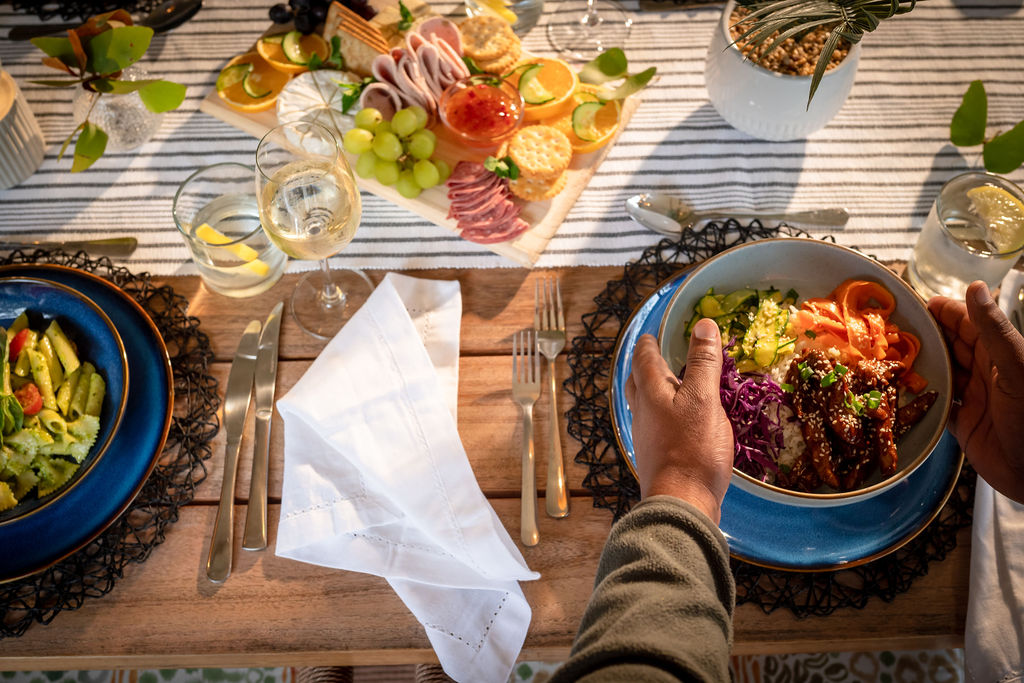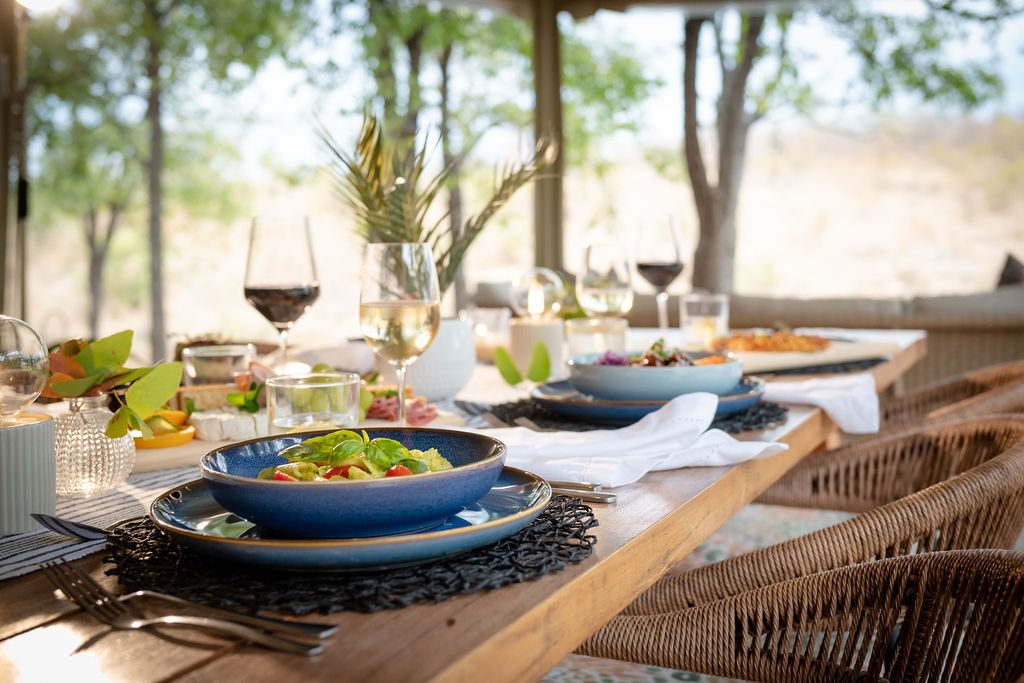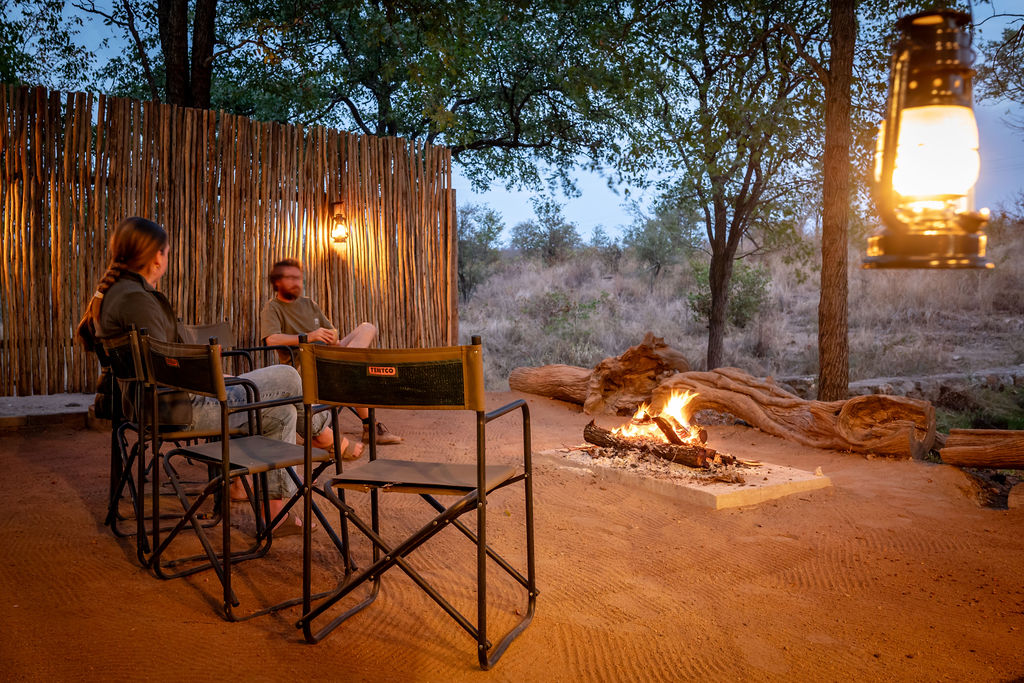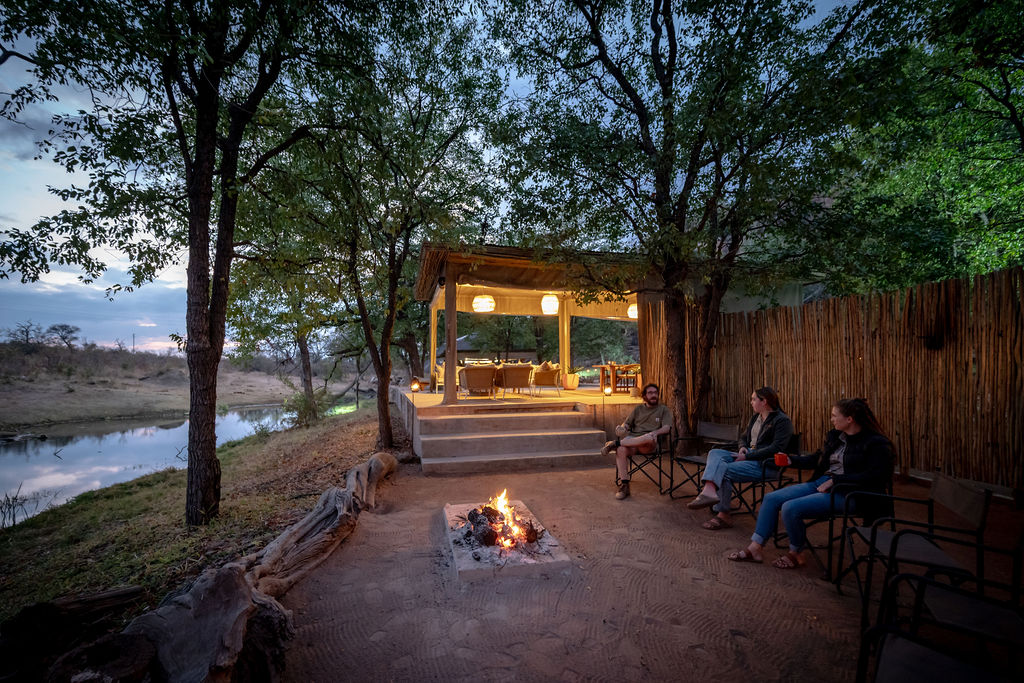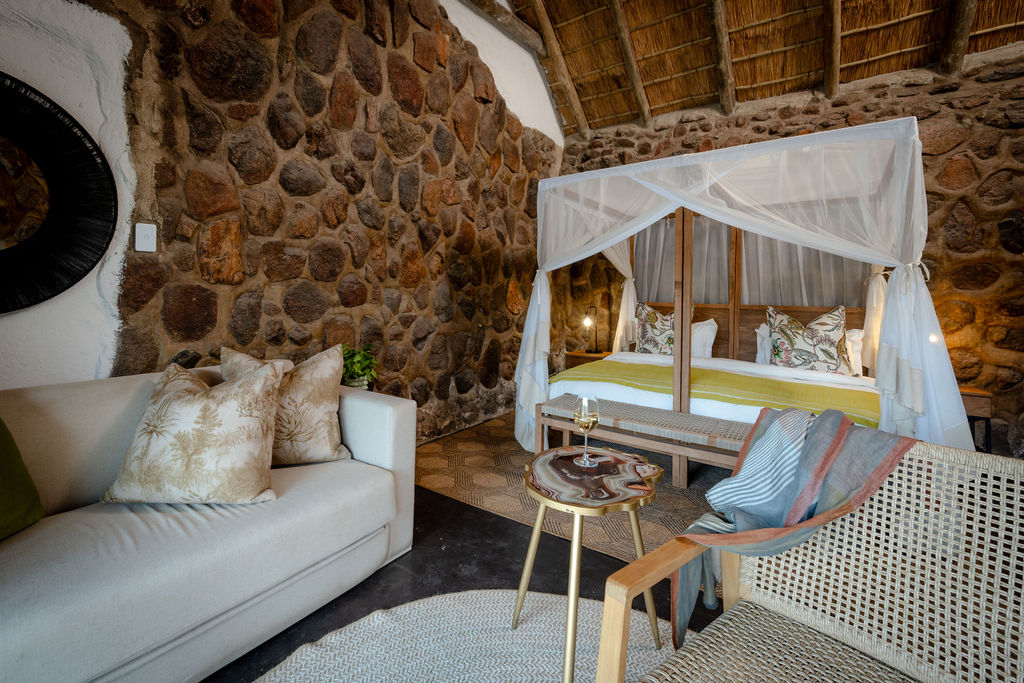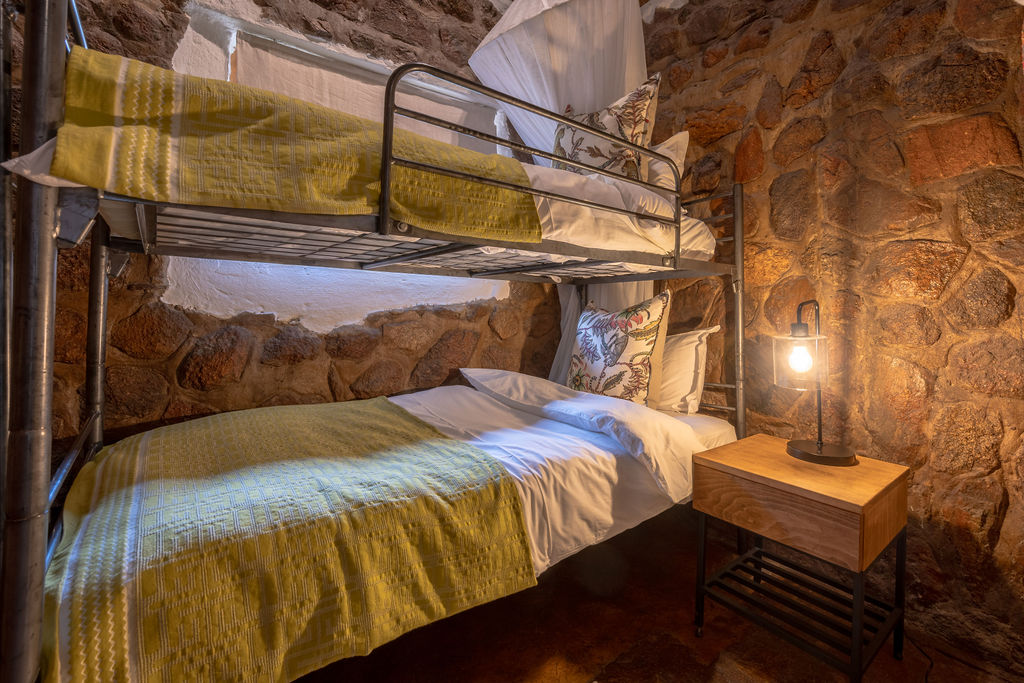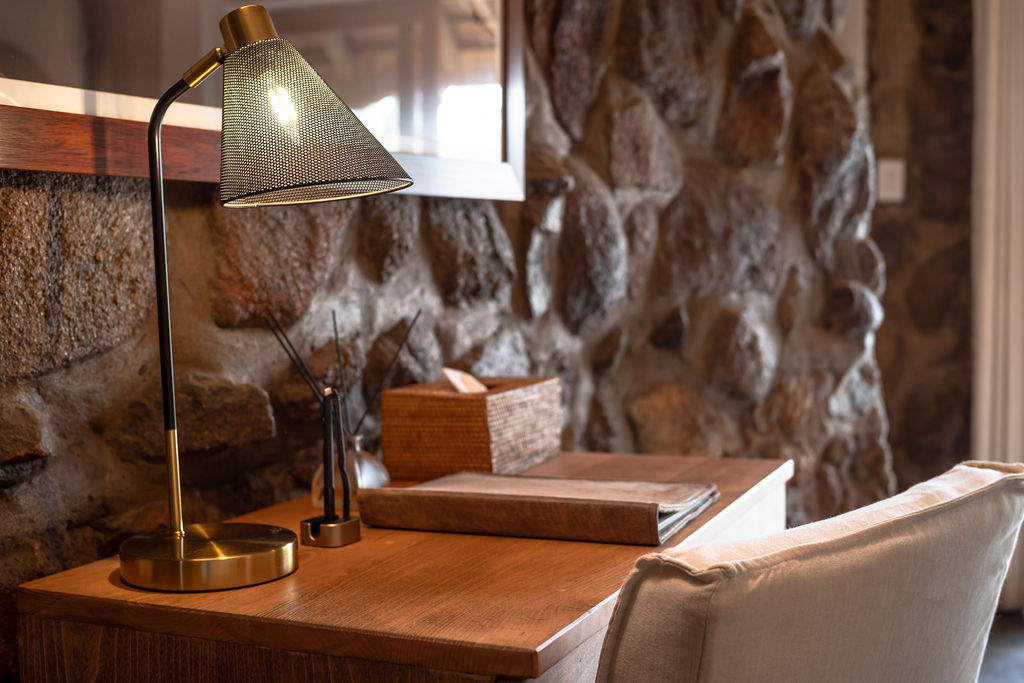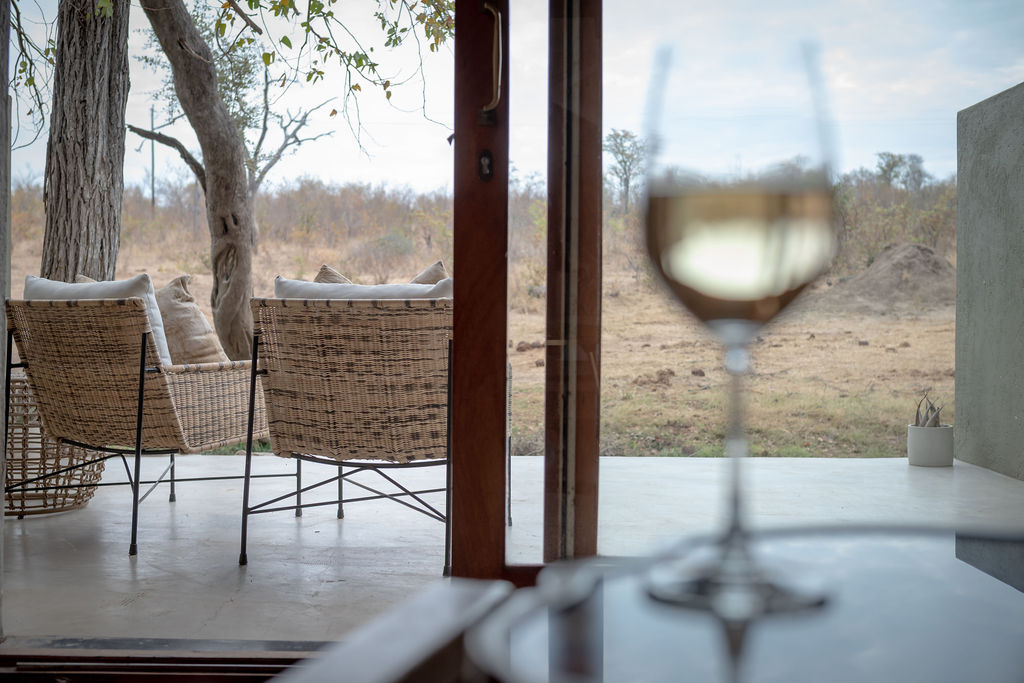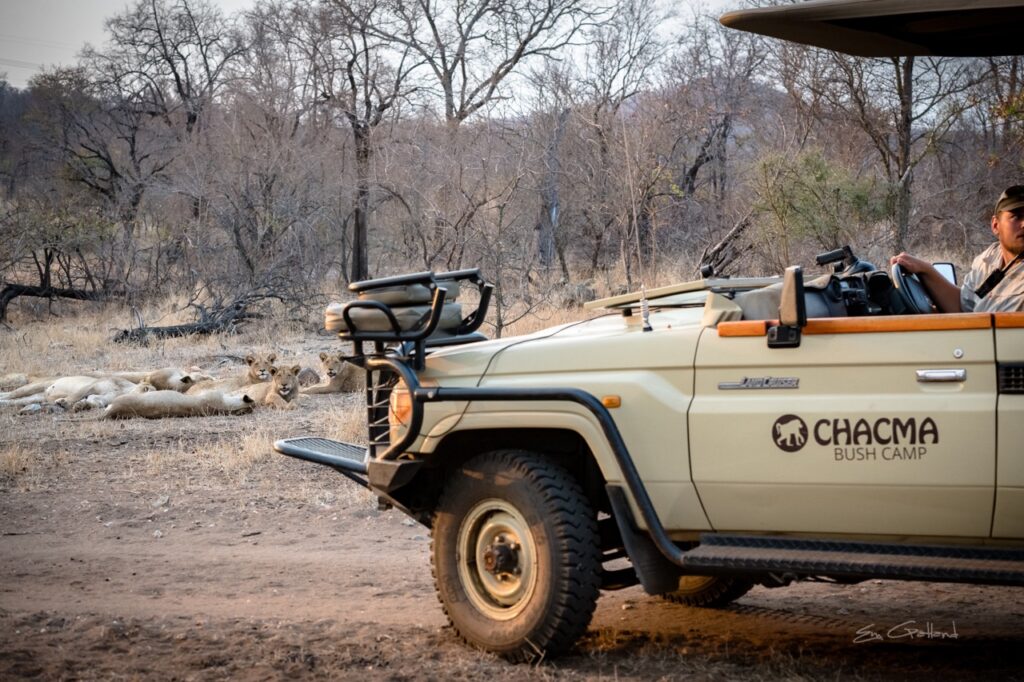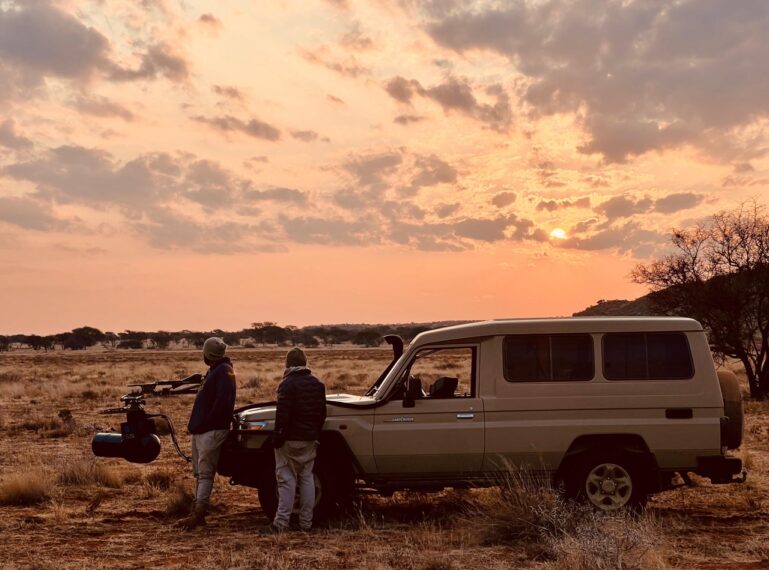
Capturing The Wild: A Q&A with Wildlife Photographer Kevin MacLaughlin
You may have seen some of the phenomenal wildlife footage on our socials, captured by wildlife enthusiast and photography pro Kevin MacLaughlin. His lens reveals intimate moments and breathtaking close-ups of some of Africa’s wildest and most elusive creatures.
Each month, Kevin spends dedicated time exploring the spectacular Klaserie Private Nature Reserve, home to Africa on Foot and nThambo Tree Camp.
With incredible skill and patience, he creates visual stories that are nothing short of art, transporting us straight into the heart of the wild he knows so well.
Where did you grow up and what first drew you to the wilderness?
I grew up in a town called Tzaneen, which is roughly 2hours from Klaserie. I’d say it was my Dad who drew me to the wilderness, his passion for the natural world and his love for wildlife led to my brothers and I spending a lot of time out in the bush.
What’s your journey with wildlife photography/film been like? How and when did you start taking photos of wildlife? Did you start with a different subject matter? What led you to where you are now?
I started my career as a field guide for Africa on Foot and nThambo Tree Camp at the age of 21, after a few years of guiding, the owners of the two lodges offered me a position with Sundestinations to be their in-house photographer/videographer. That was hugely beneficial in gaining experience as a wildlife camera operator. In 2018 I decided to go freelance and that’s where I am currently.
When did you realise that this was what you wanted to do? Any defining moments or shots?
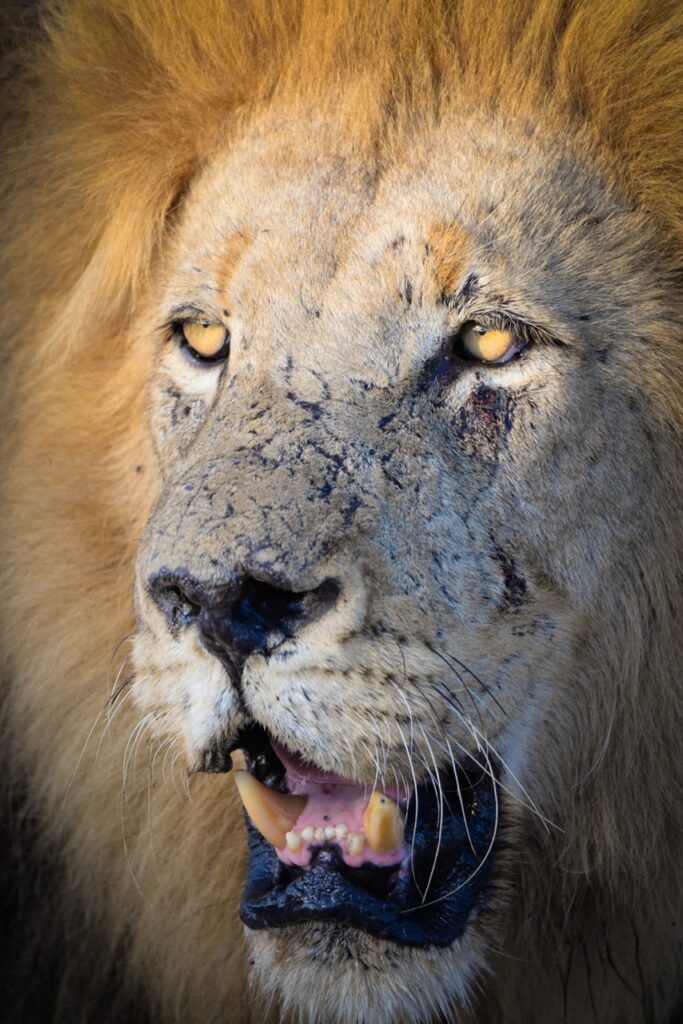
Did you have a breakthrough moment? A publication, recognition, or personal milestone?
I would say a breakthrough moment for me was COVID surprisingly, it opened the door for local camera operators to be looked at as more well known operators were restricted in travels. Also having a brother who was already established in the industry at the time helped a huge amount. I think for me, a personal milestone would be to complete my own documentary. This is what I am currently working on at Africa on Foot.
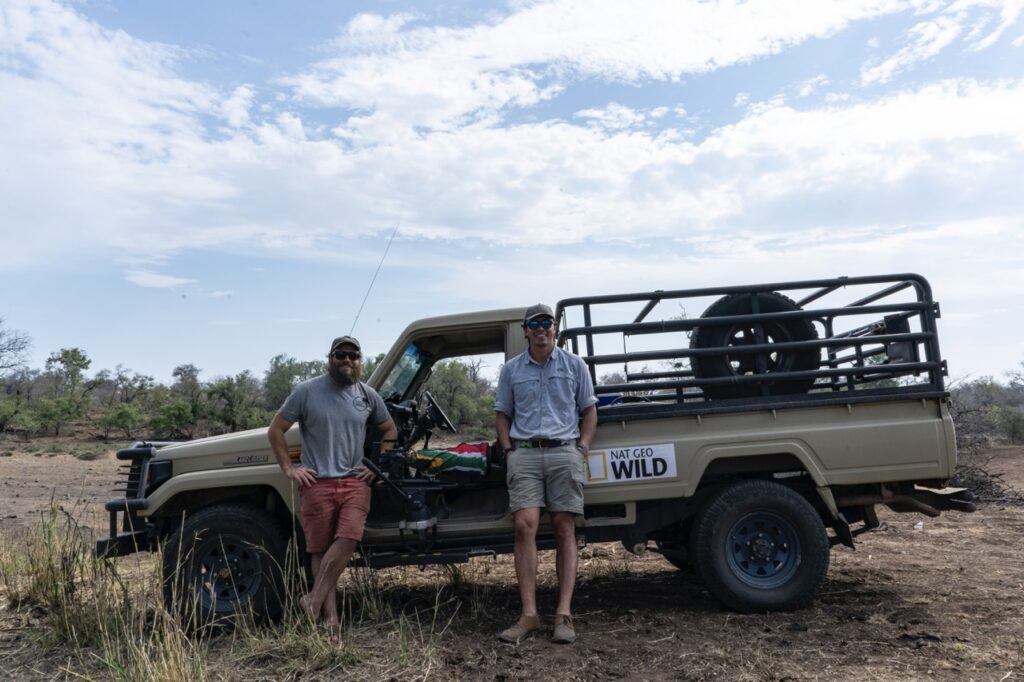 What’s the longest you’ve waited for a single shot and was it worth it?
What’s the longest you’ve waited for a single shot and was it worth it?
Do you have a favourite animal, bird or critter that you love to shoot?
How has your relationship with wildlife and conservation evolved through your photography?
What do you love most about your work?
I love wild places, the more wild the place is, the more I want to be there. This job is one of those jobs that takes you to those places.
What is special about the Klaserie?
What’s the most rewarding aspect of sharing your work and story with others?
What’s in your camera bag? Who is your trusty steed?
What gear would you recommend to someone starting out? Any advice for aspiring photographers
Are there any changes you would like or hope to see in the wildlife photography industry?
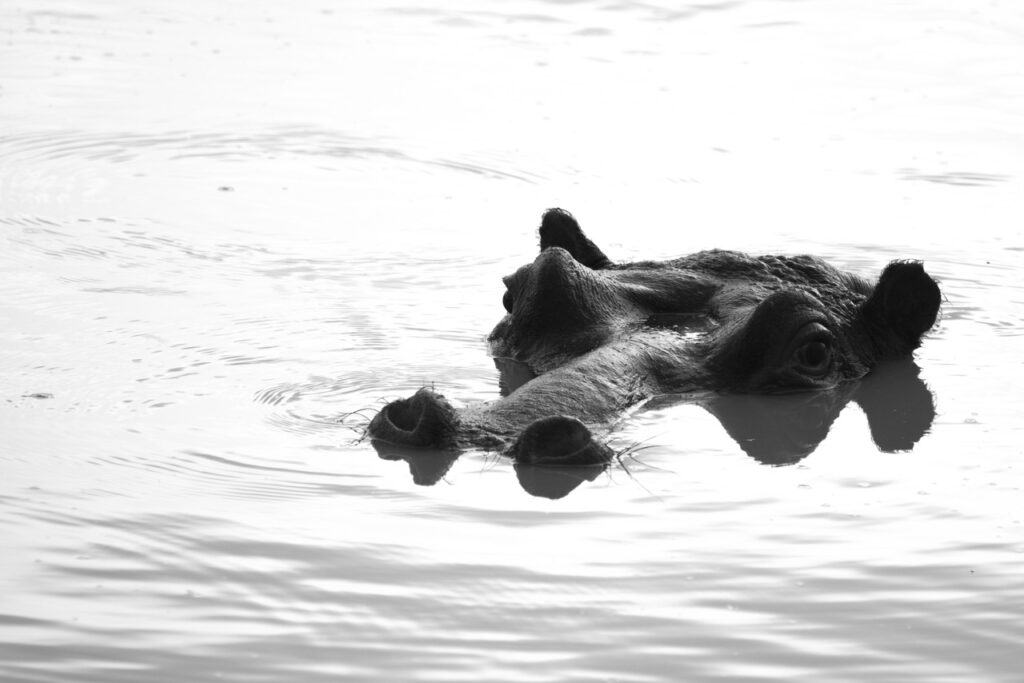 It feels like an impossible ask but if there are highlights amongst the many spectacular moments you have had then please share!
It feels like an impossible ask but if there are highlights amongst the many spectacular moments you have had then please share!
You can follow more of Kevin’s incredible work on our socials here and Kevin’s here. Stay tuned for more behind-the-scenes glimpses from the Klaserie.
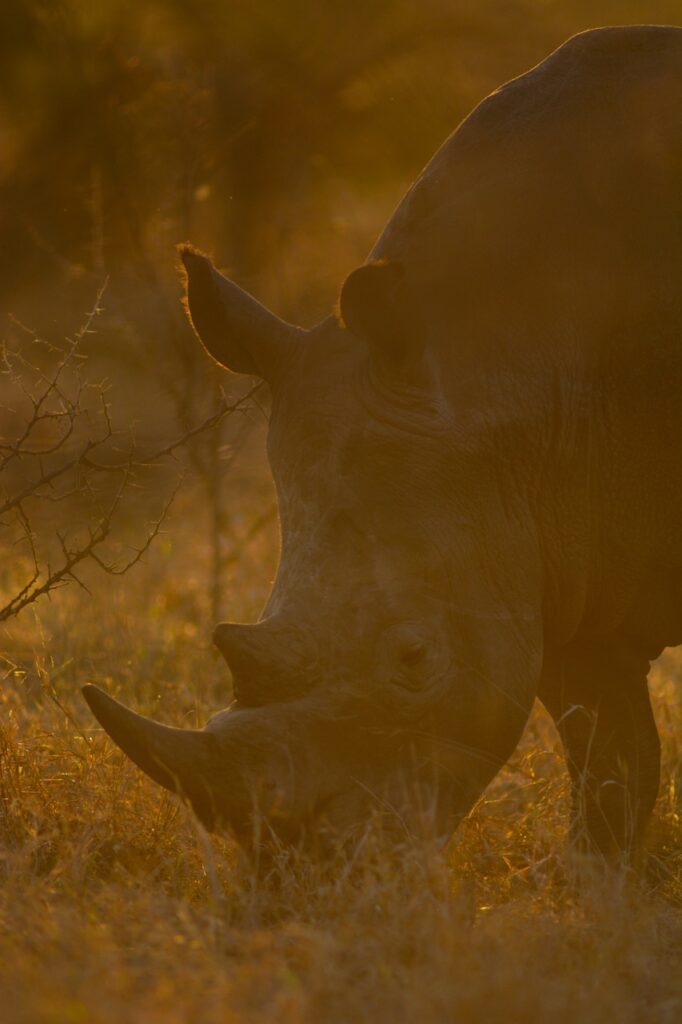

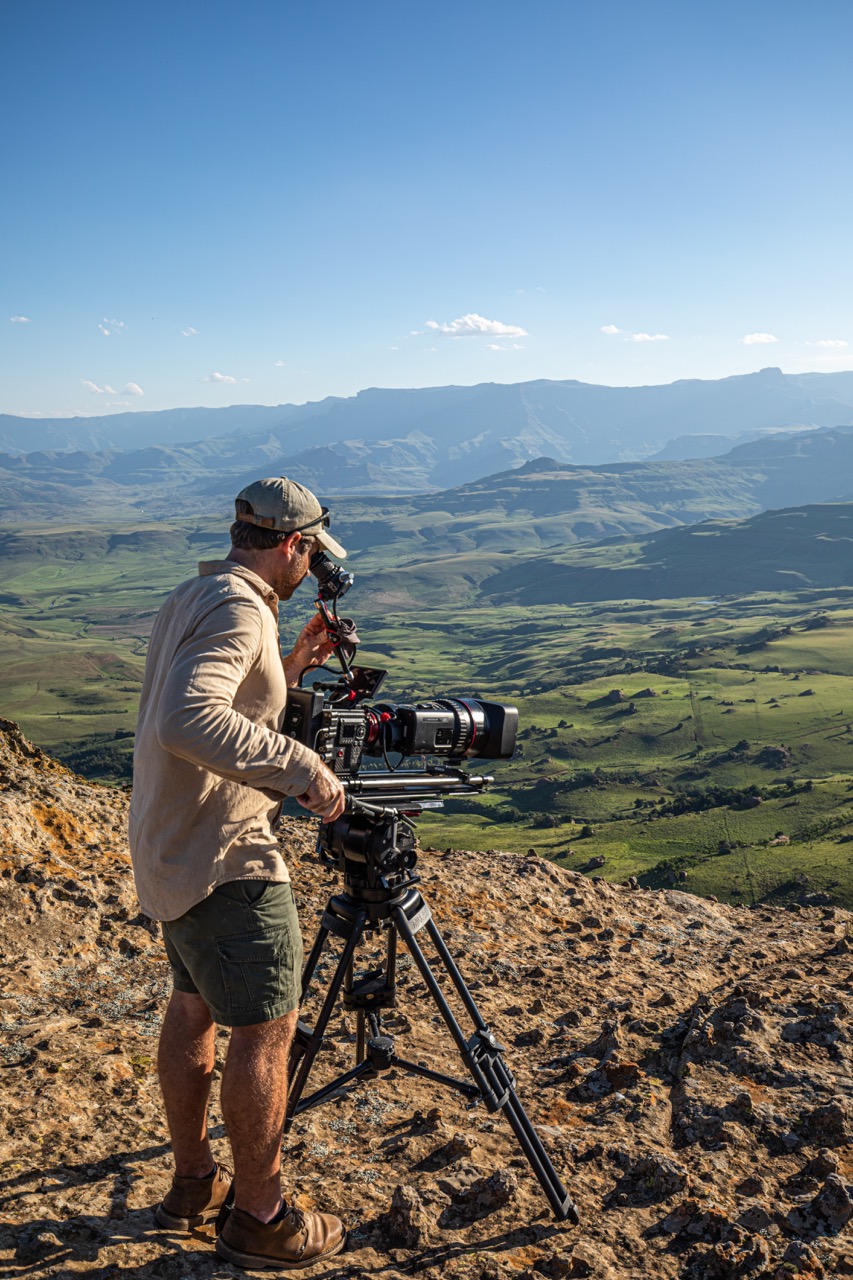
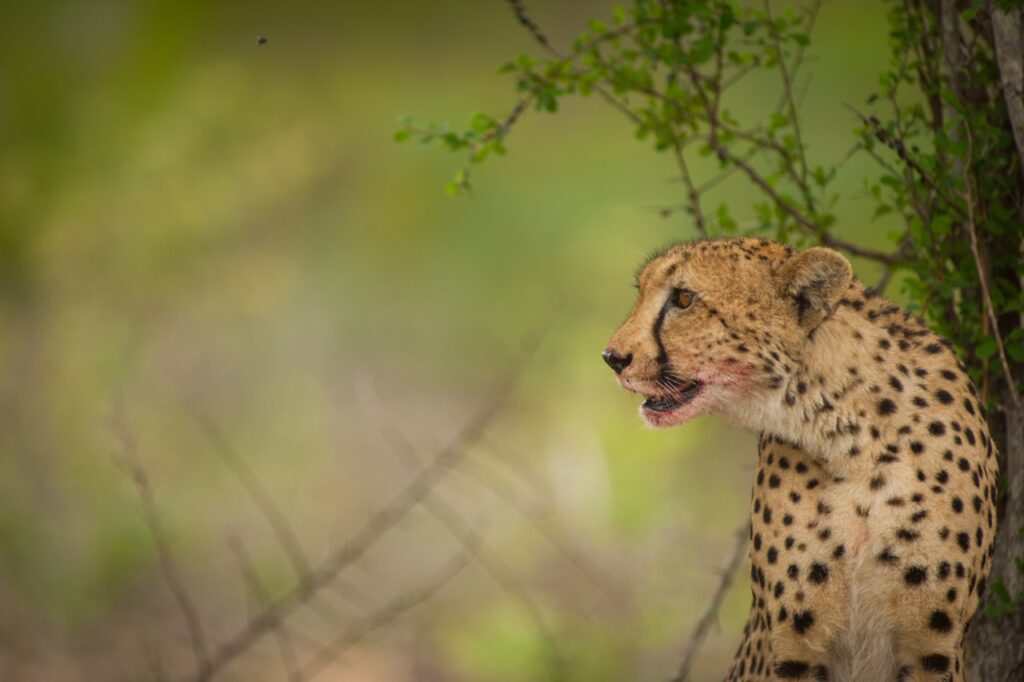
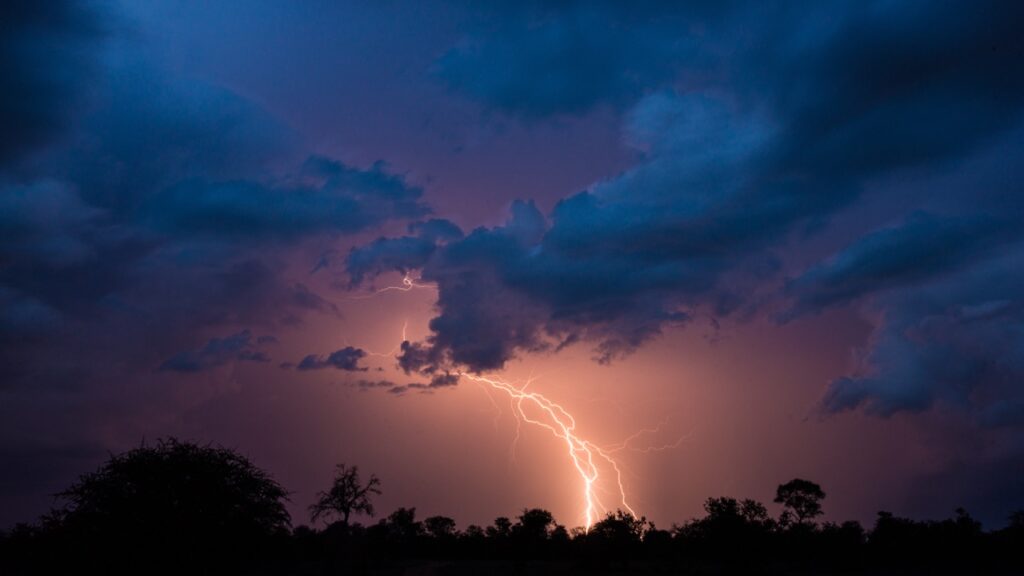
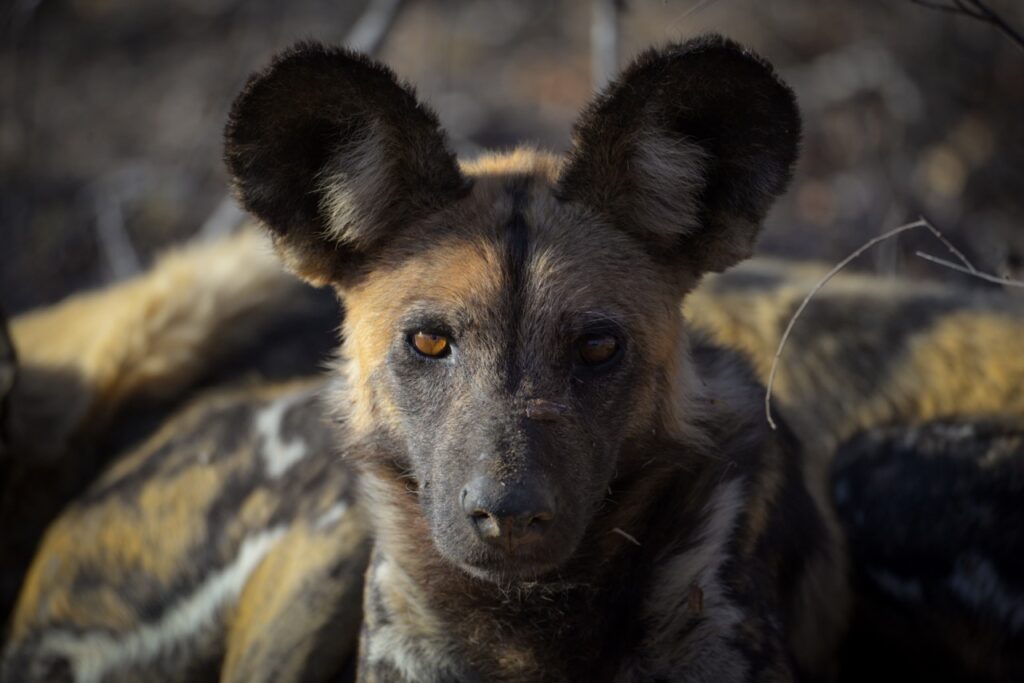
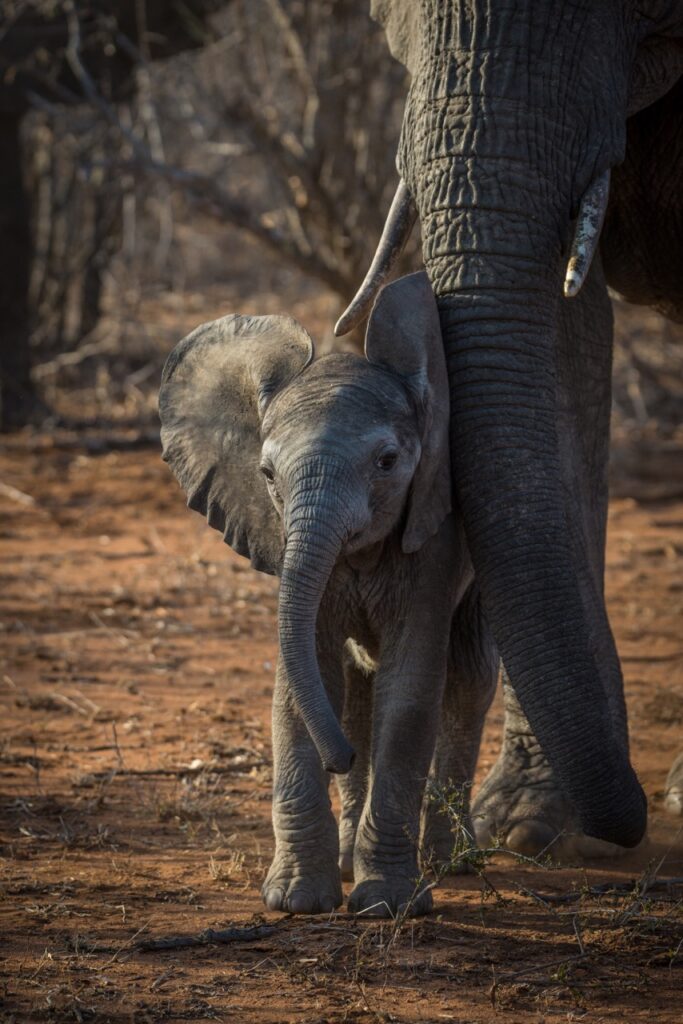
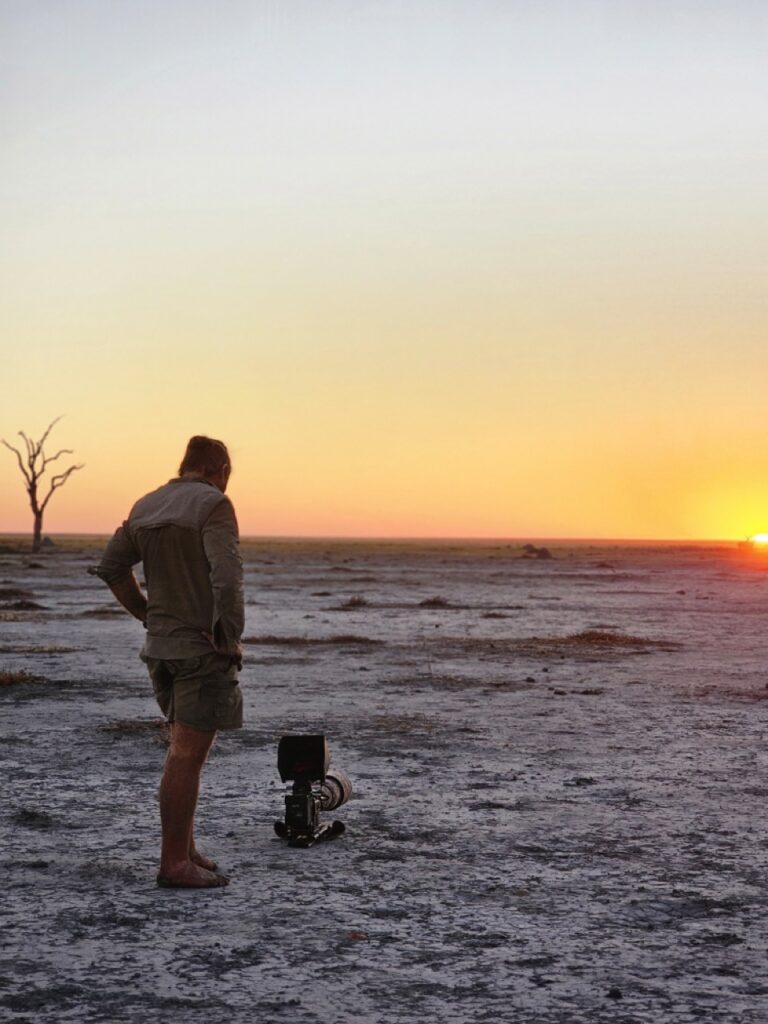
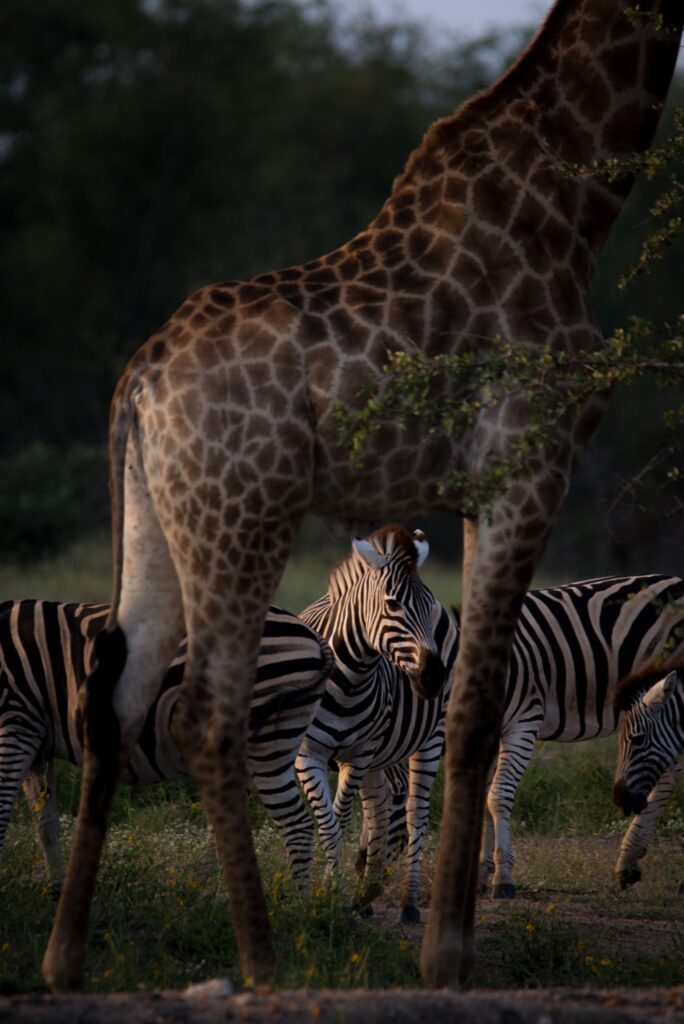
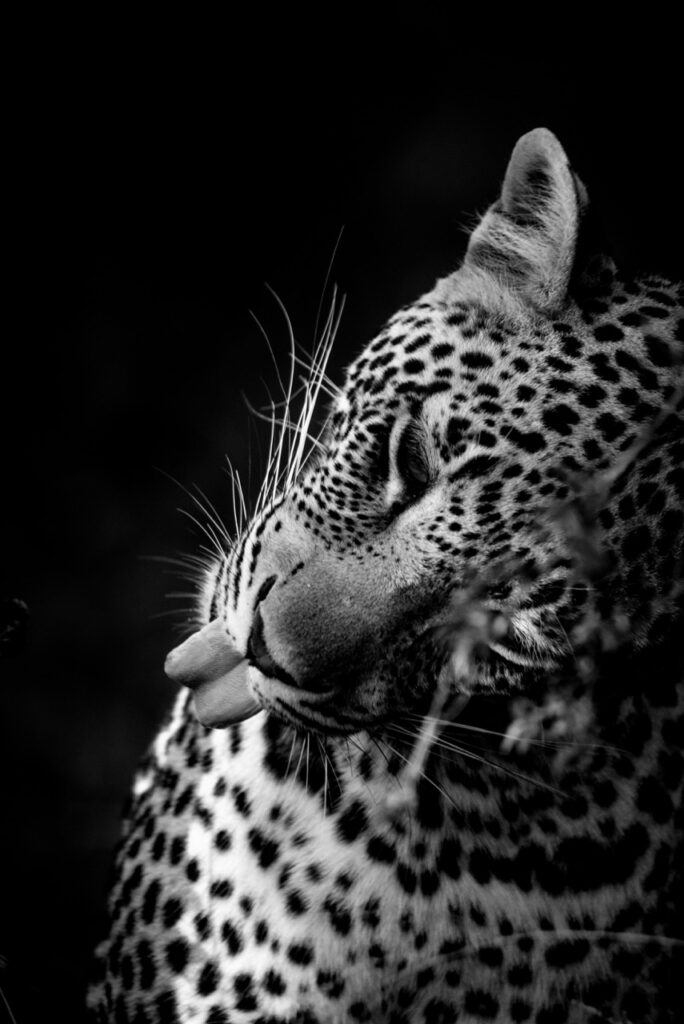
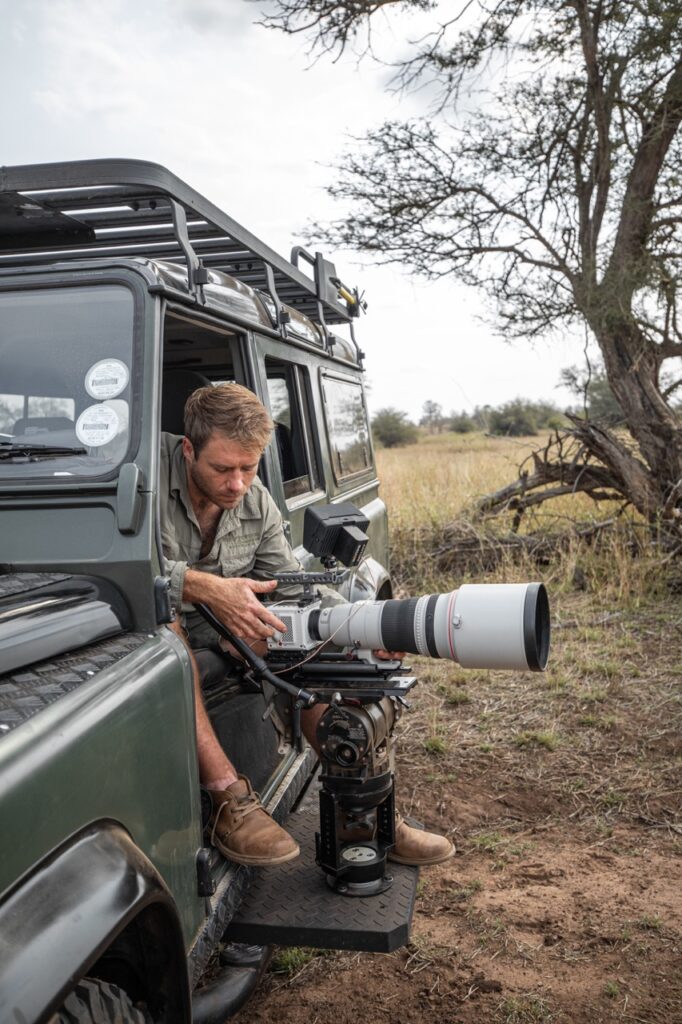
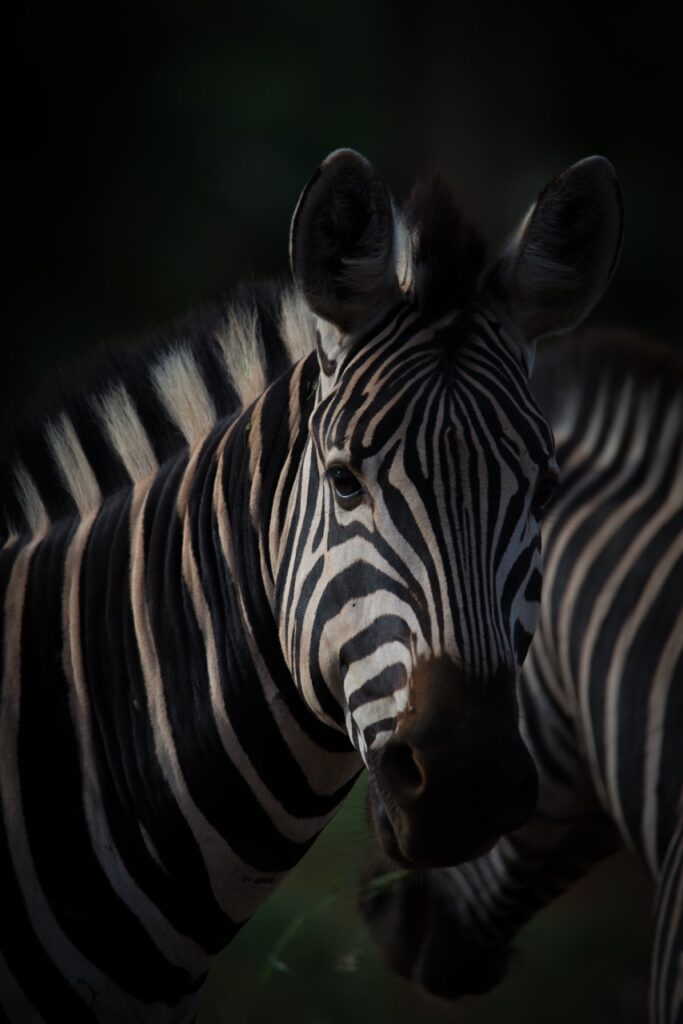
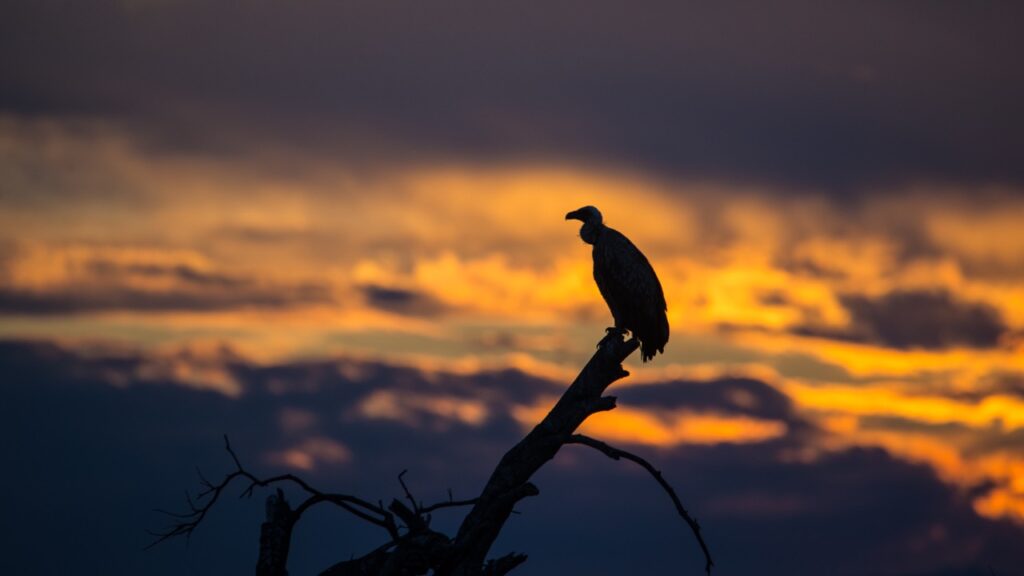
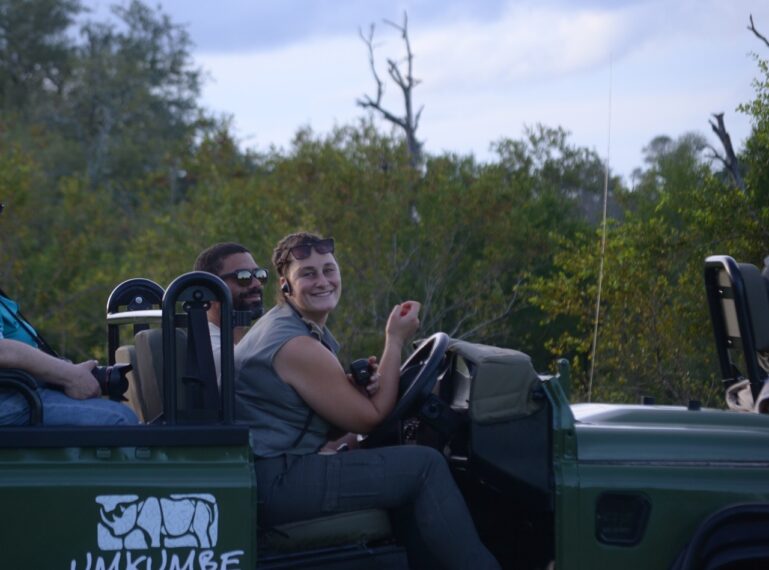
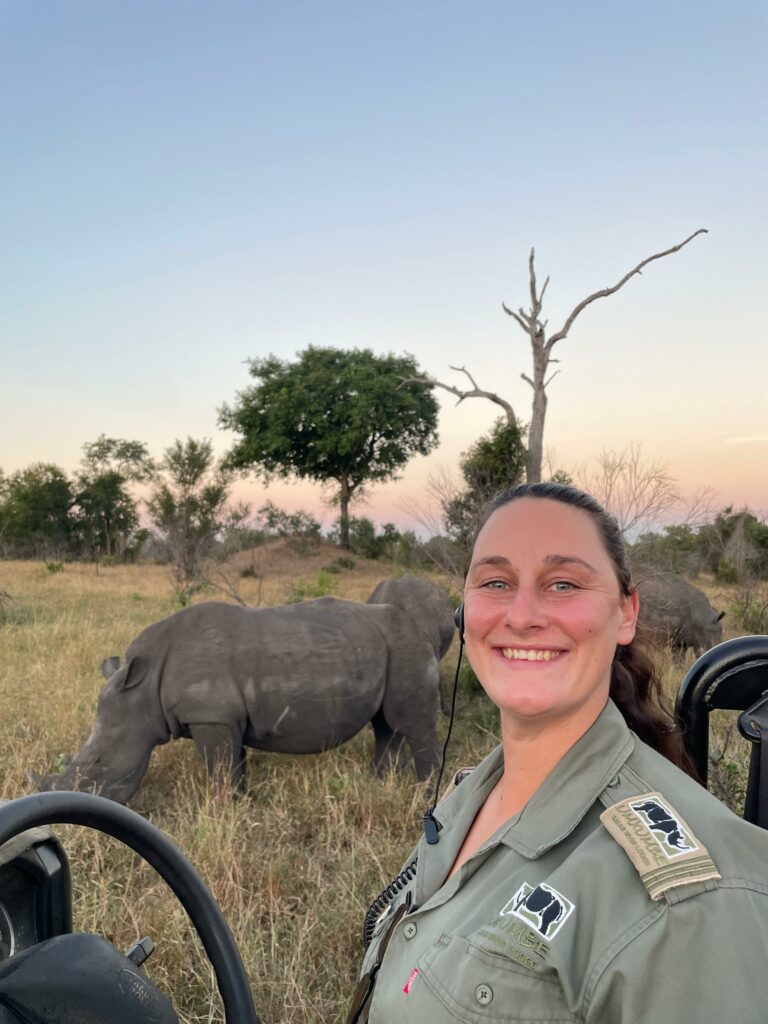
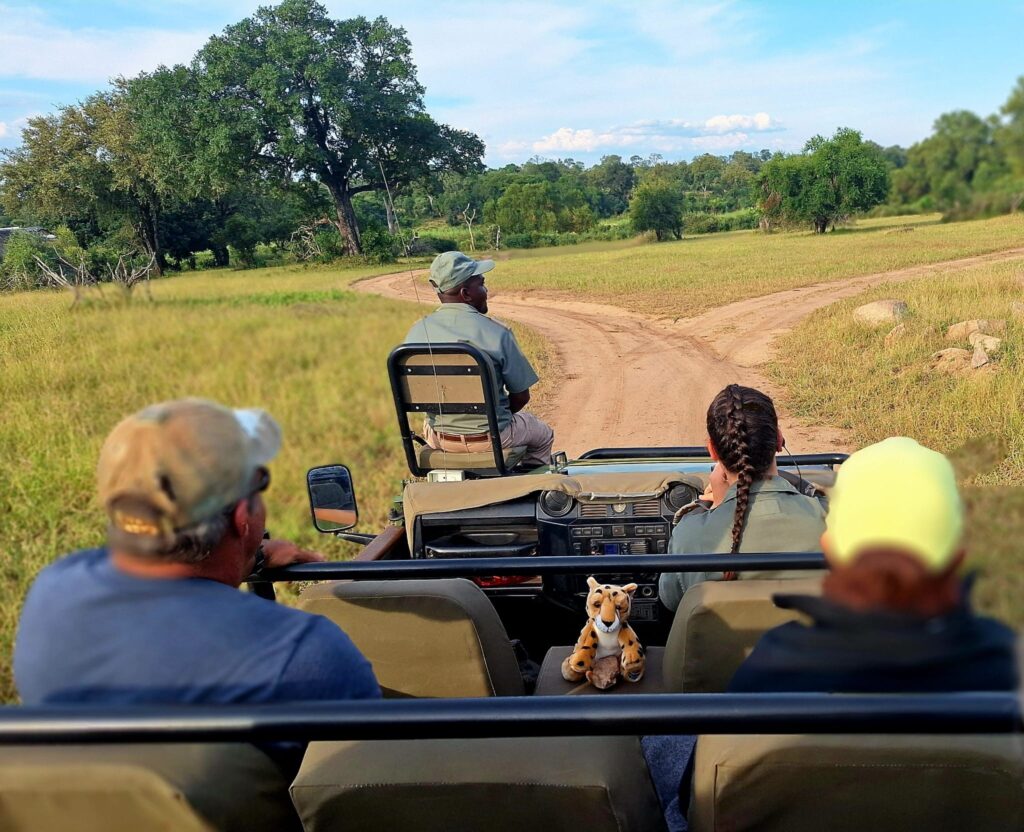
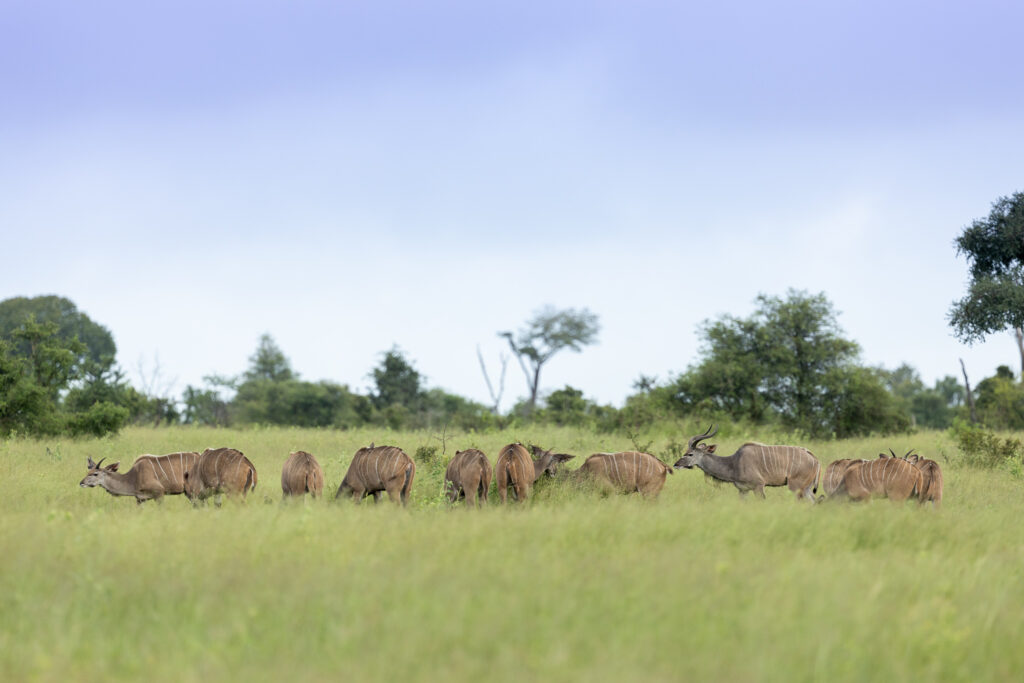
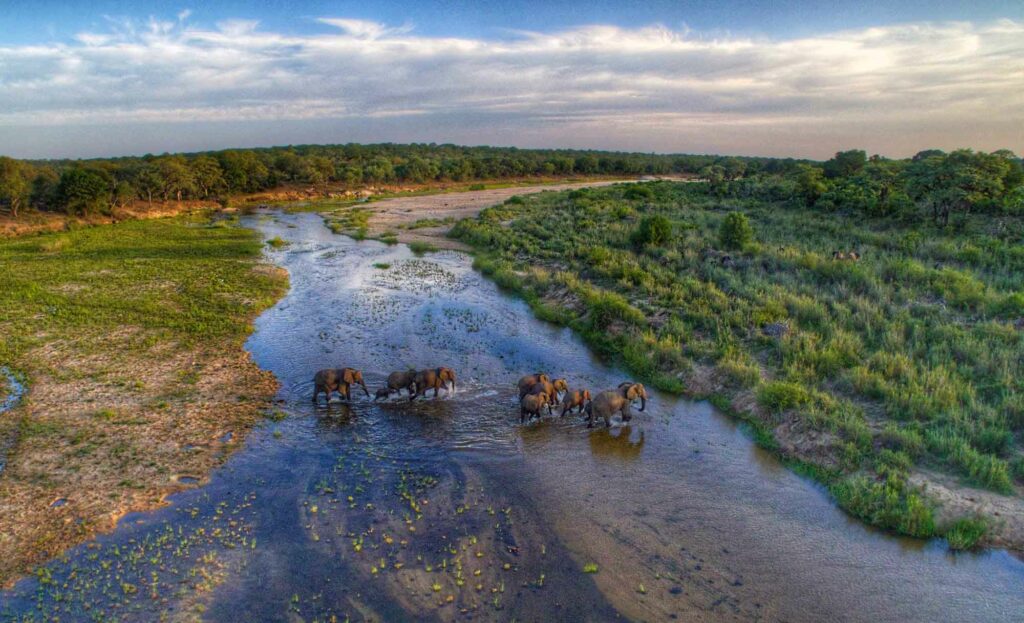
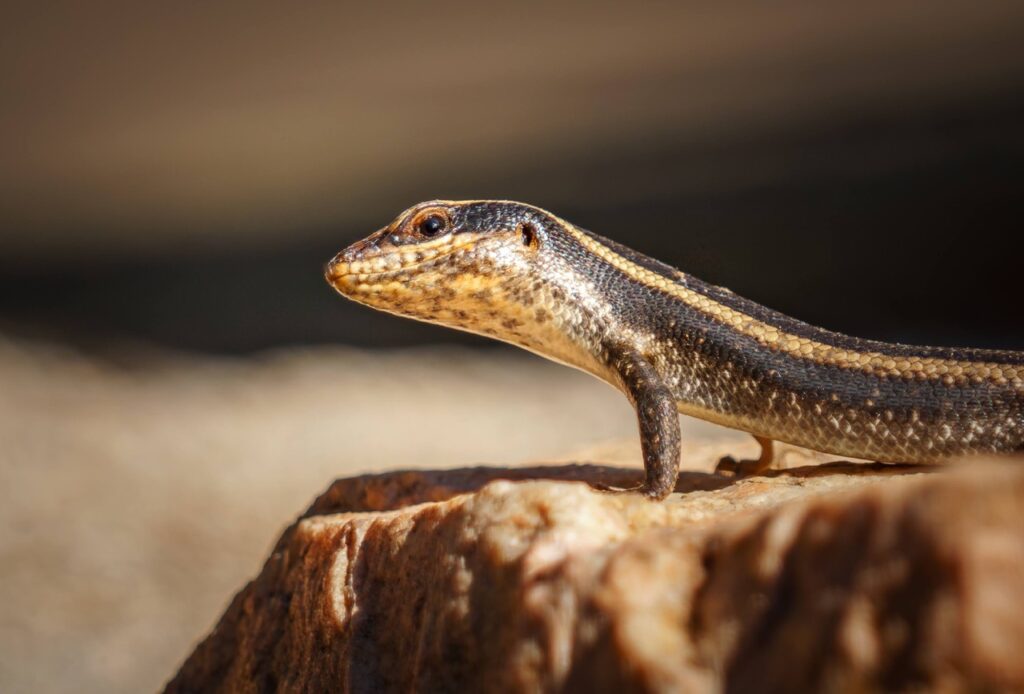
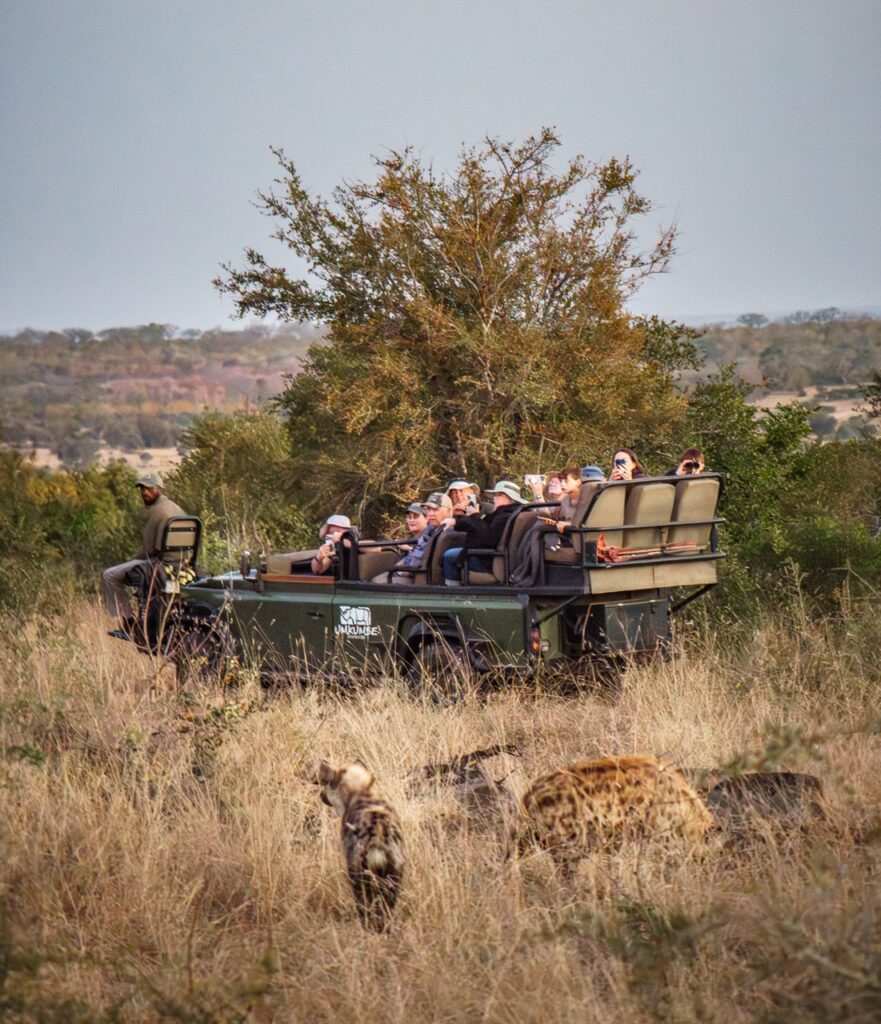
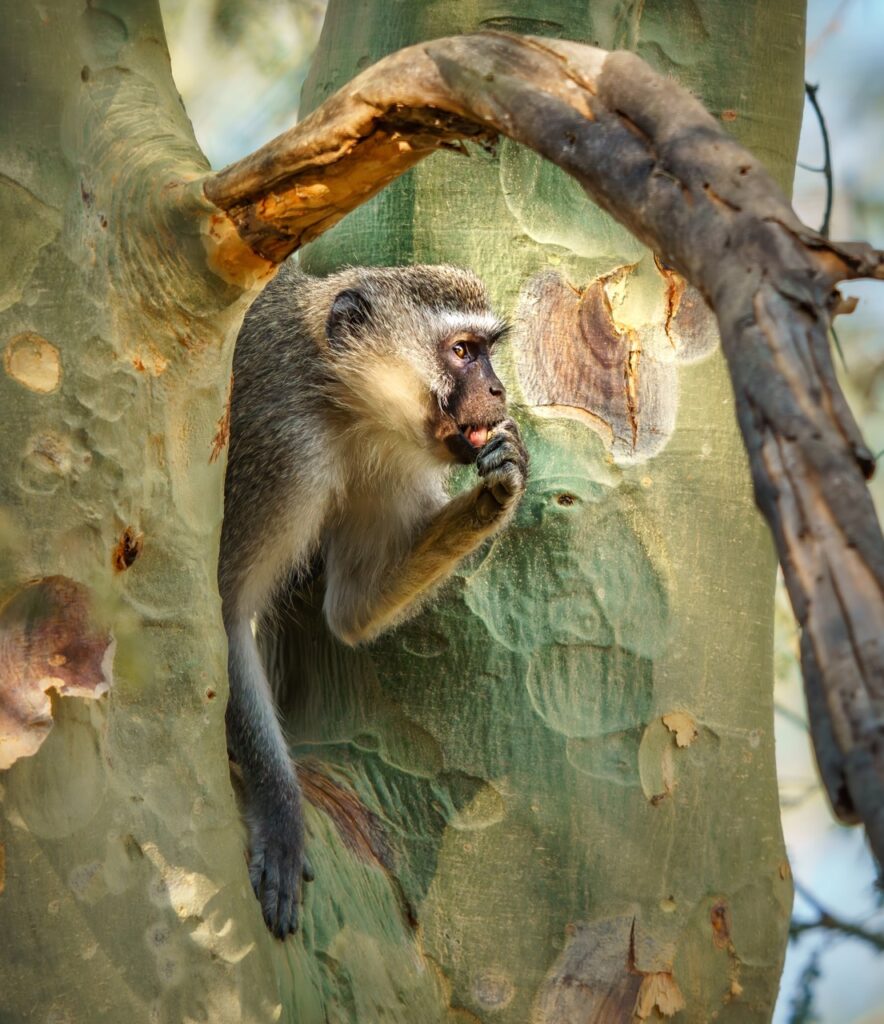
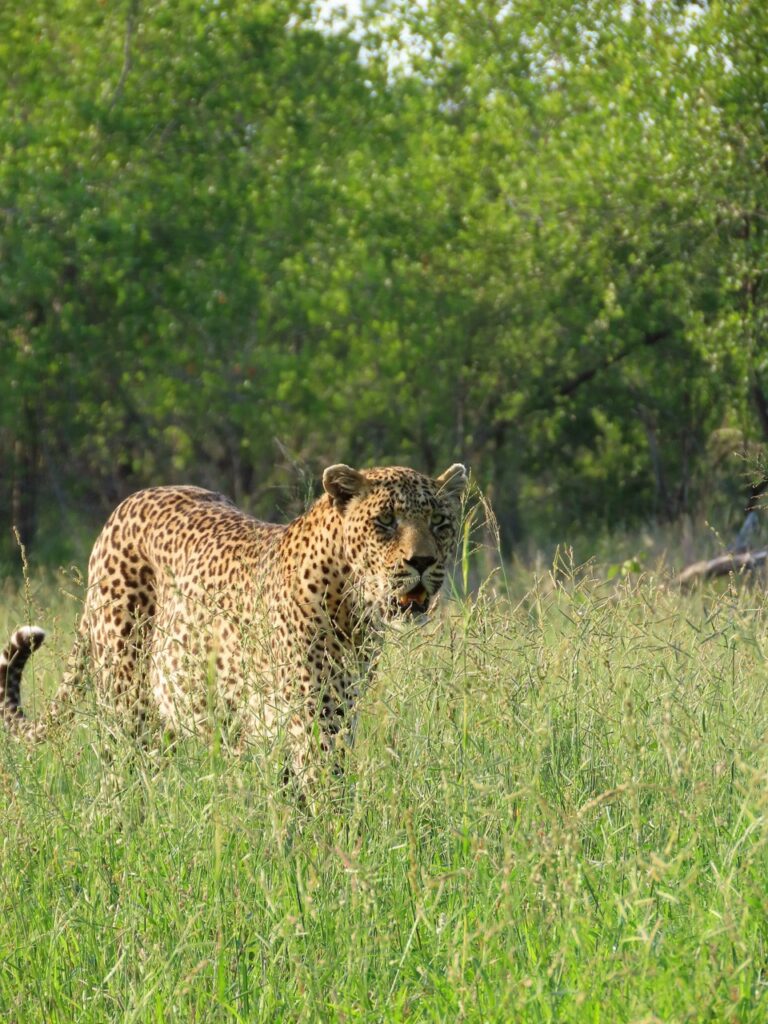
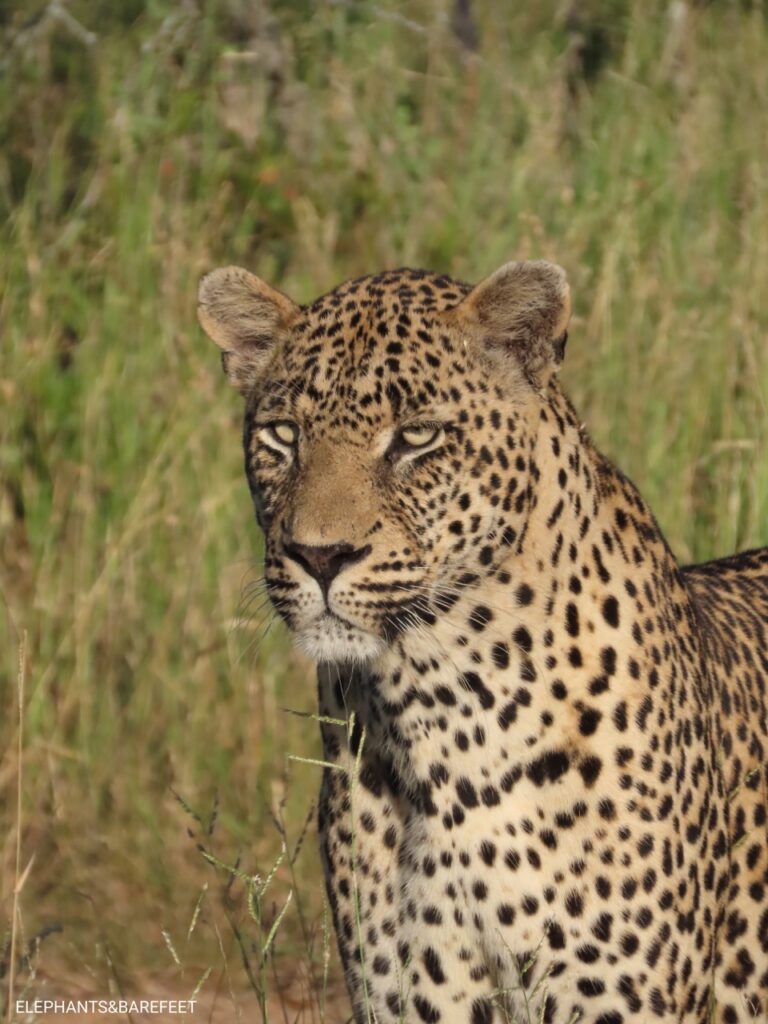 W
W